Watching a nest of tiny newborn rabbits wiggle around for the first time is a special moment. They're quiet, warm, and usually tucked into a cozy bundle of fur and hay. But what happens when the mother isn't feeding them? Or worse, she's nowhere in sight?
Click Here For a Guide to Feeding Your Baby Rabbits.

Feeding baby rabbits is delicate work. It's something many people aren't prepared for—especially if this is your first time caring for orphaned or rejected kits. But with the right tools, guidance, and a steady hand, you can help them grow up strong and healthy.
Signs That a Mother Rabbit Isn't Feeding Her Babies
One of the most misunderstood things about rabbit care is how little a momma rabbit interacts with her babies. Unlike cats or dogs, rabbits don't constantly tend to their young. In fact, a healthy mother may only feed her litter once or twice a day, usually at night or in the early morning.
This behavior is natural. It helps keep predators away from the nest. But it also means you might not see her feeding them, even if everything is going just fine.
Before you step in with a feeding plan, check for these signs:
The babies have round, full bellies and are warm to the touch.
They're huddled together and relatively still—not squealing or restless.
The nest is neat and covered with fur or hay, showing mom has returned to care for them.
If the kits feel cold, appear wrinkled, have shrunken bellies, or are crawling around looking for warmth, it's time to take action.
Feeding Baby Rabbits When Mom Isn't Around
When you've confirmed that the babies are not being cared for, you'll need to start feeding baby rabbits yourself. But don't grab just any milk off the shelf. Cow's milk and many other common animal milks aren't safe for rabbits.
The most recommended substitute is Kitten Milk Replacer (KMR). You can also add acidophilus to support gut health. This mixture comes closest to the nutrition a mother rabbit would naturally provide.
How Much to Feed (By Age)
According to MyBunny.org’s guide, here’s a basic formula you can follow:
Newborns: 5 cc of KMR + ½ cc Acidophilus
1 week old: 10–15 cc of KMR + ½ cc Acidophilus
2 weeks old: 26–30 cc of KMR + 1 cc Acidophilus
3–4 weeks: 30 cc of KMR + 1 cc Acidophilus (until weaning)
These amounts are usually divided into two feedings per day—one in the morning and one in the evening.
How to Feed a Baby Rabbit Safely
Feeding baby rabbits isn't just about what you feed them—it's also about how you feed them. Baby bunnies are fragile. They can easily aspirate milk into their lungs if fed incorrectly, which can lead to pneumonia or death.

Here's a safe method to follow:
Hold the baby rabbit gently in one hand with its belly facing up.
Use an eyedropper or oral syringe to administer the milk slowly.
Tilt your arm slightly so the bunny is at an angle—almost vertical but not fully upright.
Let the bunny suckle at its own pace. Never squeeze the dropper to speed things up.
Watch the bunny closely. If milk bubbles appear around its nose, stop feeding immediately. That's a sign it's struggling to swallow properly.
Post-Feeding Routine: Helping Them Go Potty
After feeding baby rabbits, there's one more thing you need to do: help them use the bathroom. In the wild, the mother stimulates her babies to urinate and defecate after each meal. Without this, they can become dangerously bloated.
Use a warm, damp cotton ball or soft cloth and gently stroke from the bunny's belly down to the genital area. This mimics the mother's grooming. Expect yellowish or greenish stool at first—that's completely normal.
When to Start Weaning: Introducing Hay
Once the babies hit four weeks old, they'll begin transitioning from milk to solids. The first food you'll offer? Alfalfa Hay.
Alfalfa is high in calcium and protein, which supports growth during early development. But don't stop there. Familiarize yourself with Timothy Hay as well—it becomes the primary staple in their diet after about 6 months of age.
Make sure the hay is soft and fragrant. Bunnies may nibble, chew, or play with it at first. That's part of their exploration and learning. Over time, they'll learn to eat it as a key source of fiber and nutrition.
Feeding Baby Rabbits Beyond Four Weeks
At this stage, feeding baby rabbits starts to look a little different. They'll still need milk for another week or two, but solid foods take priority. Begin offering:
Alfalfa pellets made for young rabbits (check ingredients for no added seeds or treats)
Fresh water in a shallow dish
Very small amounts of soft leafy greens (introduce gradually after 8–10 weeks)
Keep a close eye on stool consistency. Soft or watery poop could mean you're moving too fast with new foods.
For more tips on transitioning your bunny's hay based on age, check out this detailed guide from Rabbit Hole Hay.
Feeding Wild Baby Rabbits? It's Not the Same
It's worth noting: wild rabbits and domestic rabbits have very different nutritional needs. If you've come across an abandoned wild baby, your approach must change.
To find out exactly what to do, read our blog on feeding wild baby rabbits. Their care requirements are stricter, and they may need to be transferred to a licensed wildlife rehabilitator depending on their age and health.
Thoughts on Feeding Baby Rabbits
Feeding baby rabbits takes time, patience, and a steady routine. It's not something to take lightly—but with good information and proper supplies, it's absolutely doable.
Pay close attention to their physical cues. If they're warm, round-bellied, and resting quietly, you're doing fine. If they appear cold, restless, or underweight, it may be time to adjust your feeding approach.
And remember: never guess. Always measure milk carefully, clean feeding tools thoroughly, and keep a feeding schedule. As the babies grow, slowly introduce hay and solids, being mindful of their digestive changes.
Common Questions About Feeding Baby Rabbits
How long should baby rabbits be fed milk?
Most domestic baby rabbits need milk until they are 6–8 weeks old. While weaning can begin as early as 4 weeks, some babies take longer to make the full transition. You'll notice they nibble on hay and pellets while still showing interest in milk. Let them guide you, but aim to taper off milk around 6 weeks.
What kind of bottle or syringe is best for feeding?
Oral syringes with a soft tip are ideal. Avoid hard-tipped droppers, as they can damage delicate mouths. Some pet parents also use special baby bunny bottles designed for small animals. These often come with nipples that mimic a mother's feeding angle, making it easier for the baby to latch.
Can I feed my bunny cow's milk if nothing else is available?
No. Cow's milk lacks the correct balance of fat, protein, and nutrients that rabbit kits need. It can cause stomach upset and even death. If you can't get KMR right away, goat's milk is a better temporary alternative—but it still should be replaced with KMR as soon as possible.
Troubleshooting Feeding Problems
My baby rabbit won't eat—what now?
First, check the milk temperature. It should be warm but not hot—about body temperature. Cold milk may be rejected. Also, make sure the syringe isn't clogged or too fast-flowing, which could overwhelm the bunny. If they still refuse to eat, consult a rabbit-savvy veterinarian or an emergency small animal clinic.

The baby is bloated after feeding. Should I be worried?
Mild bloating can happen if the baby eats too quickly or swallows air. Try feeding more slowly next time. Gently massaging the tummy in a circular motion can help. If the bloating is firm, painful, or accompanied by no bowel movement, stop feeding and contact a veterinarian right away.
The bunny's stool is runny. Is this normal?
Not always. The first few stools may be yellowish and soft, but ongoing diarrhea can signal a digestive issue. Make sure you're using the right milk formula and not overfeeding. If stool doesn't firm up after a day or two, seek veterinary care to rule out infections or formula intolerance.
Weaning Baby Rabbits the Right Way
Weaning isn't a one-day switch. It's a process. Starting around week 4, offer a small pile of fresh Alfalfa Hay in the nest. Don't worry if they mostly sniff or toss it around at first—it's part of the learning curve.
By week 5, they'll likely be munching on the hay regularly. Begin decreasing milk volume slightly during this time. Offer a small scoop of Alfalfa-based pellets in a low dish. Only move to Timothy pellets after 6 months of age, when calcium requirements decrease.
Here's a rough guide for weaning:
Week 4: Introduce hay; maintain full milk feedings
Week 5: Offer a small amount of pellets; begin tapering milk slightly
Week 6: Increase solids; decrease milk to once a day
Week 7–8: Wean off milk entirely; solid food should be their main source of calories
Make all changes slowly. A sudden drop in milk or jump in solids can upset their digestive system.
Creating a Simple Feeding Schedule
Keeping a consistent routine makes feeding baby rabbits easier for both of you. Babies do best when they know what to expect. Create a log or chart to track feedings, amounts, weight changes, and even potty habits. Here's a sample daily schedule for a 2-week-old kit:
8:00 AM: Warm KMR and acidophilus (15 cc)
8:15 AM: Potty stimulation and cleanup
8:30 AM: Clean feeding tools and prepare for next feeding
8:00 PM: Repeat morning feeding and potty routine
As they grow, you'll shift toward solids, but maintaining the same time blocks will help keep their systems on track.
Helpful Tools to Have On Hand
Being prepared with the right supplies can make all the difference. If you're expecting a litter or find yourself caring for an orphaned kit, try to have these on hand:
Kitten Milk Replacer (powder form preferred)
Probiotic Acidophilus (unflavored powder or liquid)
Oral syringes or nursing bottles (with soft tips)
Digital scale (small gram scale for monitoring weight)
Clean cotton balls or soft cloths for potty stimulation
Shallow dish for pellets and water
High-quality Alfalfa Hay and later Timothy Hay
Keep all tools sanitized between uses. Dirty syringes can introduce harmful bacteria, especially when babies are vulnerable during the first few weeks.
What If One Baby is Smaller Than the Rest?
It's common for one or two babies in a litter to fall behind. Maybe they were born smaller or couldn't compete with stronger siblings for milk. Don't panic—this doesn't mean they won't survive. But it does mean you'll need to give them extra attention.
Here's what to watch for:
Is the smaller bunny feeding at the same time as the others?
Is their belly filling out after each meal?
Are they alert, active, and warm?
If you answer "no" to any of these, consider feeding the runt separately from the others. Give them their own session with the syringe so they can eat without competition. Weigh them daily. Even slow weight gain is a good sign. If they stop gaining or lose weight, contact a vet familiar with rabbit neonates.
Resources for Feeding Baby Rabbits
There's a lot to take in, especially if this is your first time hand-feeding. These resources can offer more help:
House Rabbit Society – trusted source for all things rabbit-related
Rabbit Hole Hay’s Feeding Baby Rabbits eBook – a comprehensive how-to from newborns to weaning
Veterinary Partner – accurate, vet-reviewed articles on animal health
Wrapping Up the Essentials of Feeding Baby Rabbits
Feeding baby rabbits can feel overwhelming at first, but once you get into a rhythm, it becomes more manageable. Keep your supplies clean, follow a consistent schedule, and monitor each baby's weight and behavior closely. If anything seems off, don't wait—reach out to a vet.
And if you're unsure whether your momma rabbit is feeding her babies at all, take a moment to read this article. It's packed with signs to watch for and explains when—and when not—to step in.
When done right, caring for baby bunnies can be one of the most rewarding parts of being a rabbit owner. From milk feeds to hay nibbles, you'll be there for every hop, stretch, and squeak.

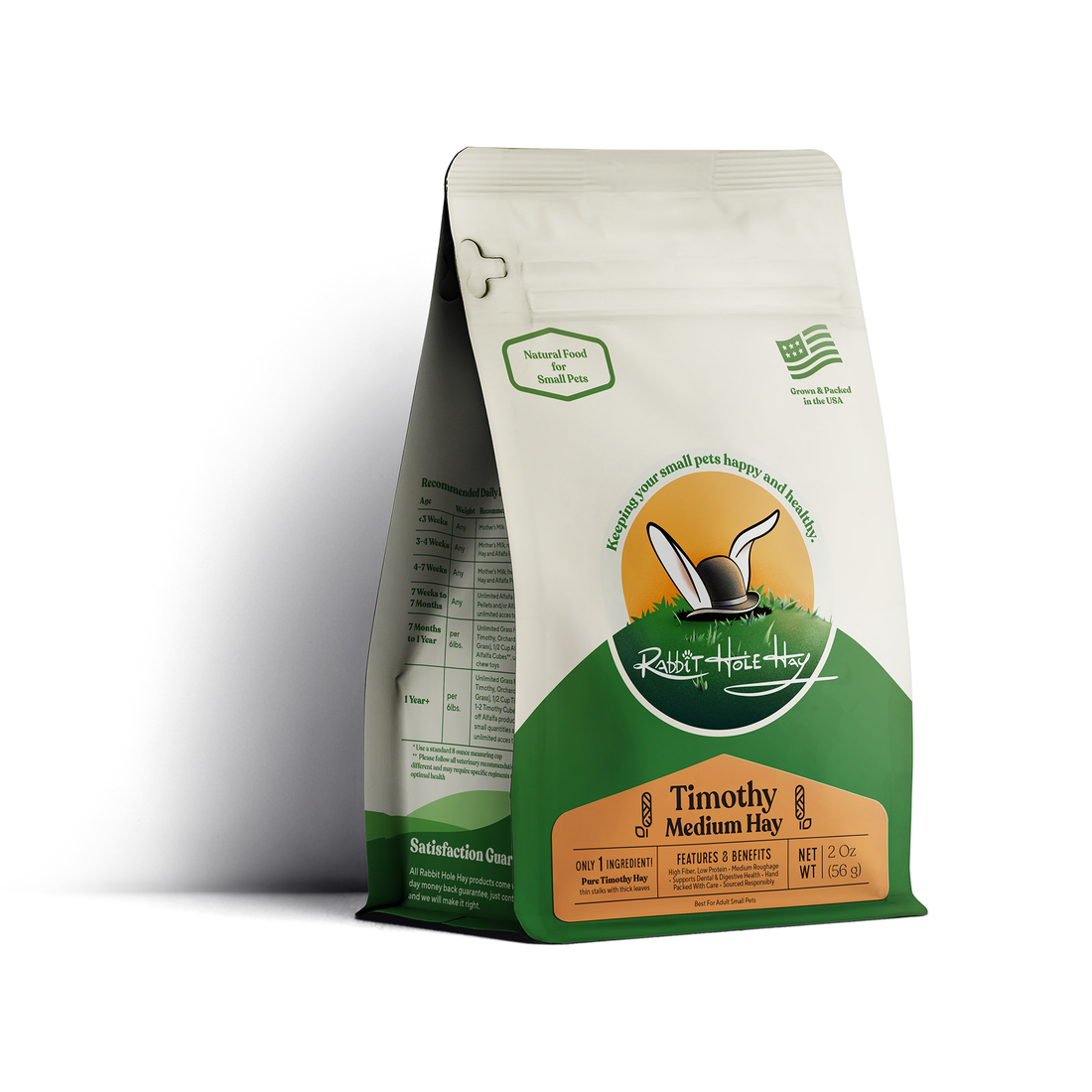
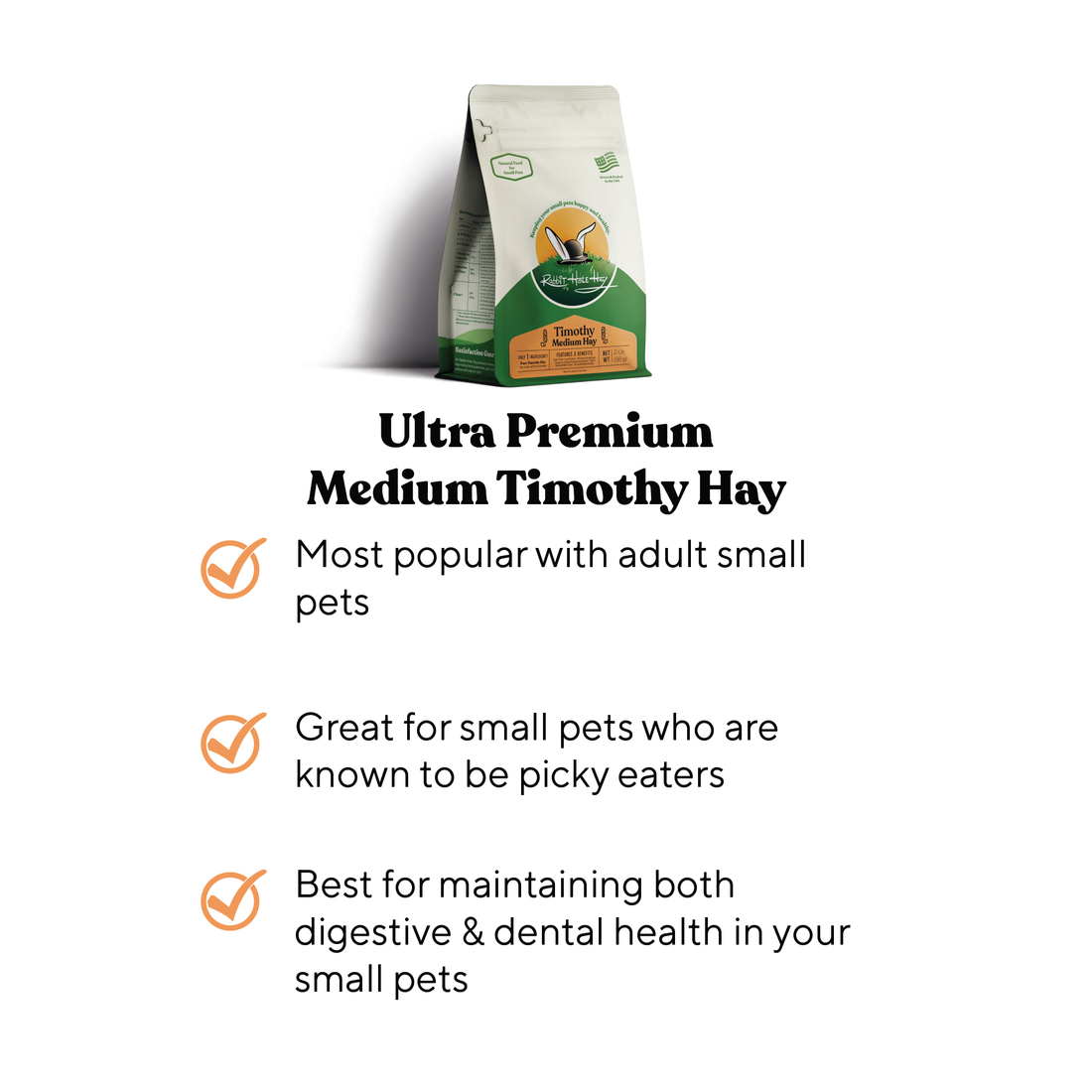
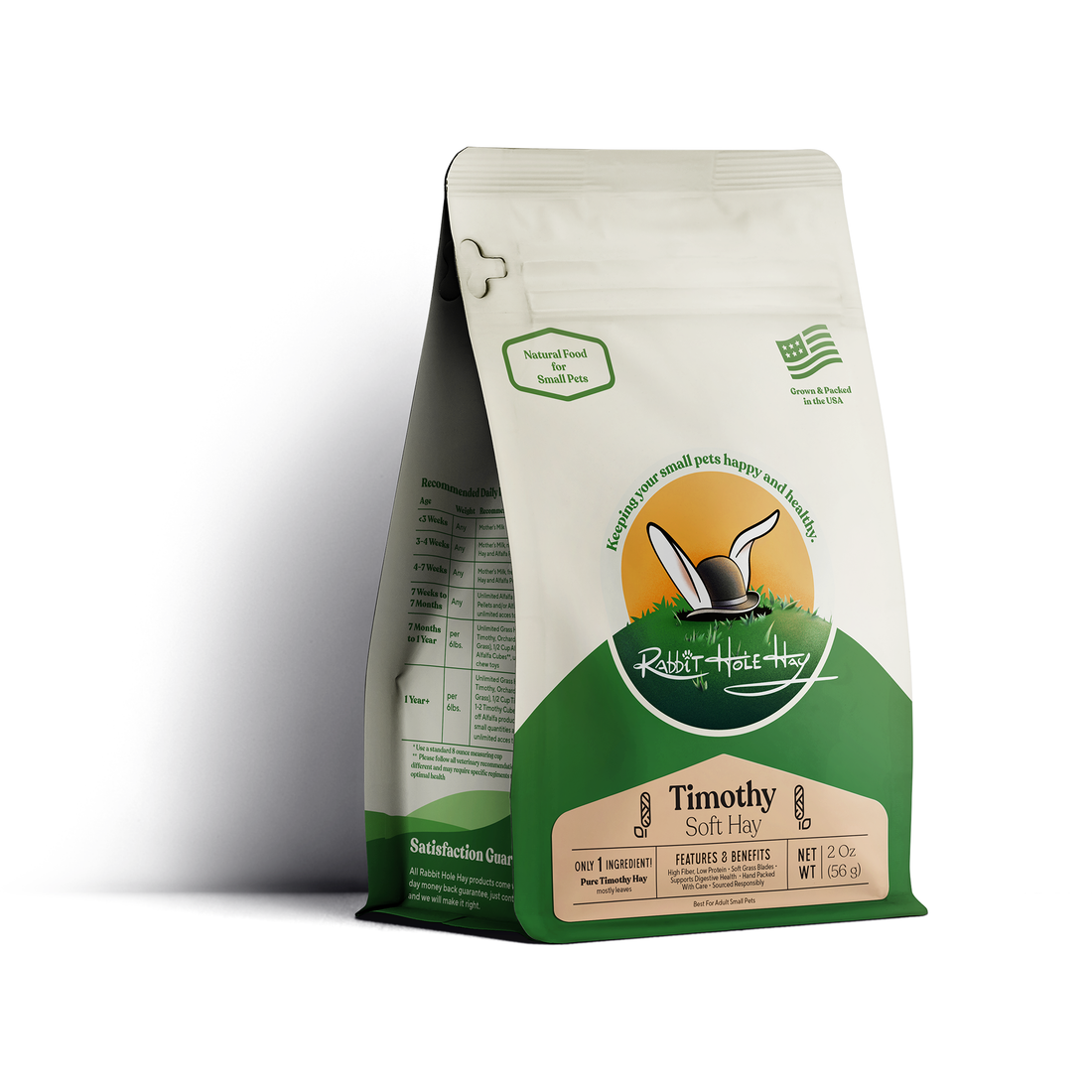
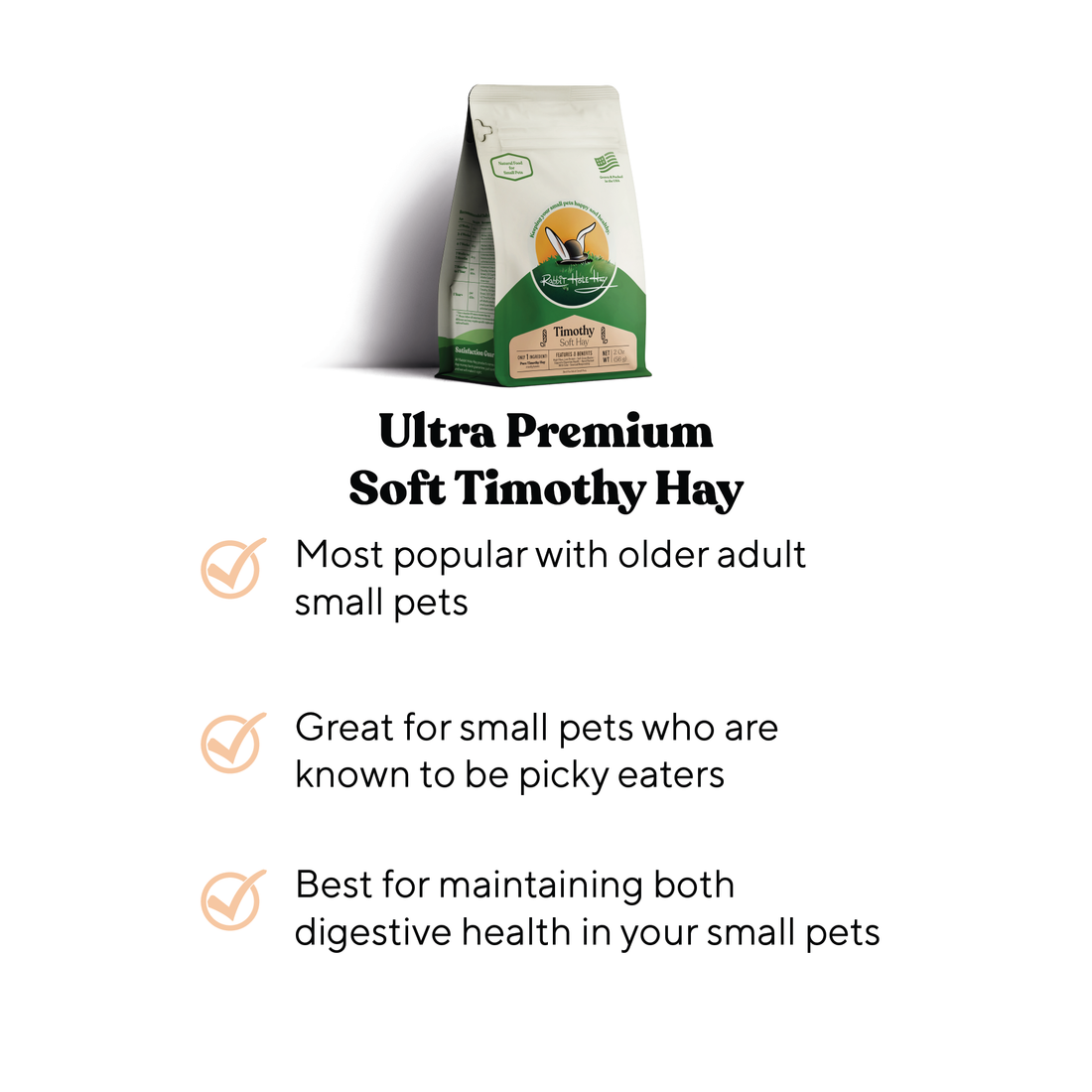
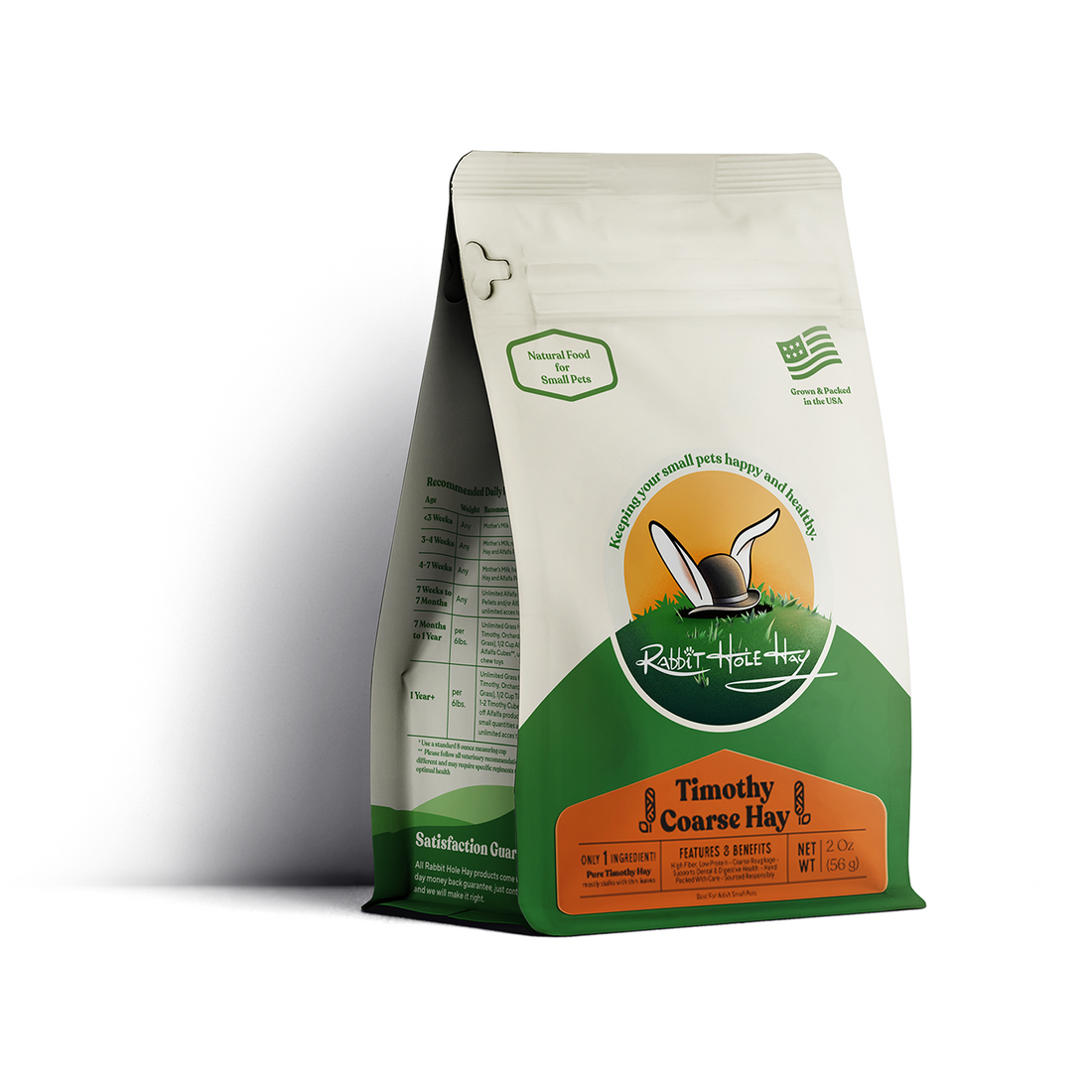
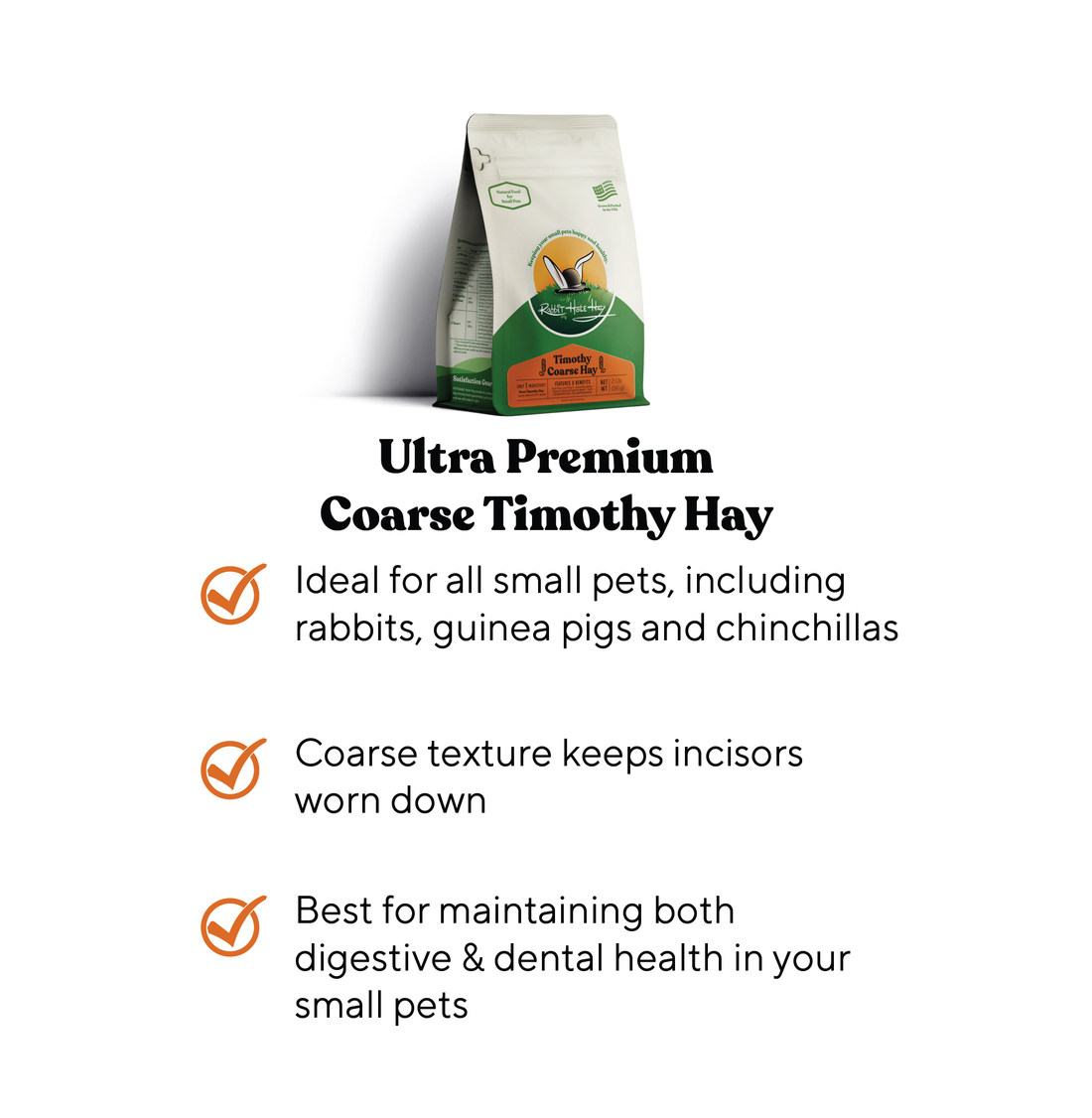
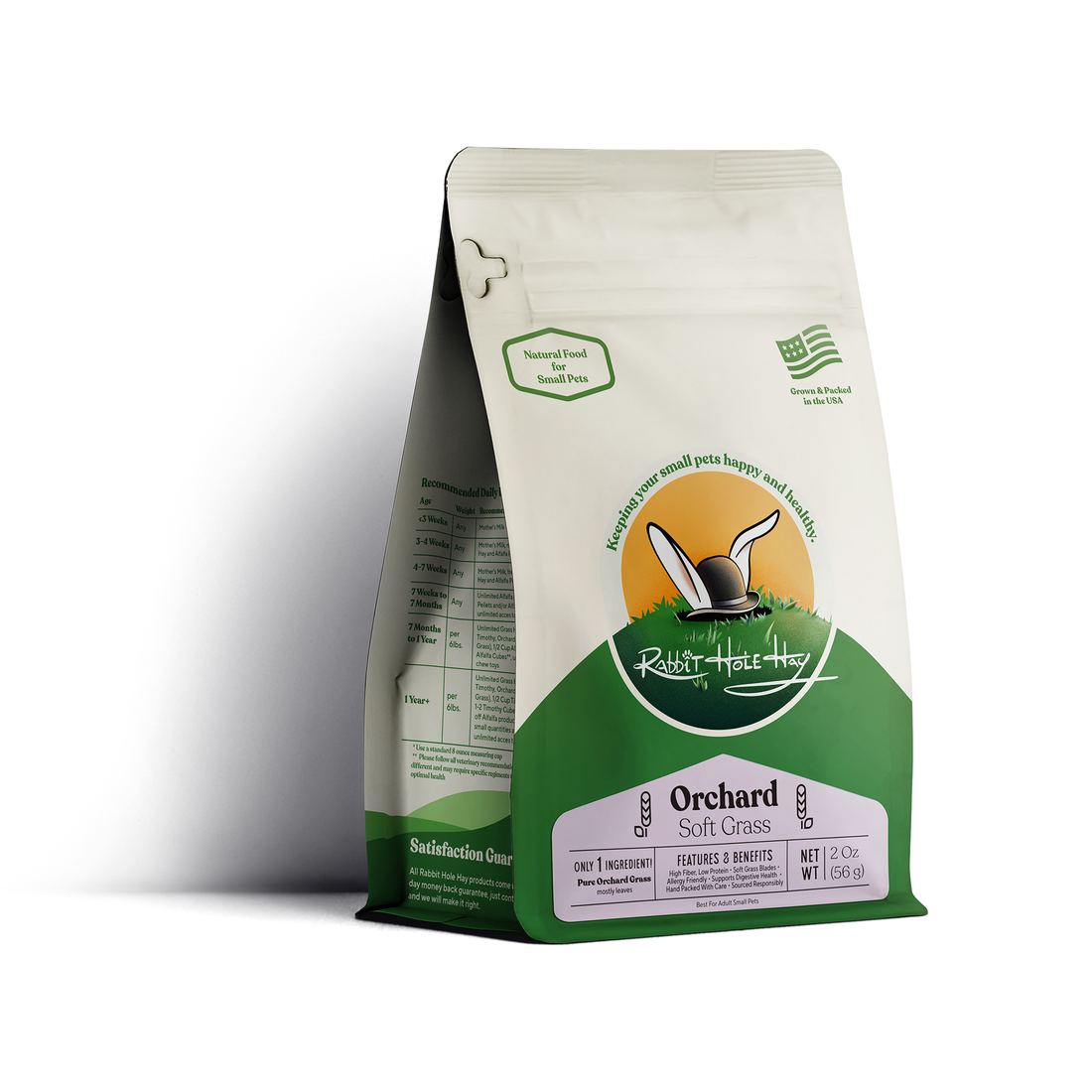
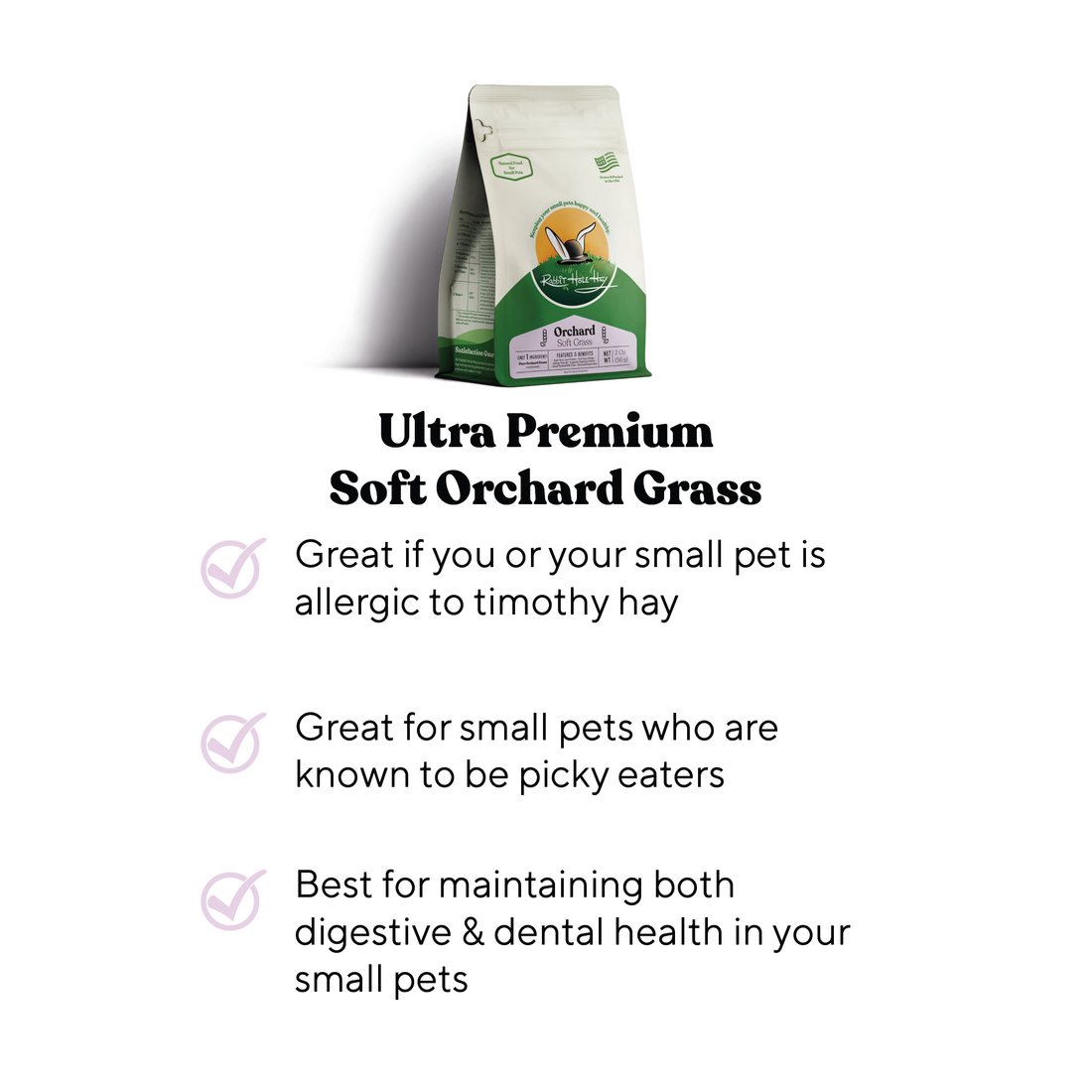
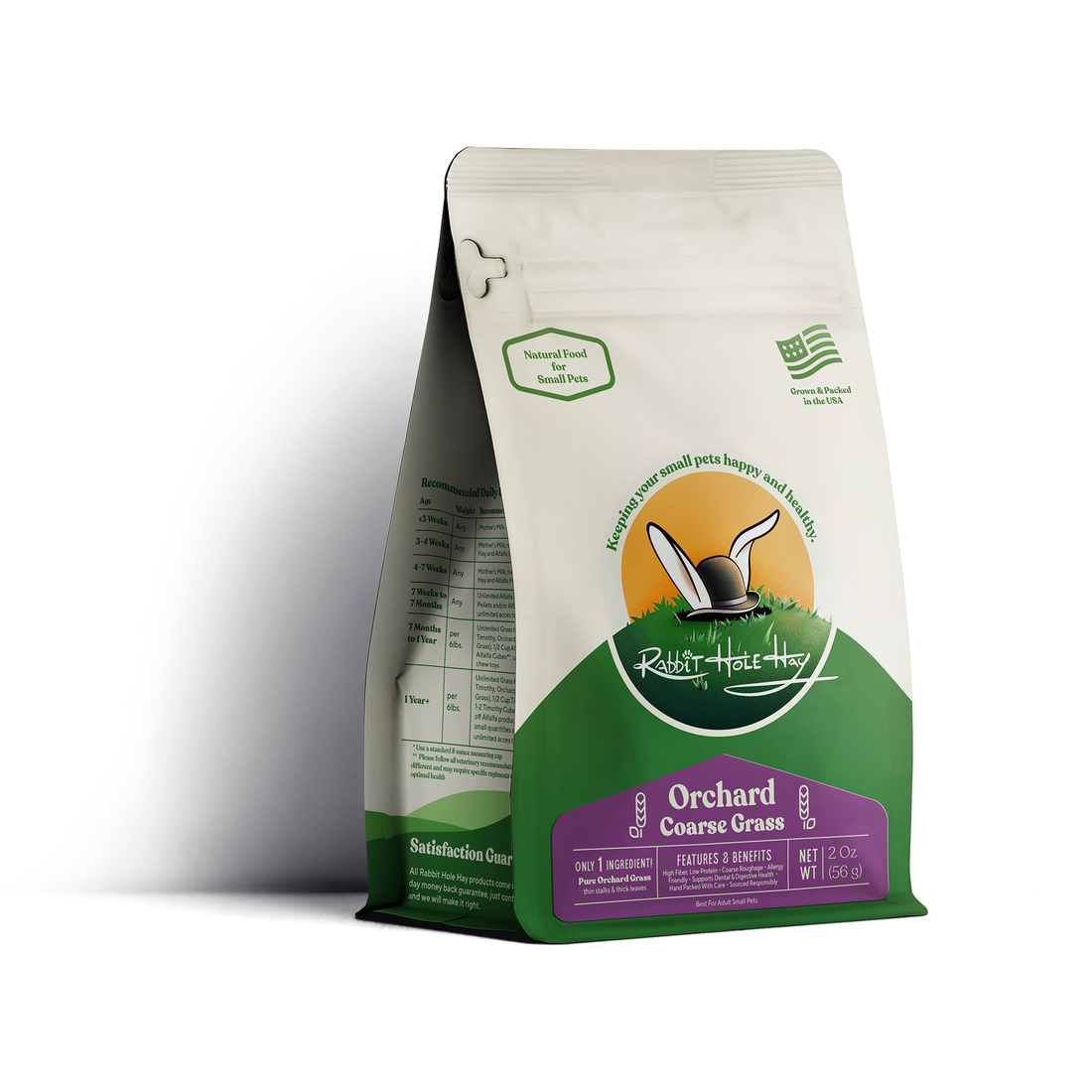
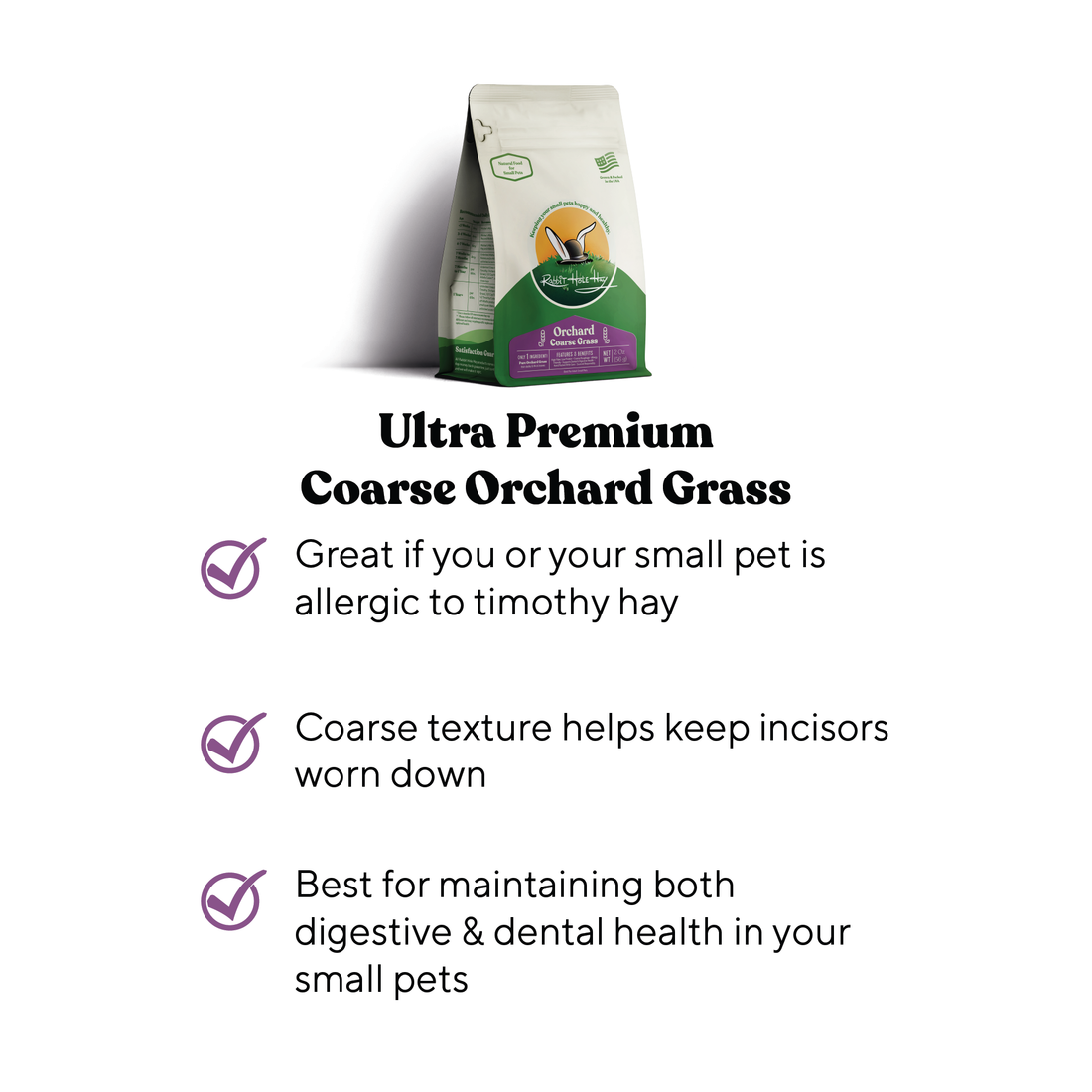
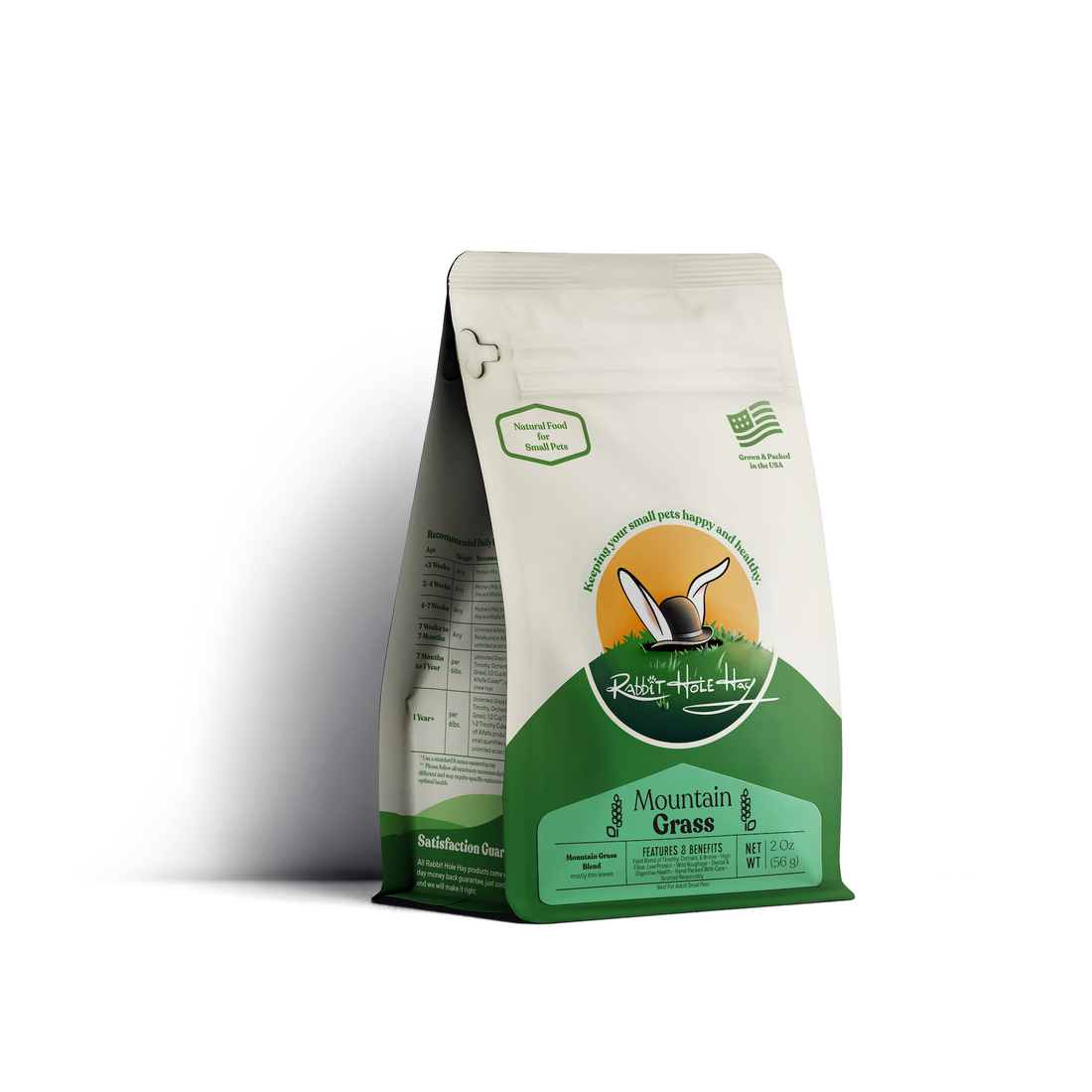
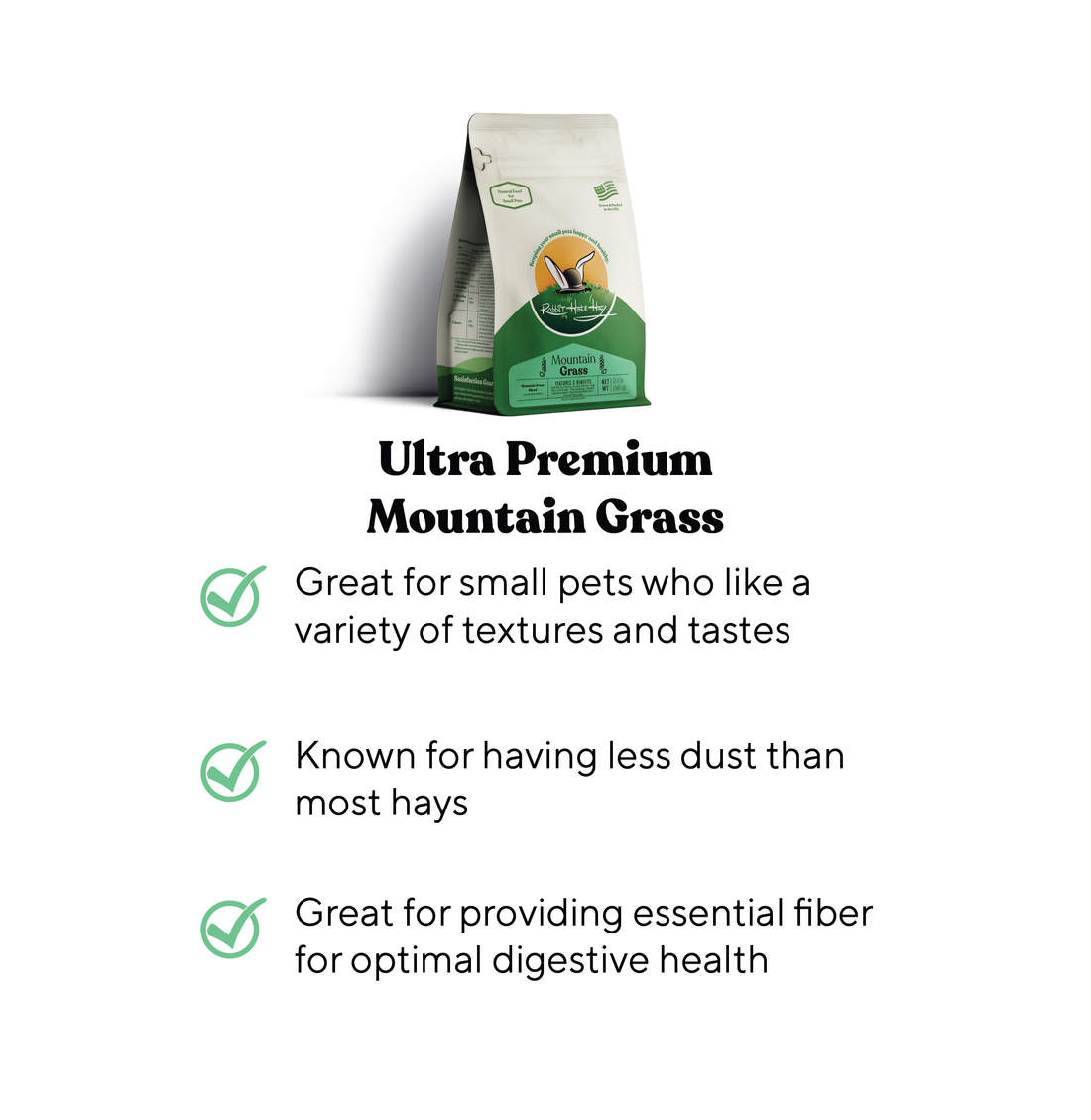
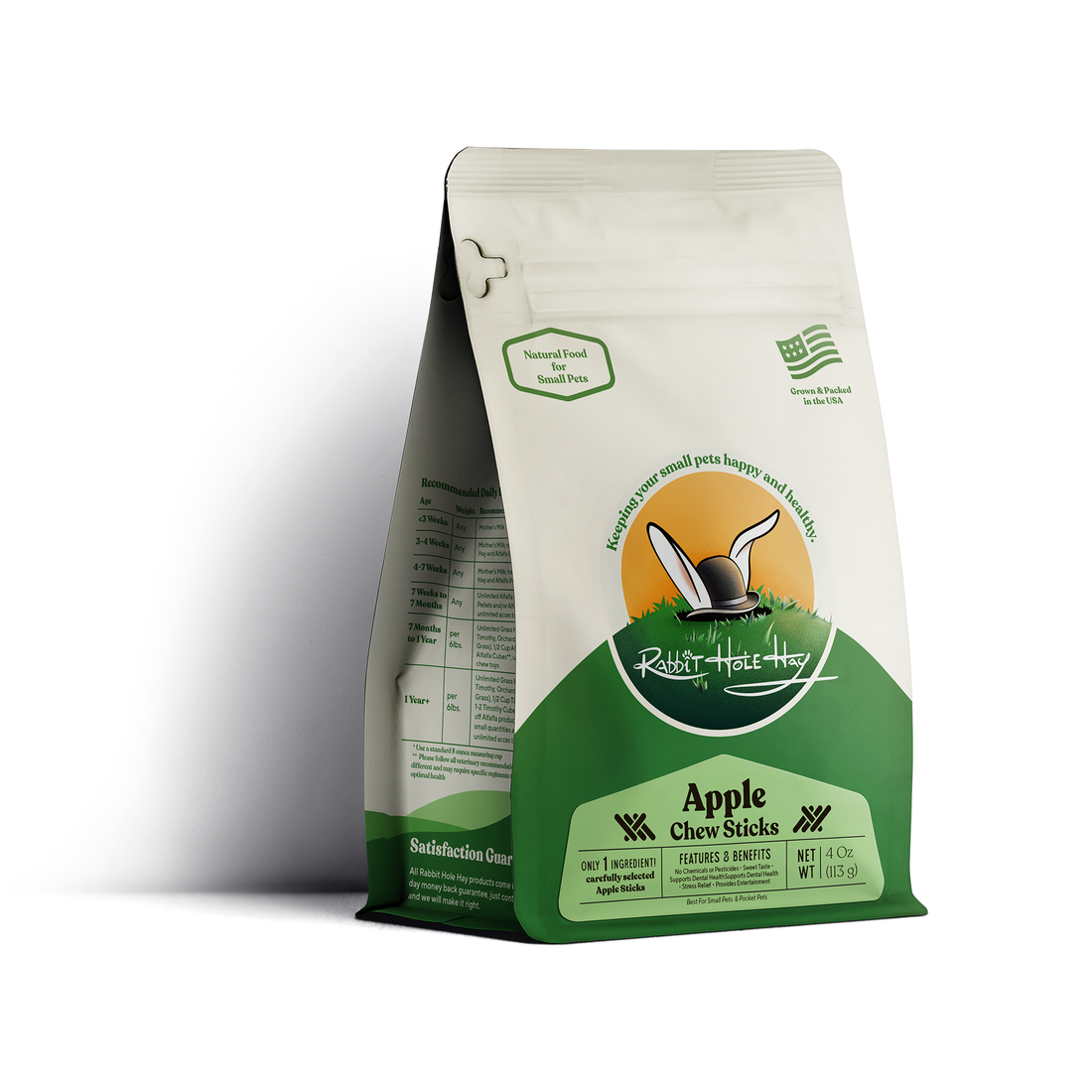
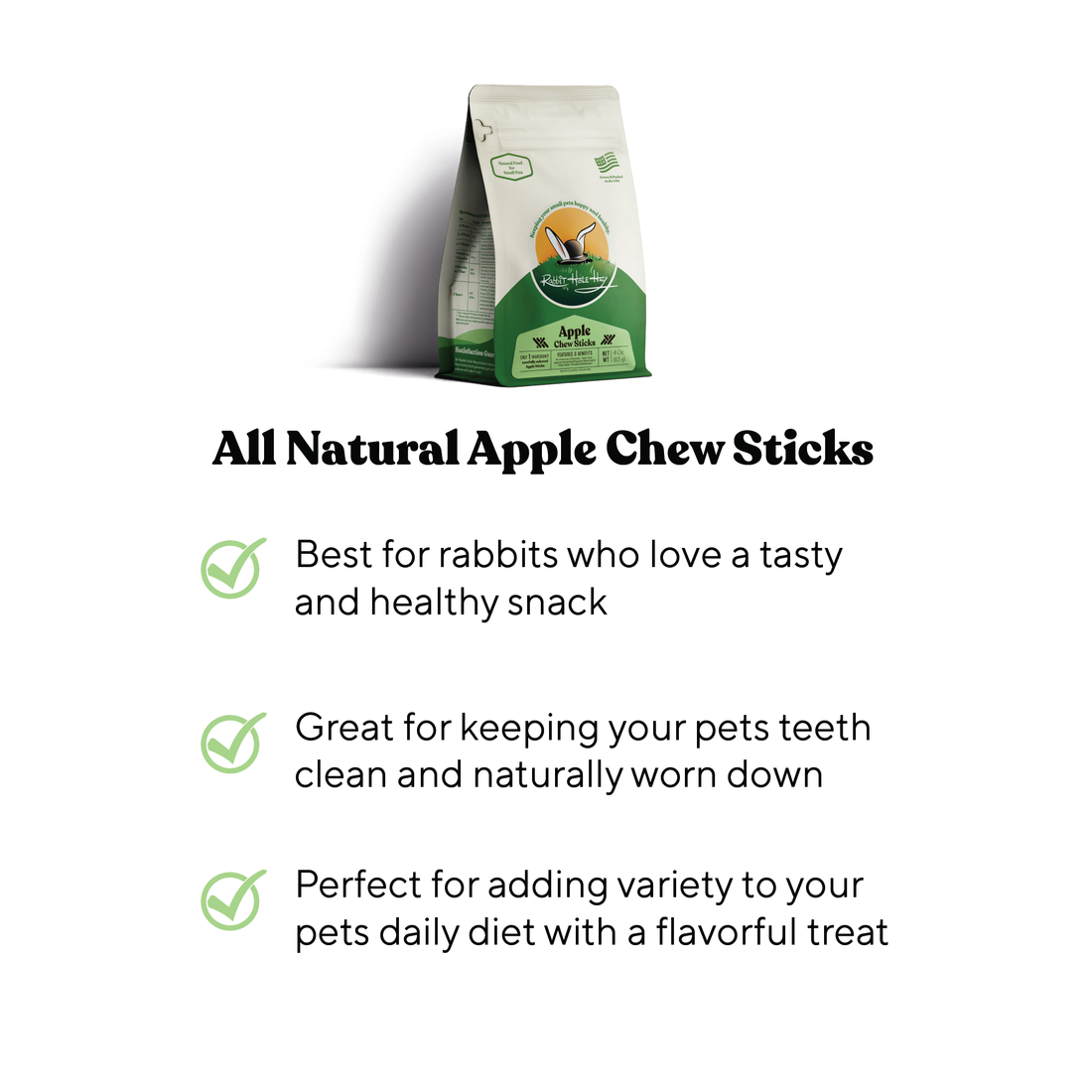
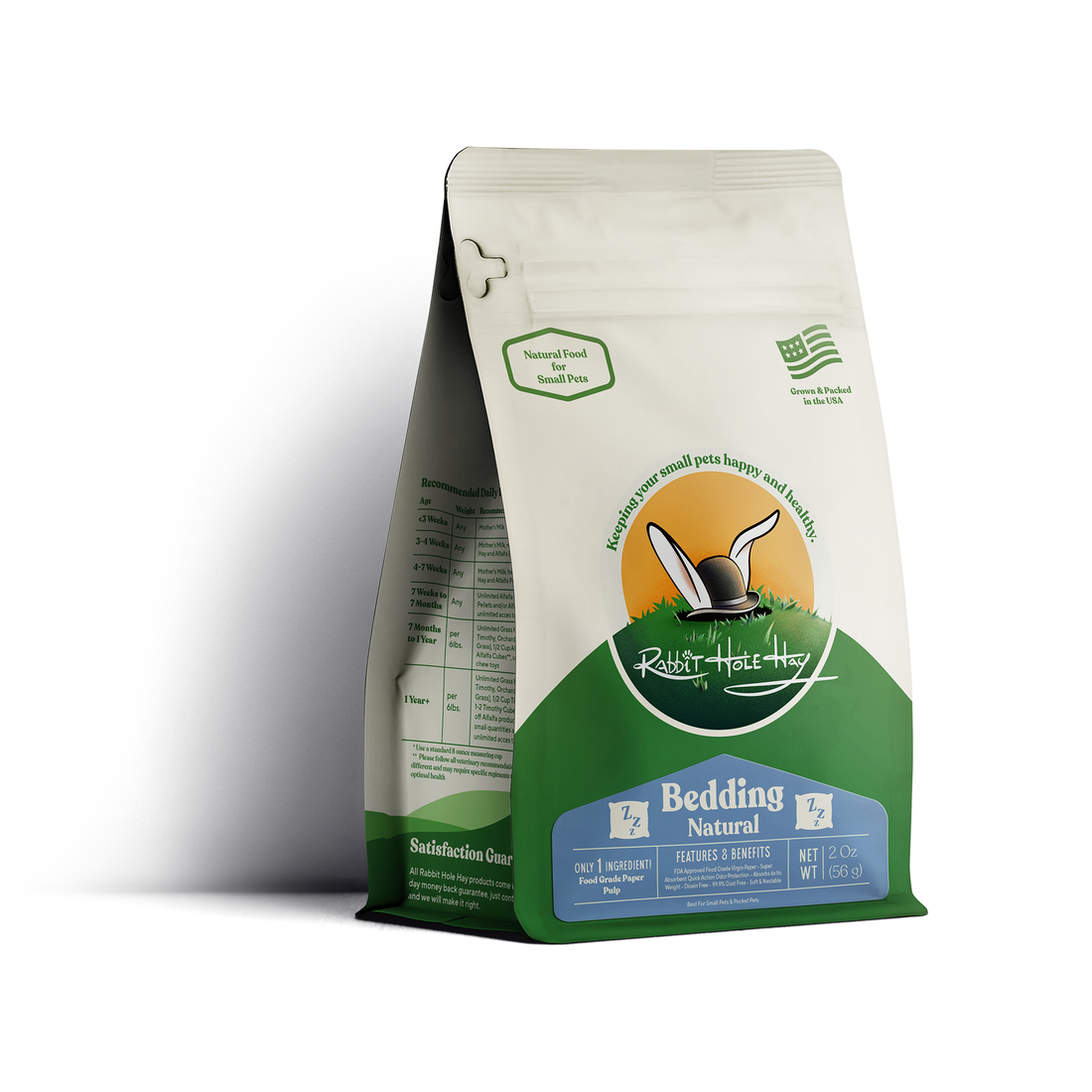
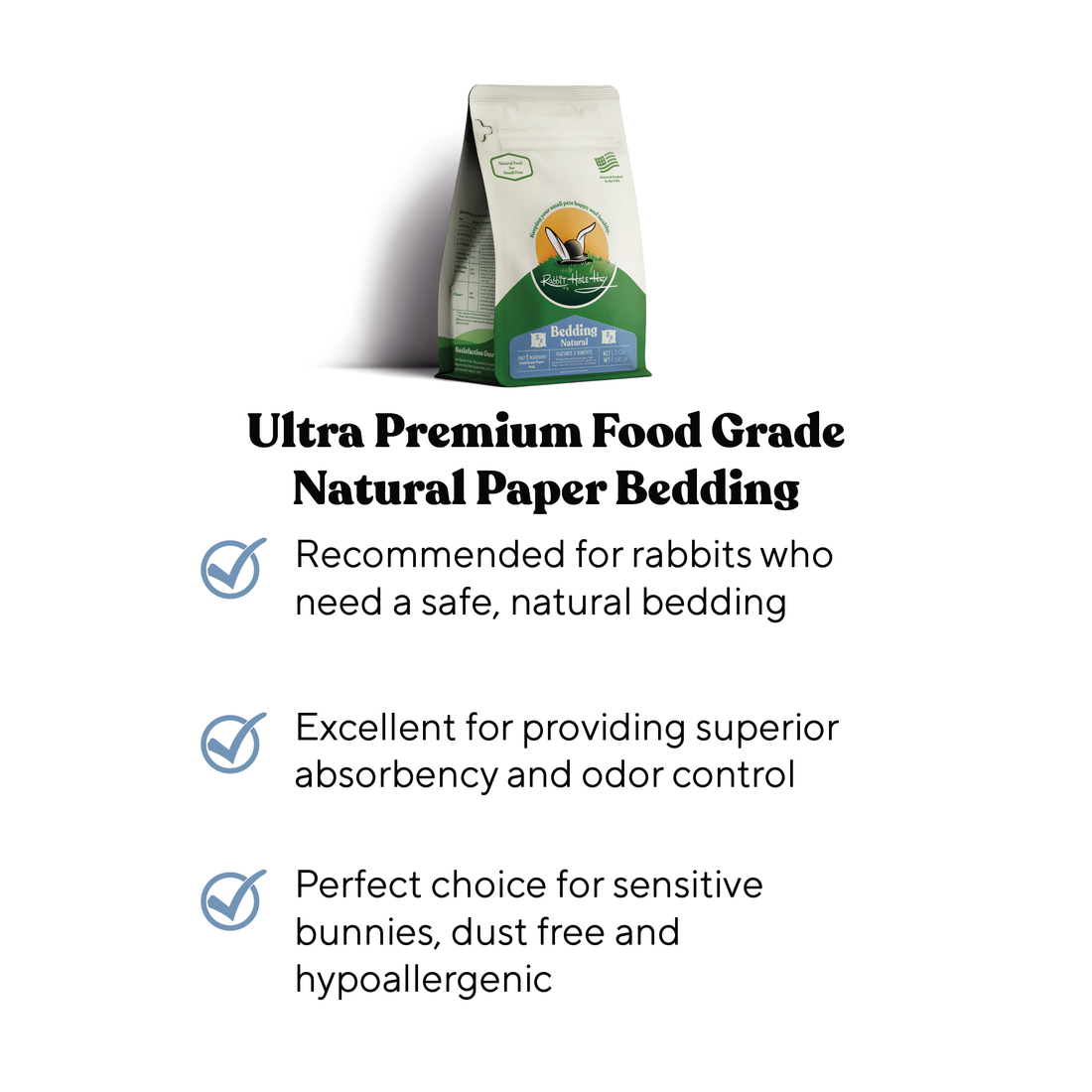
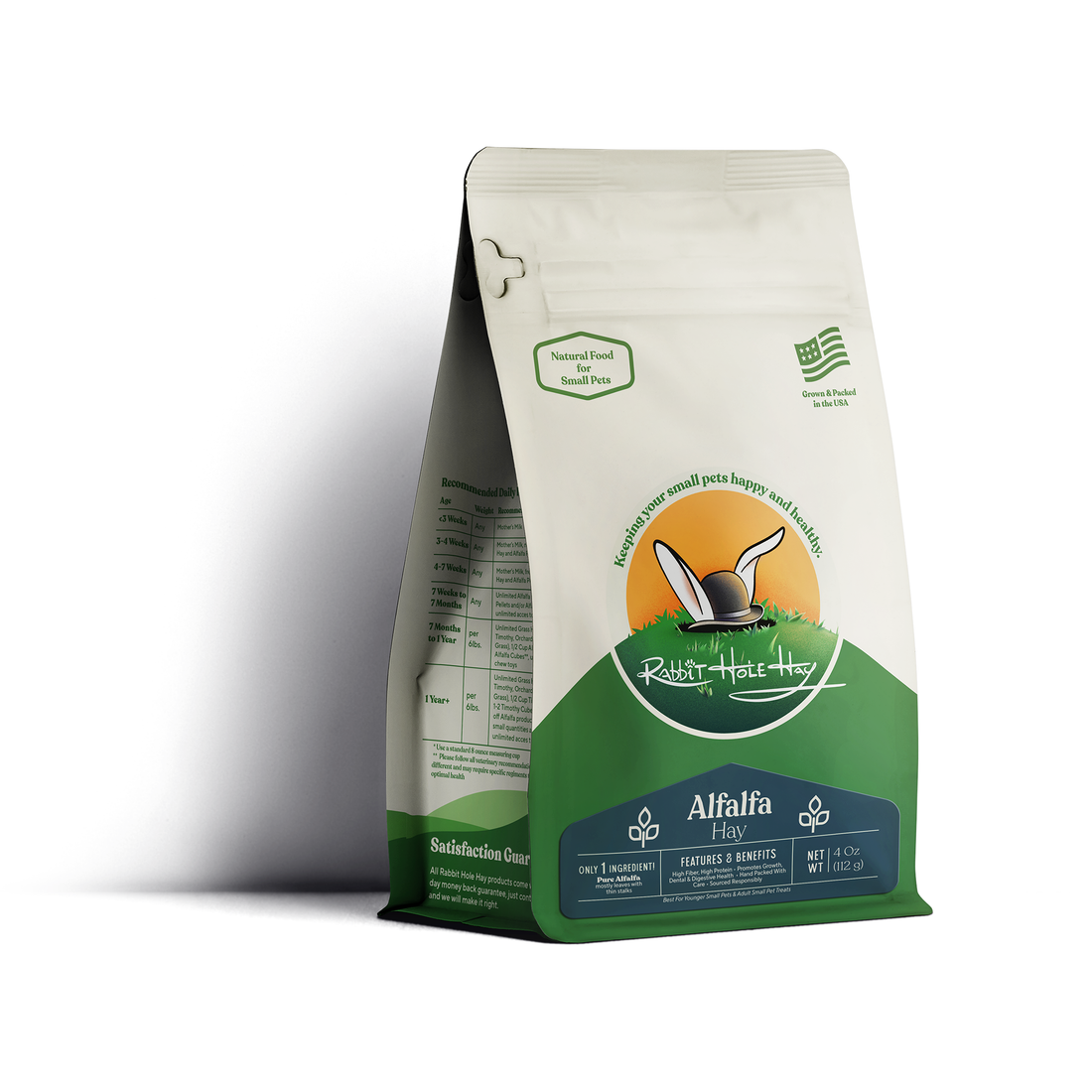
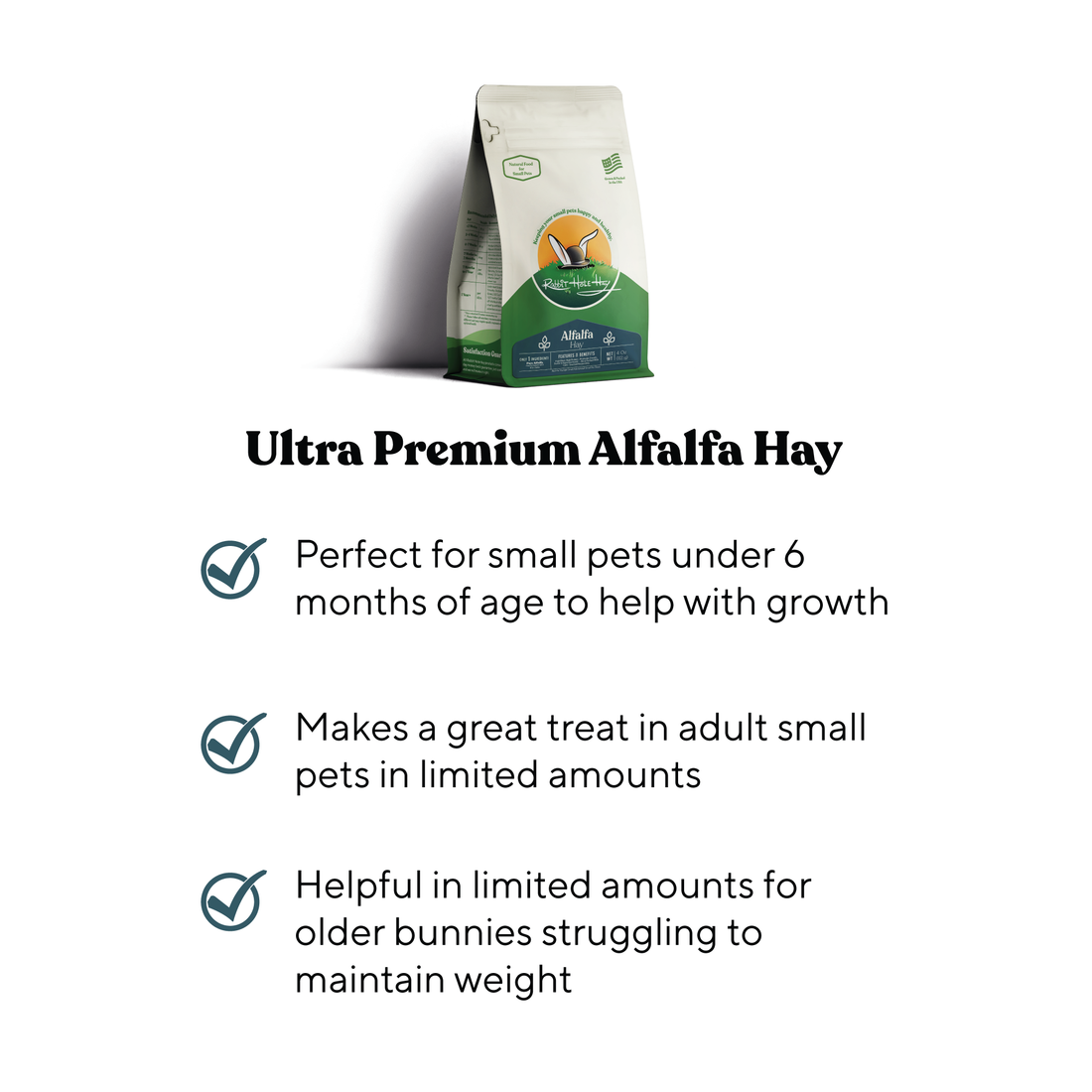
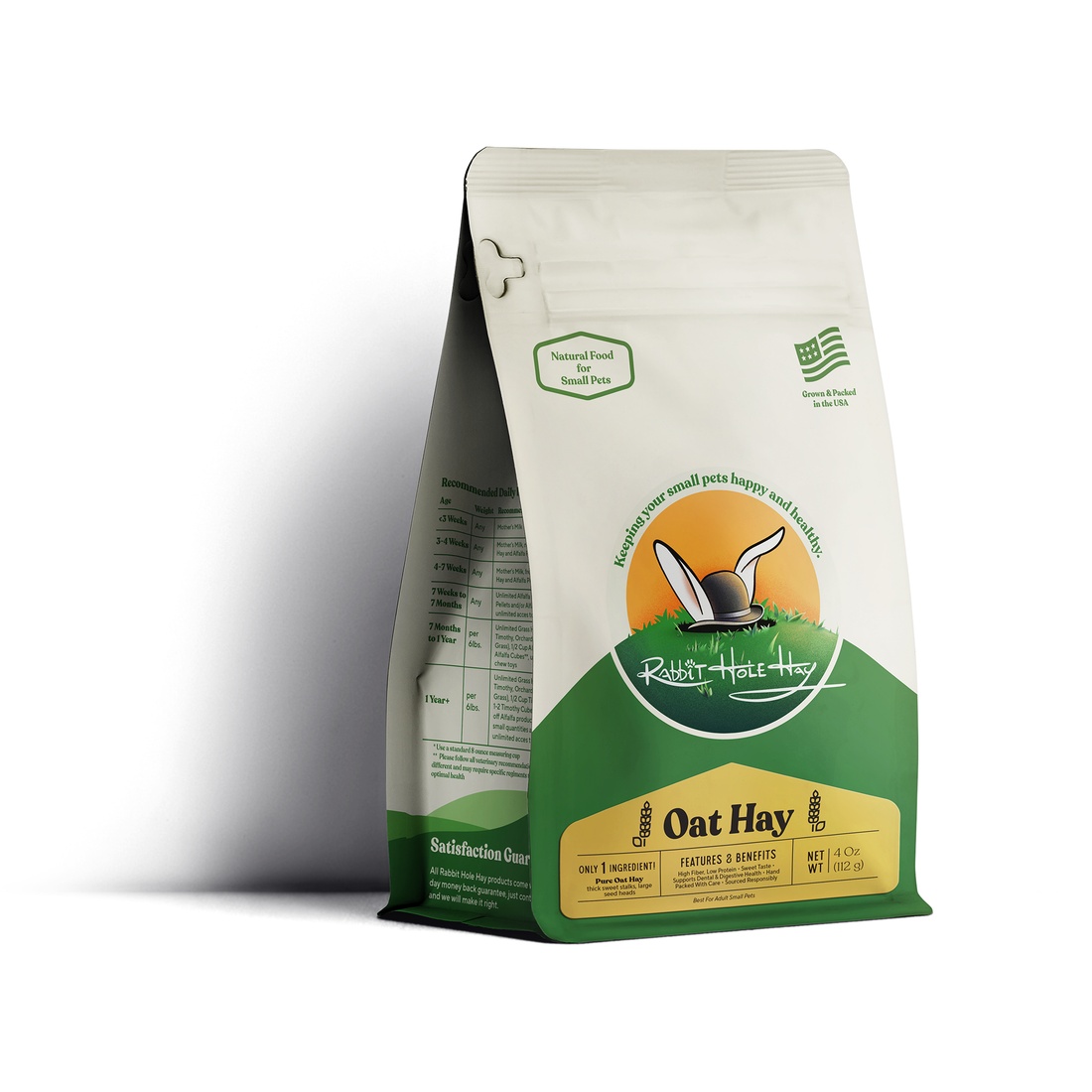
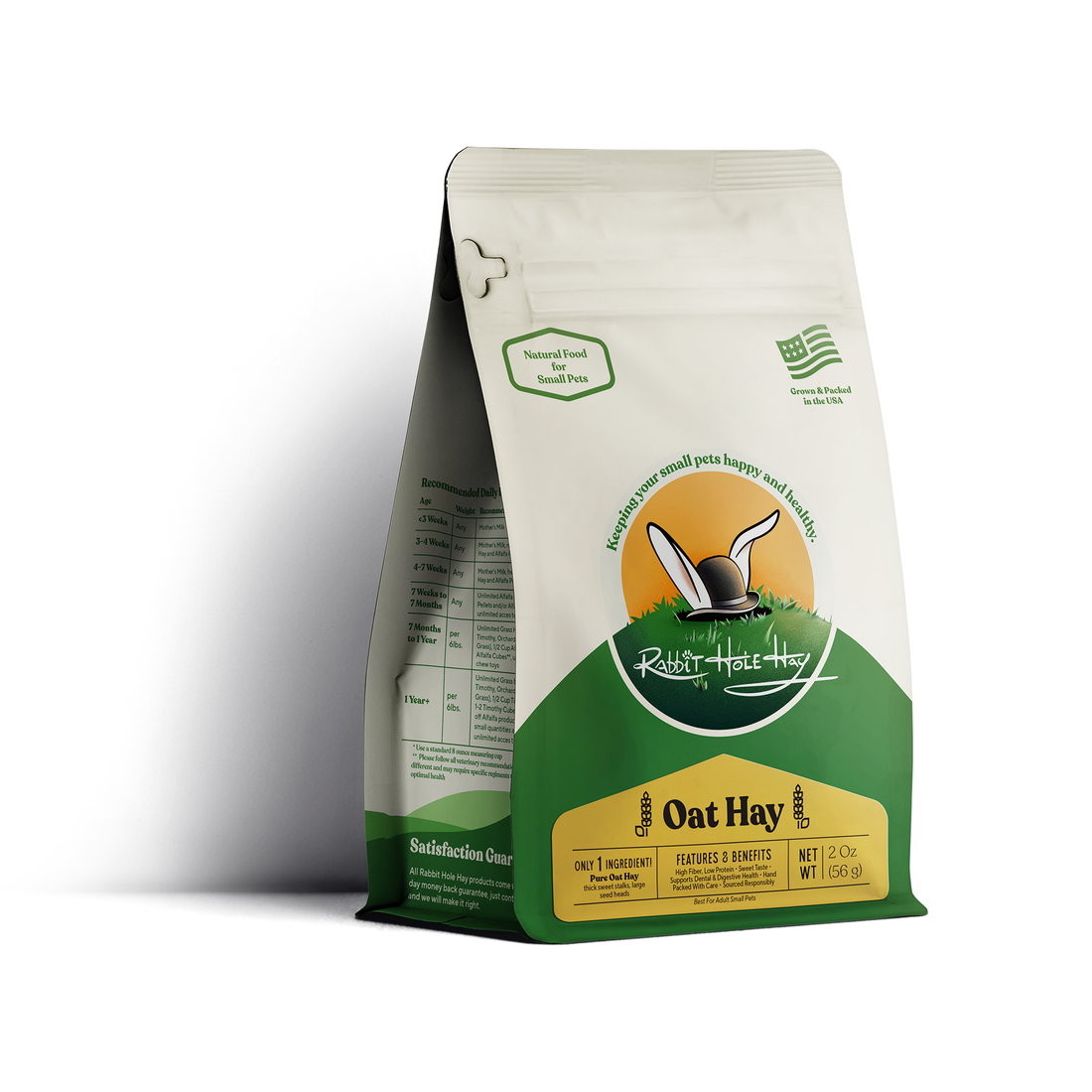
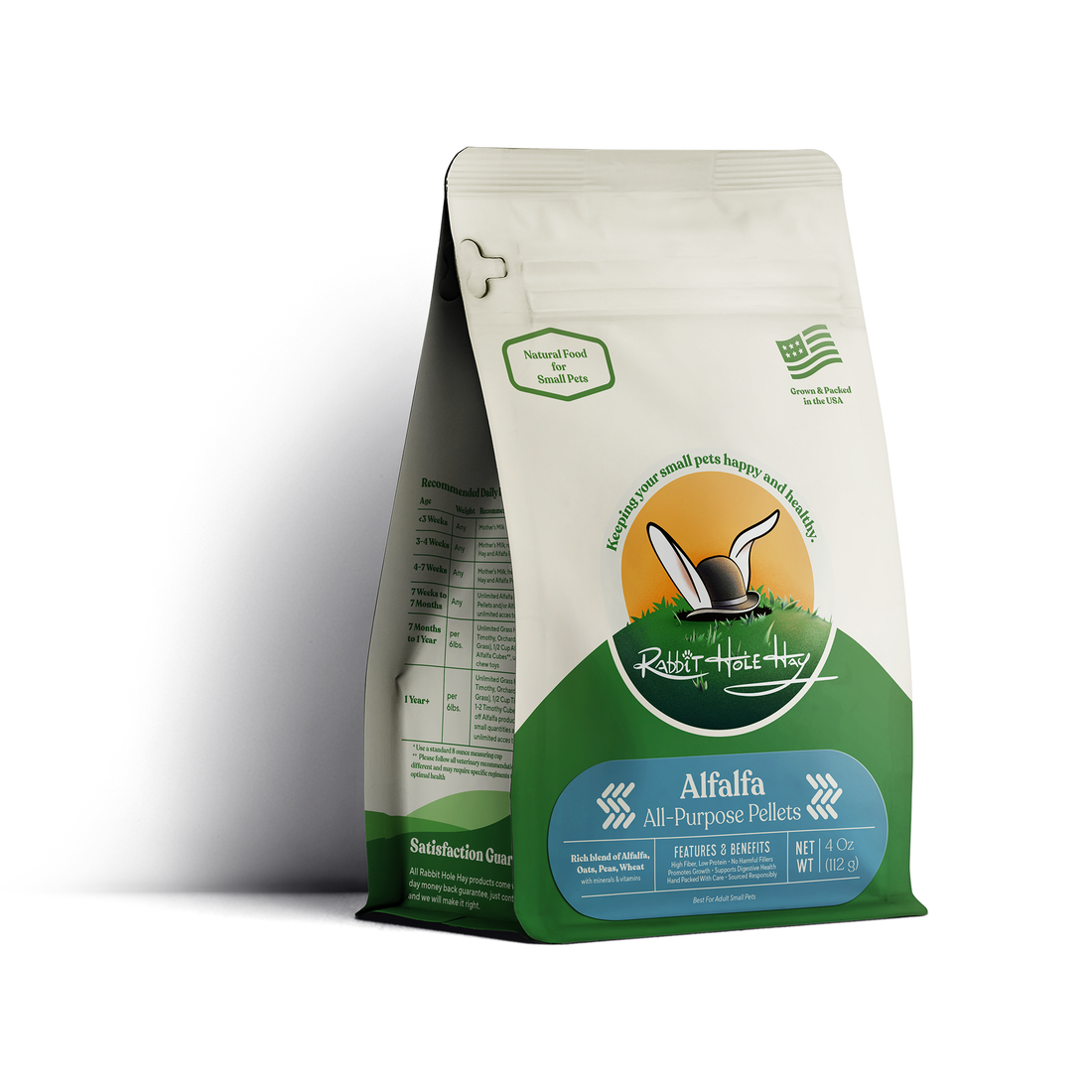
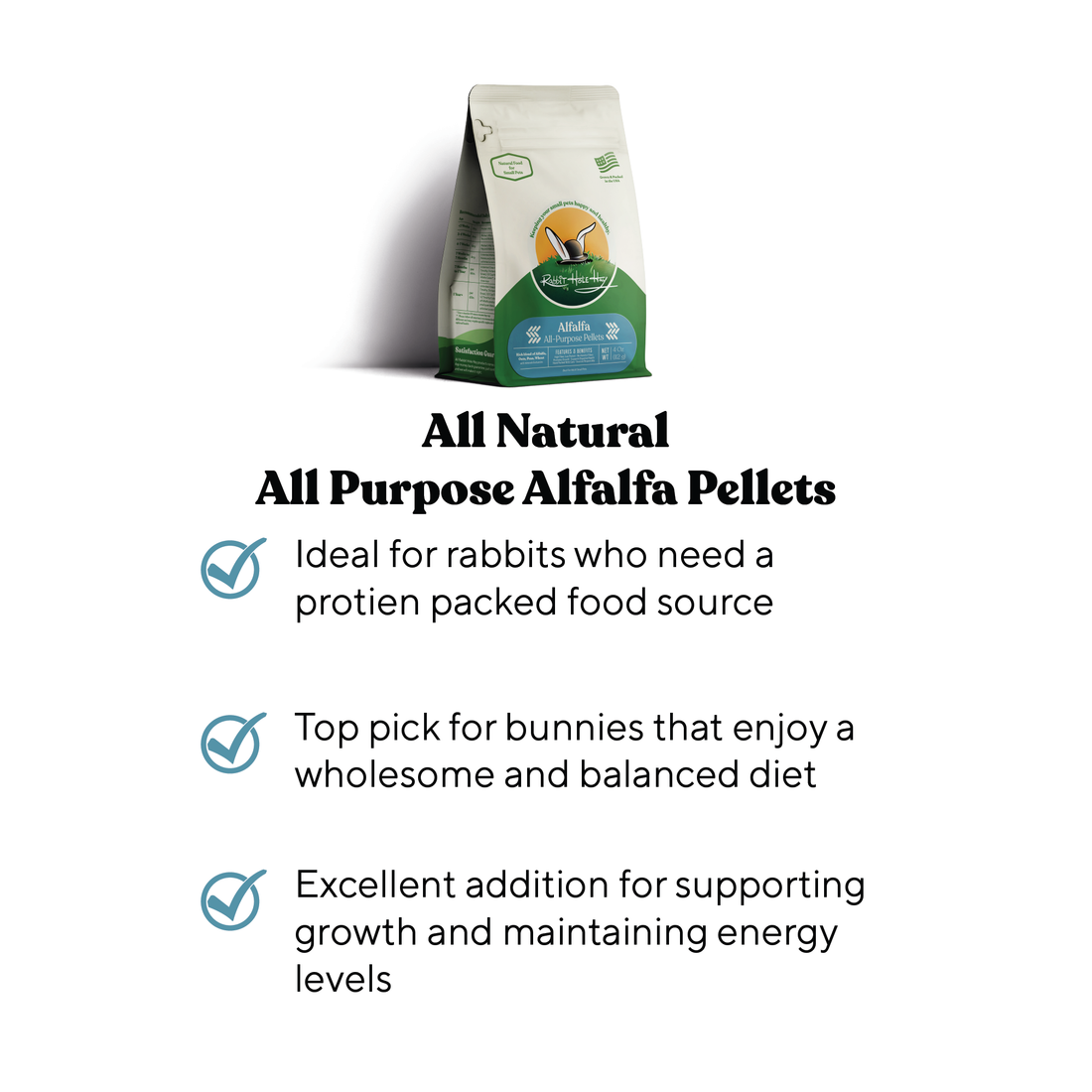
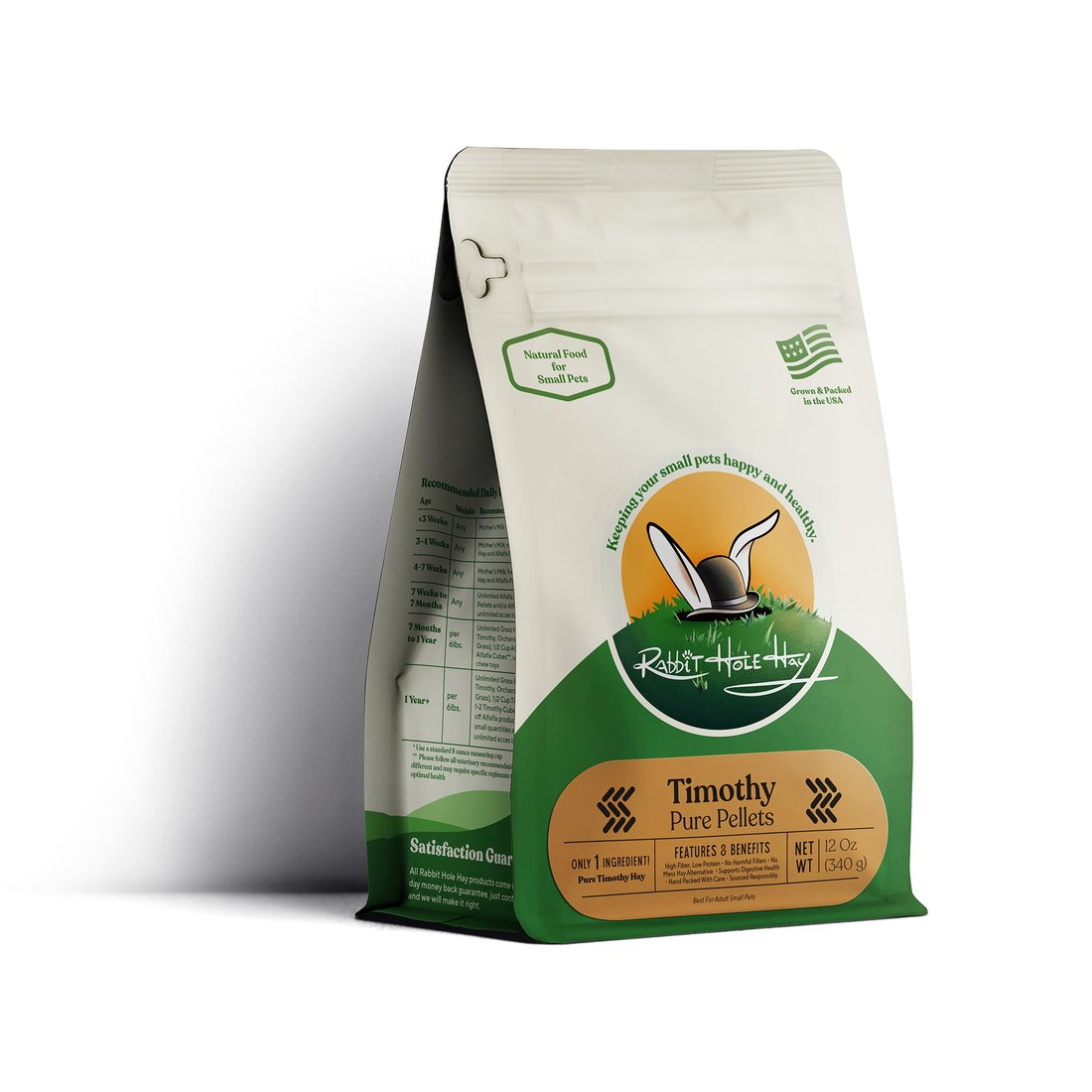
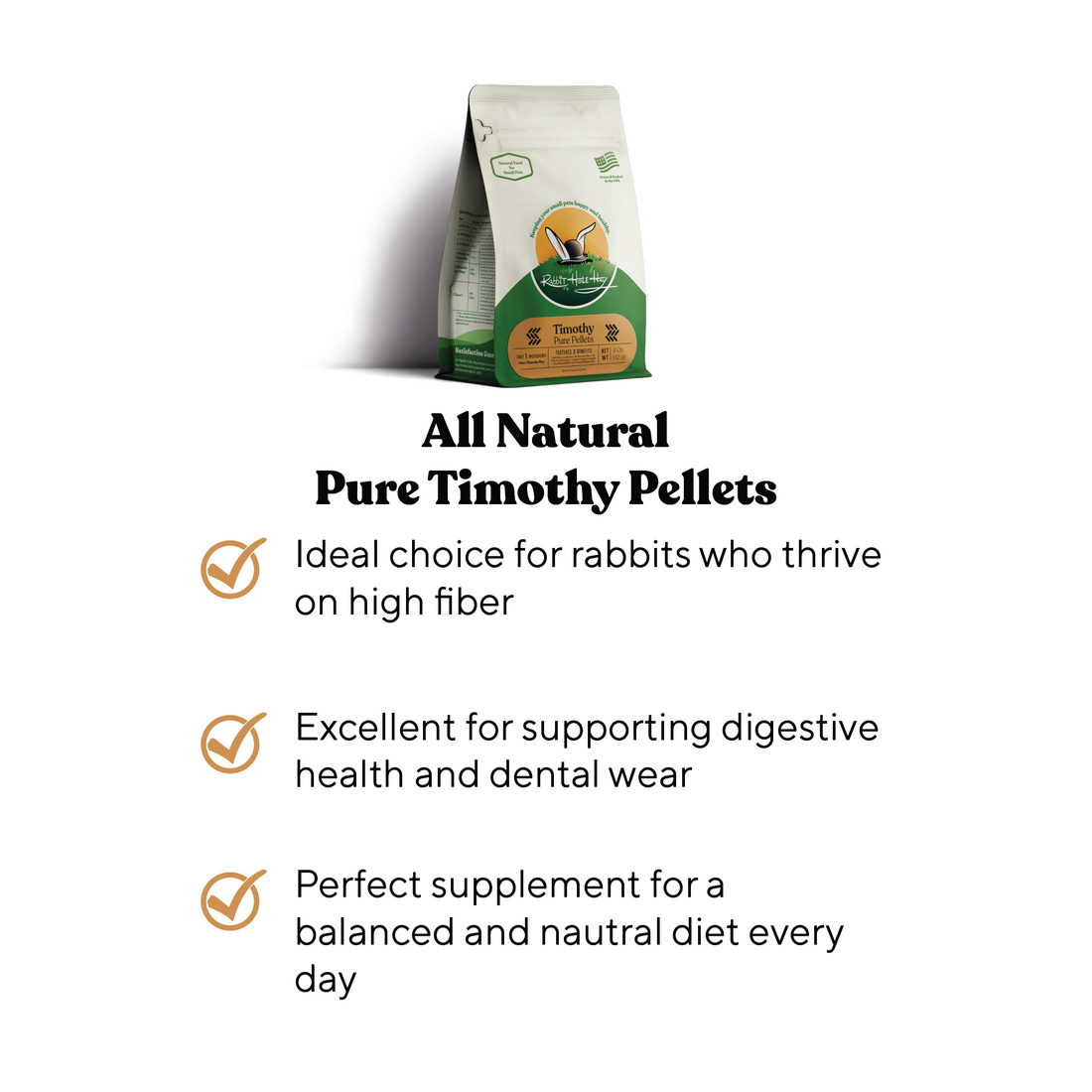
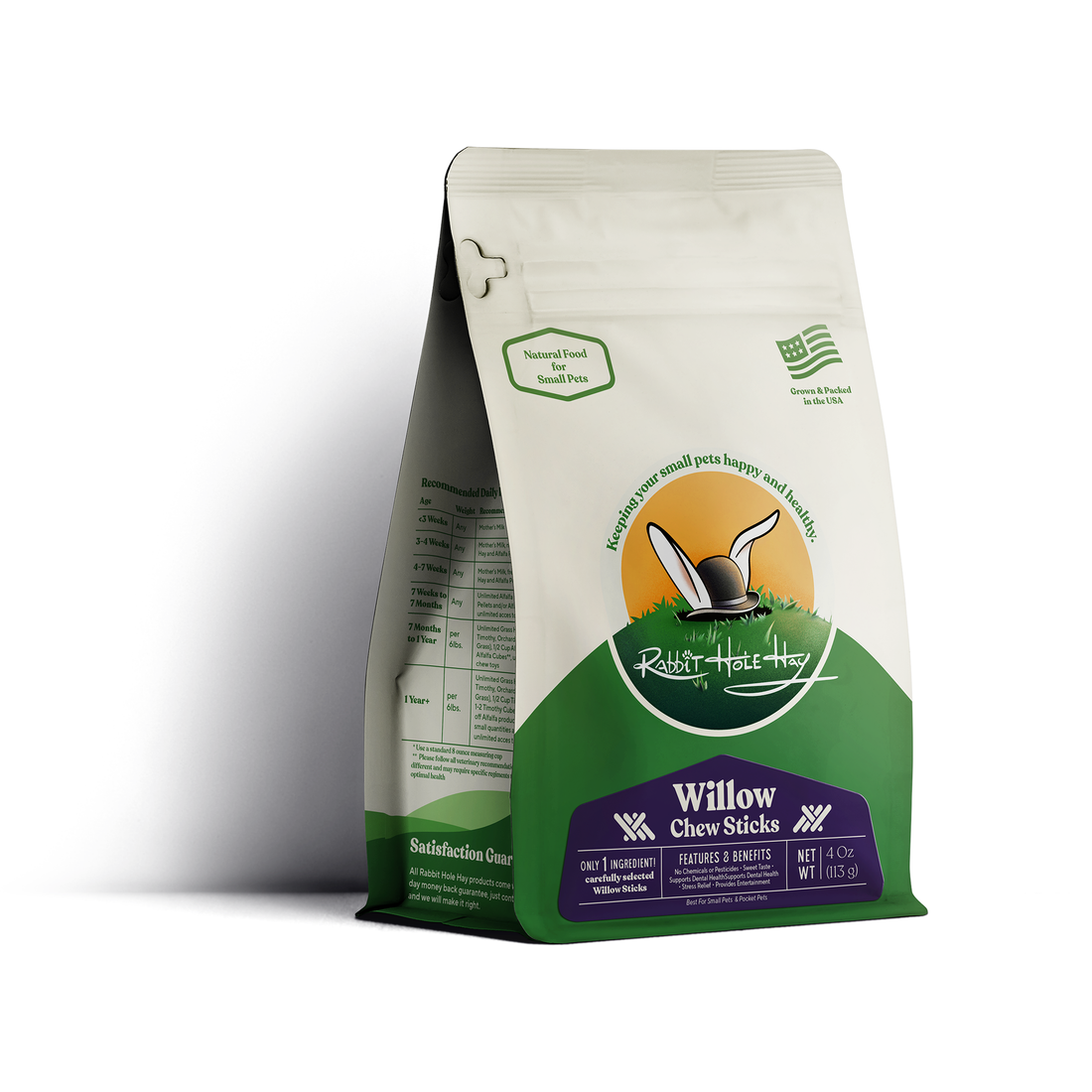
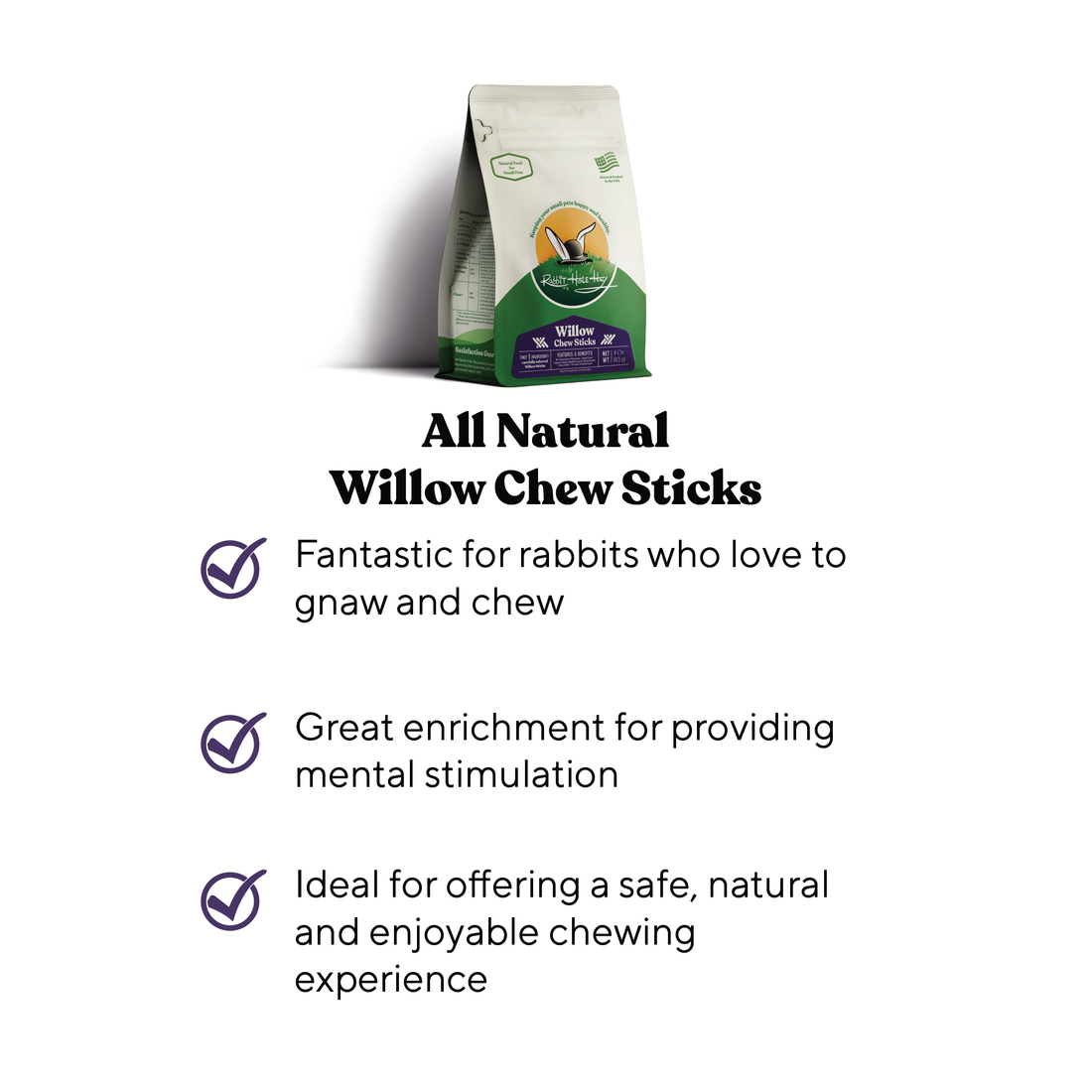
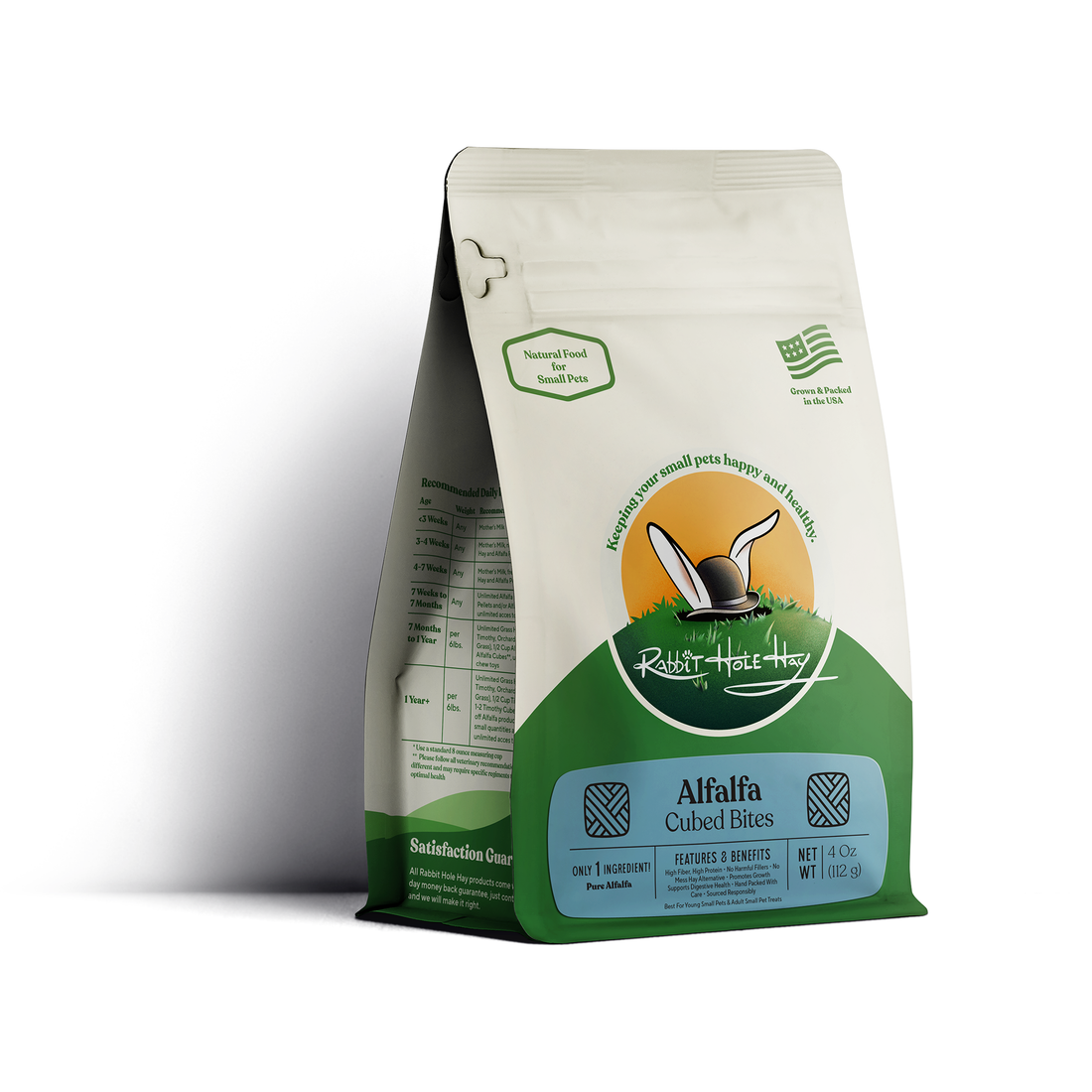
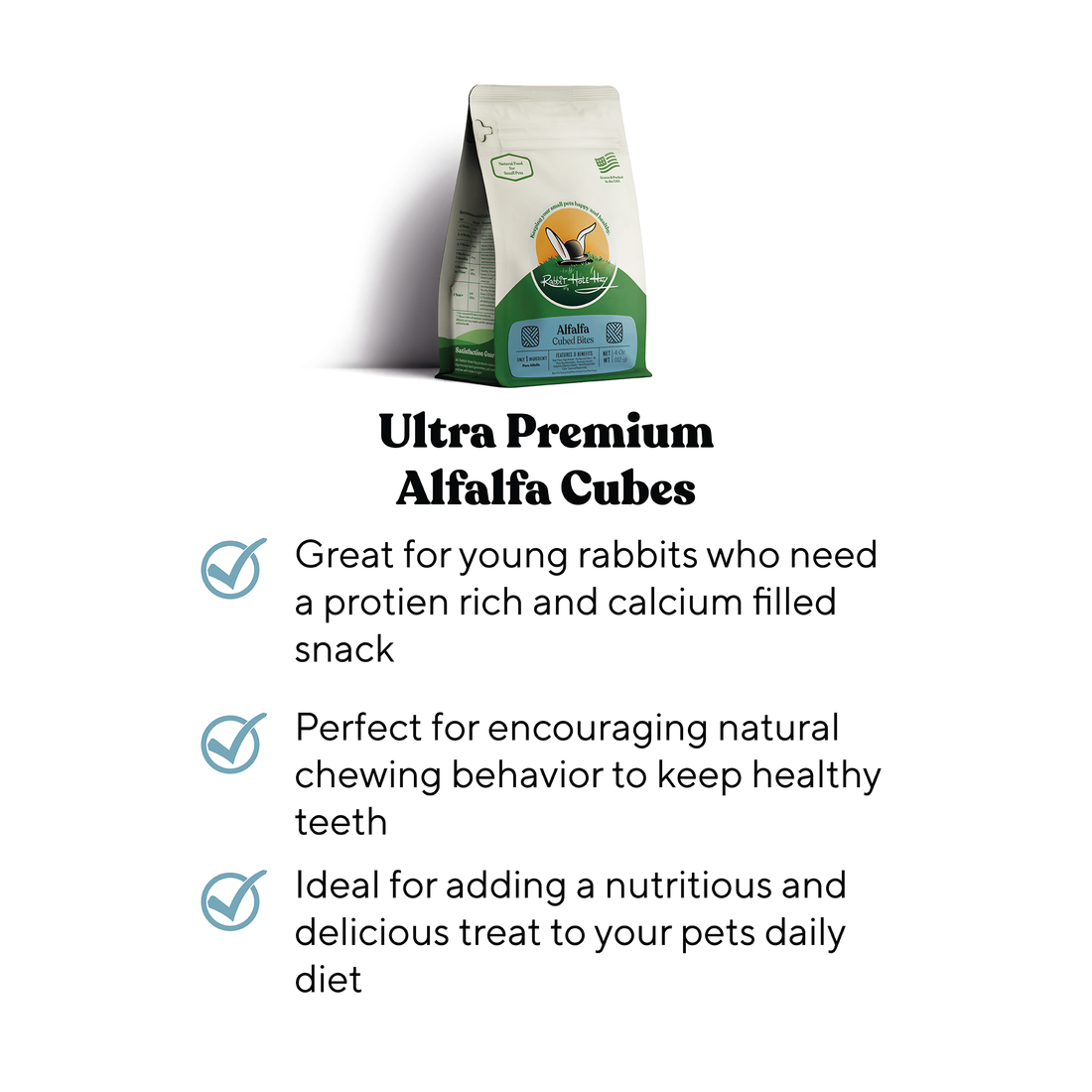
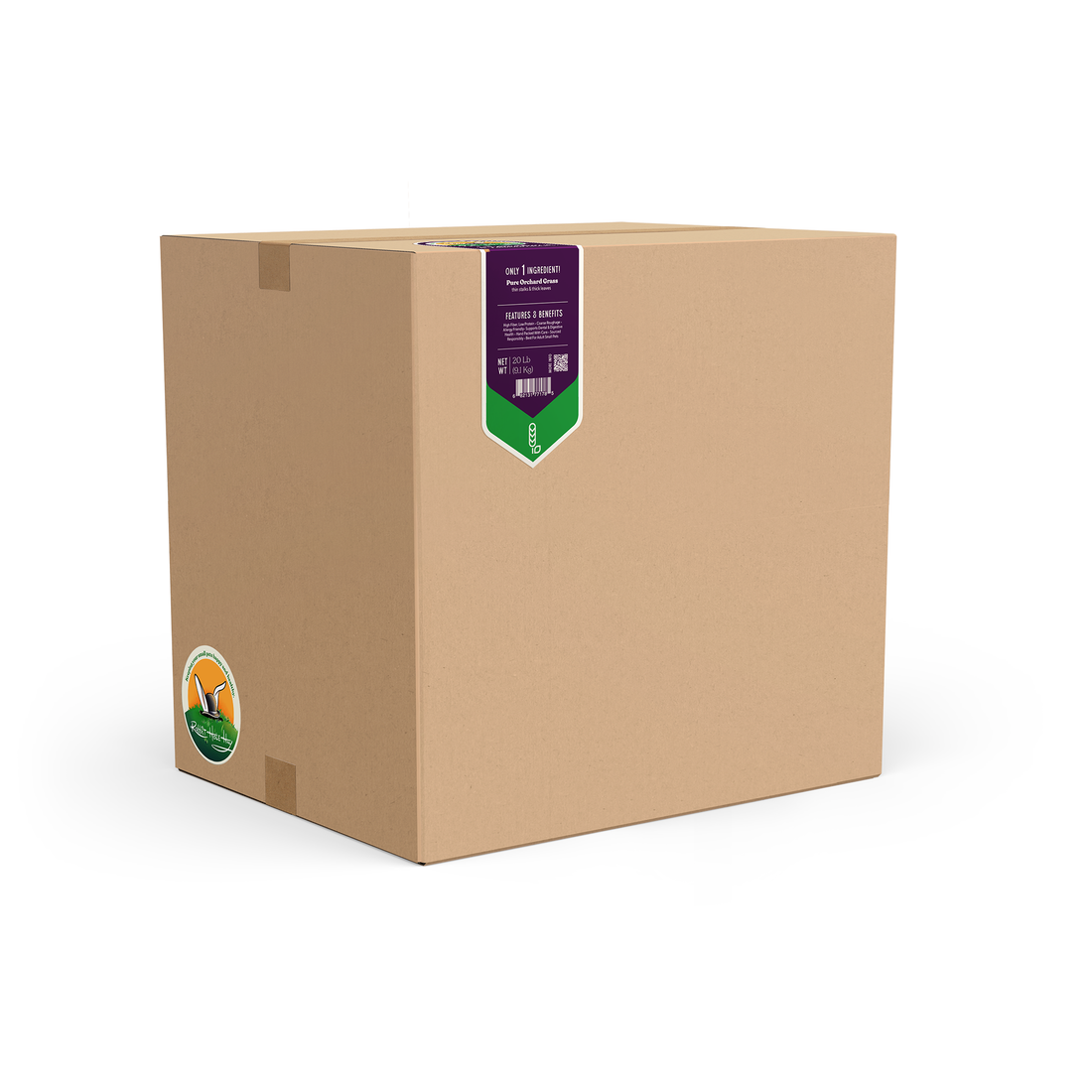
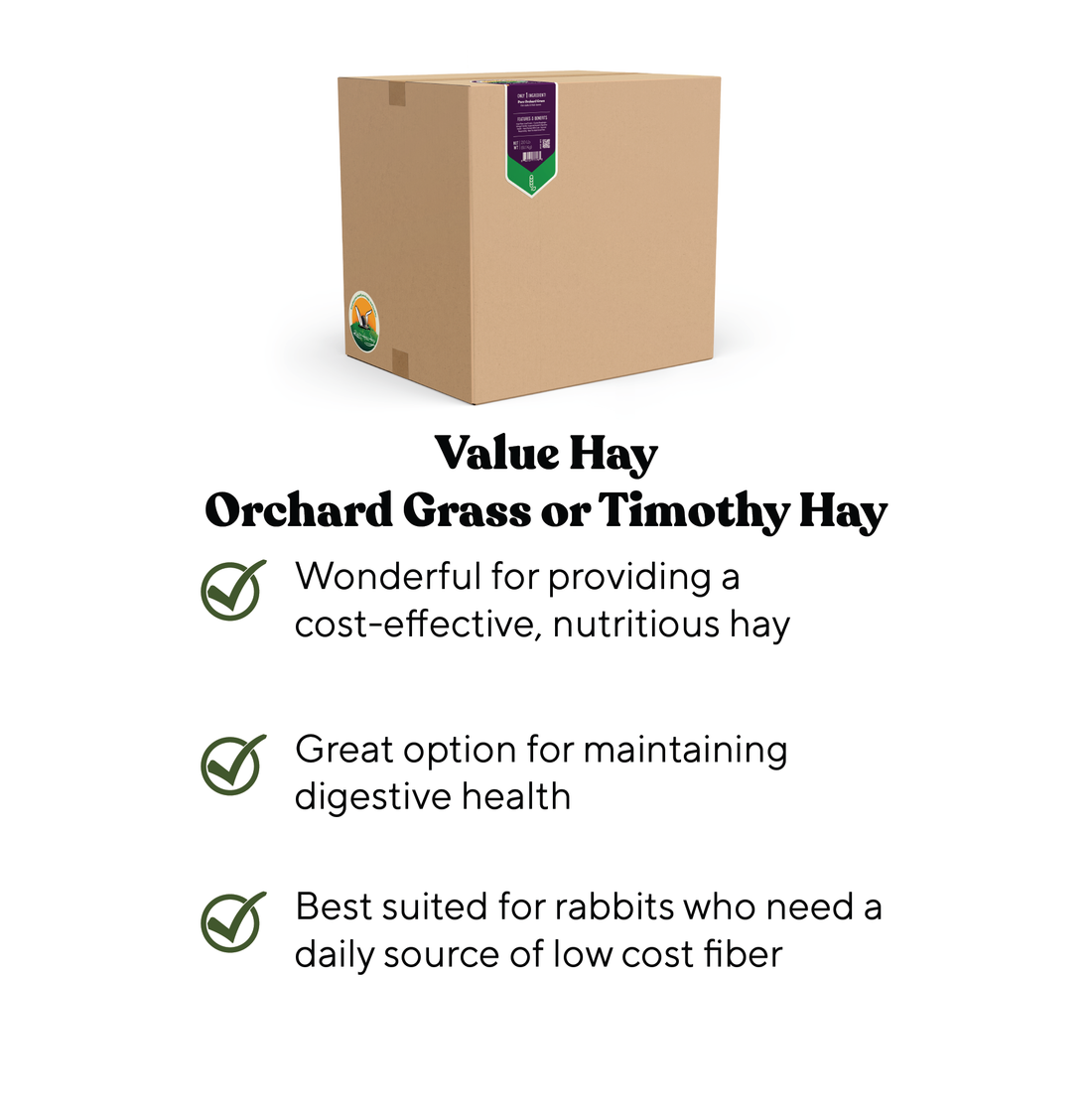
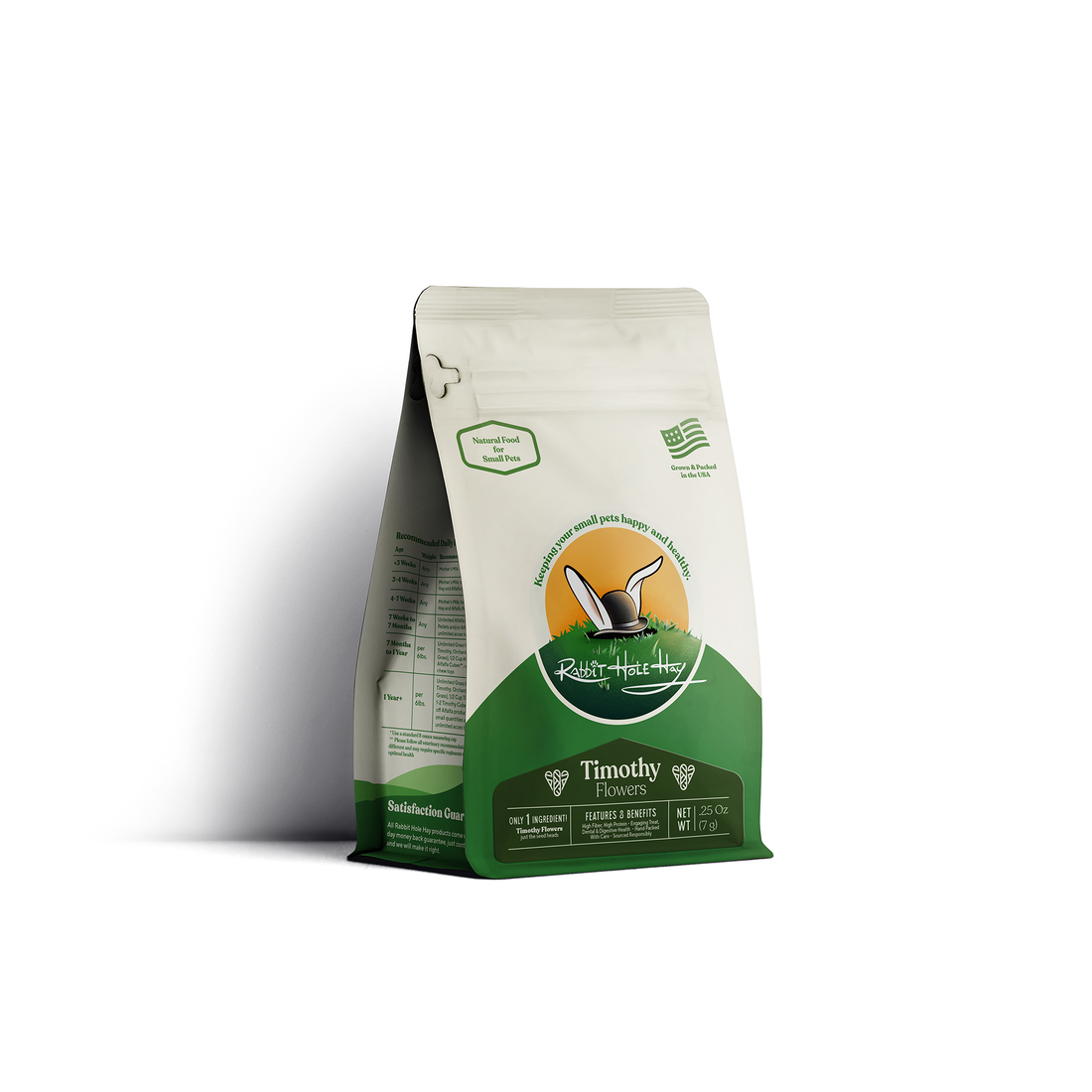
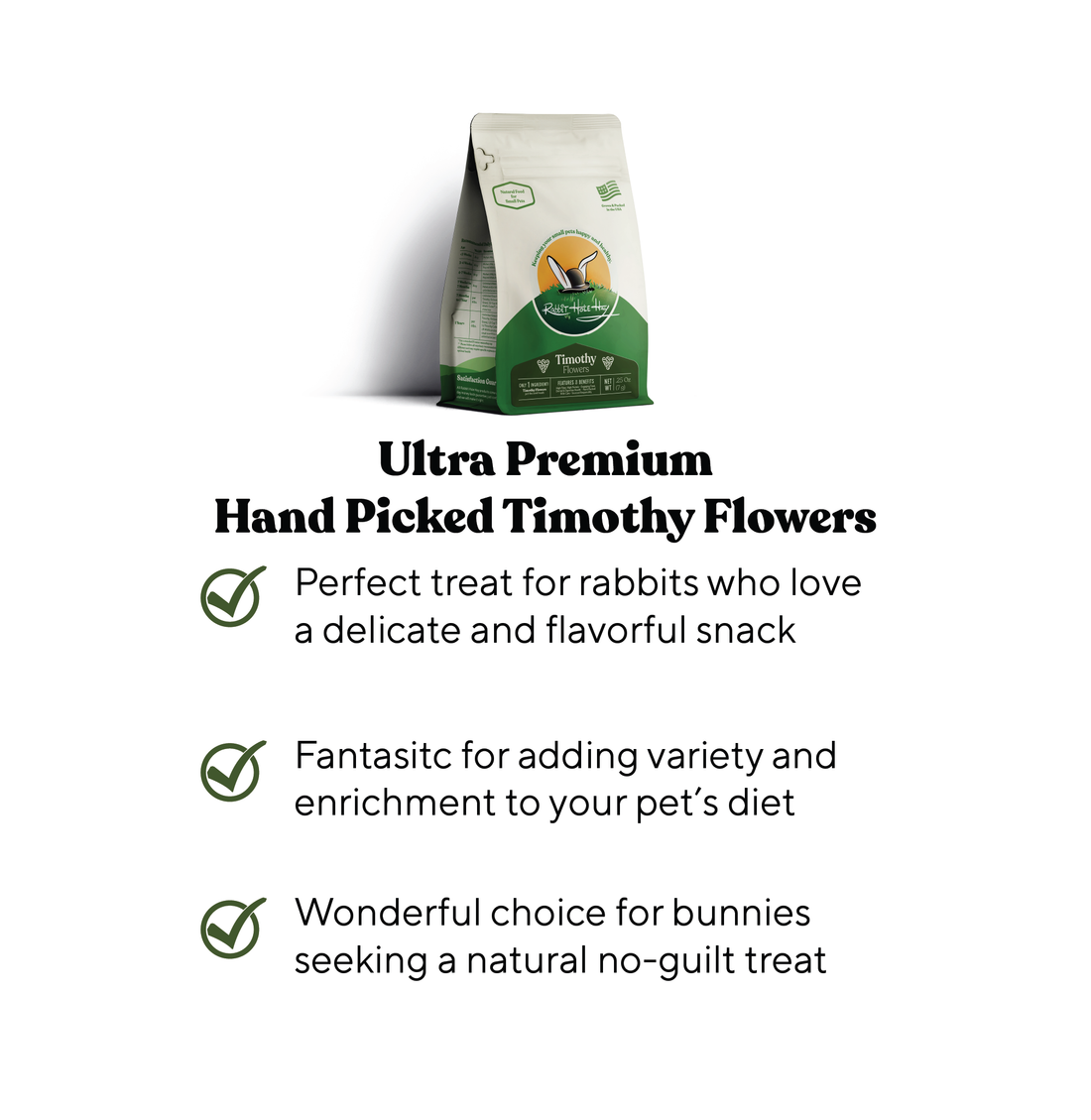
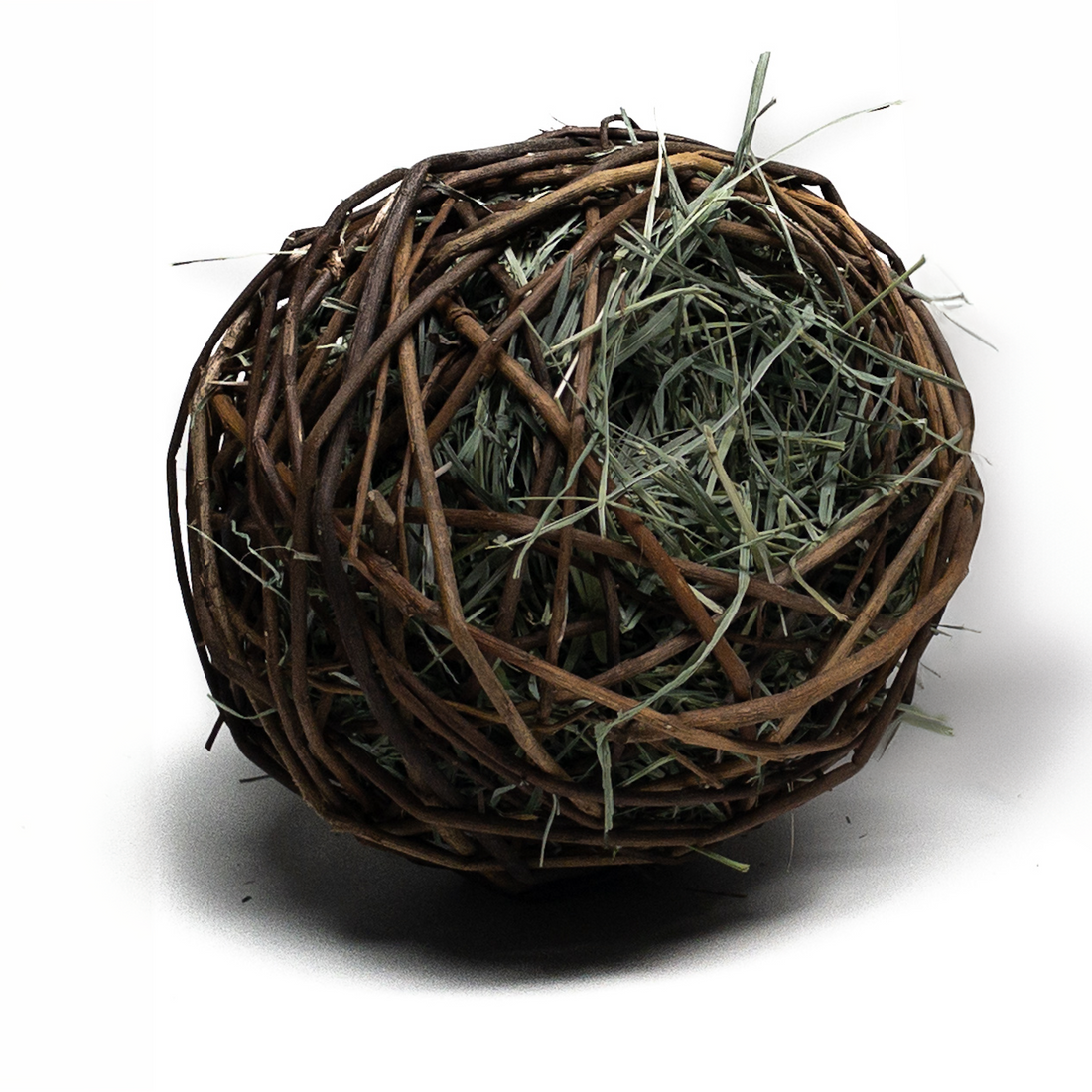
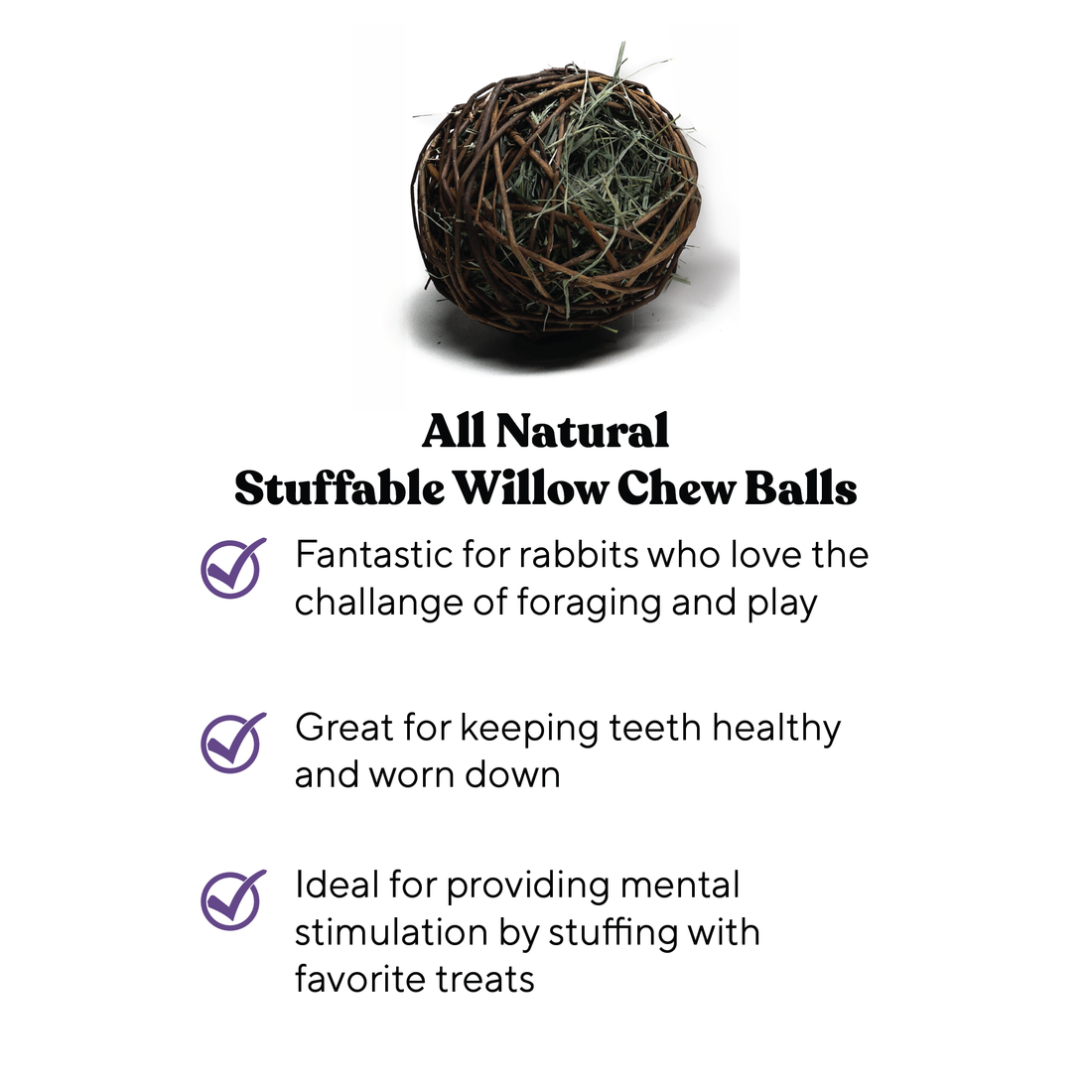
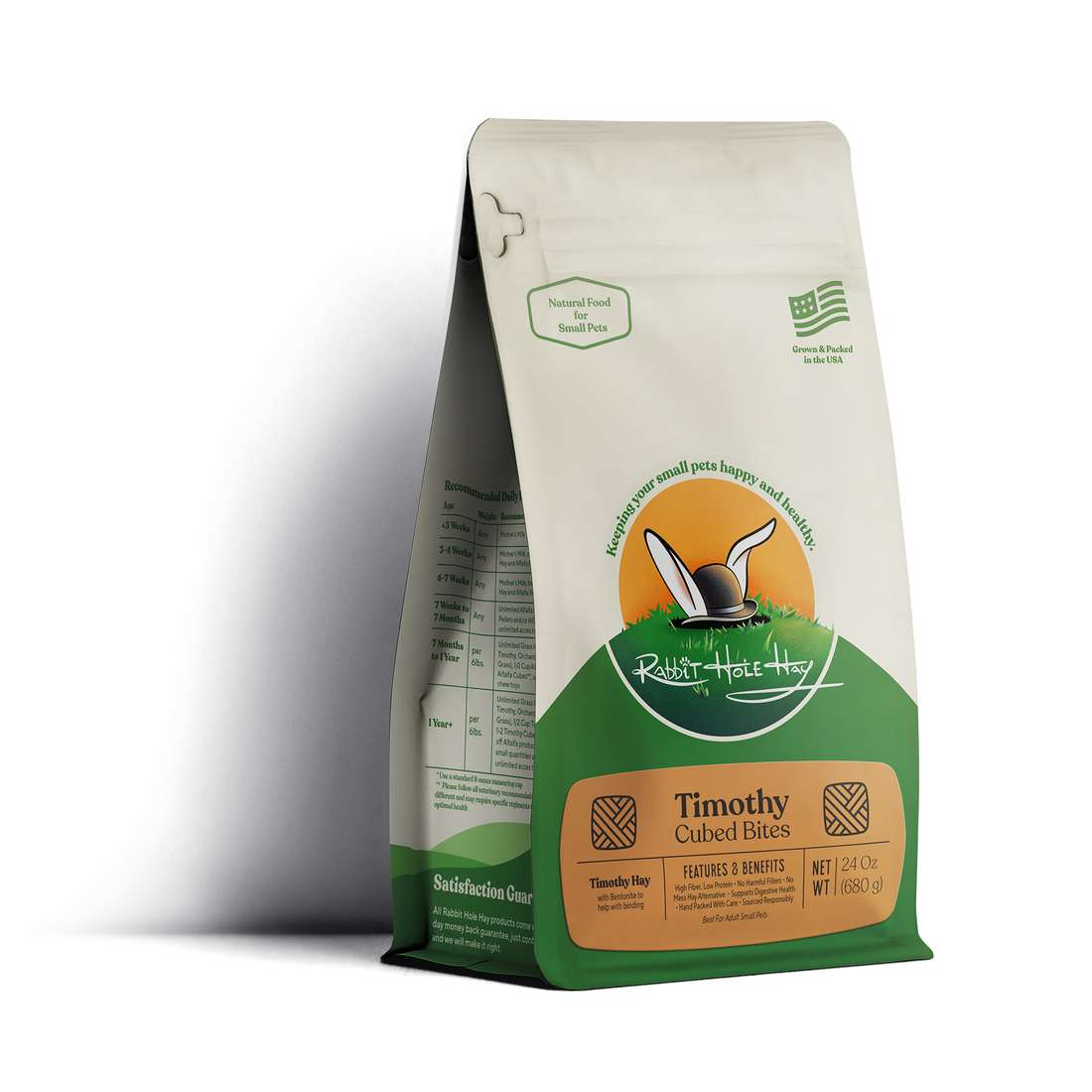
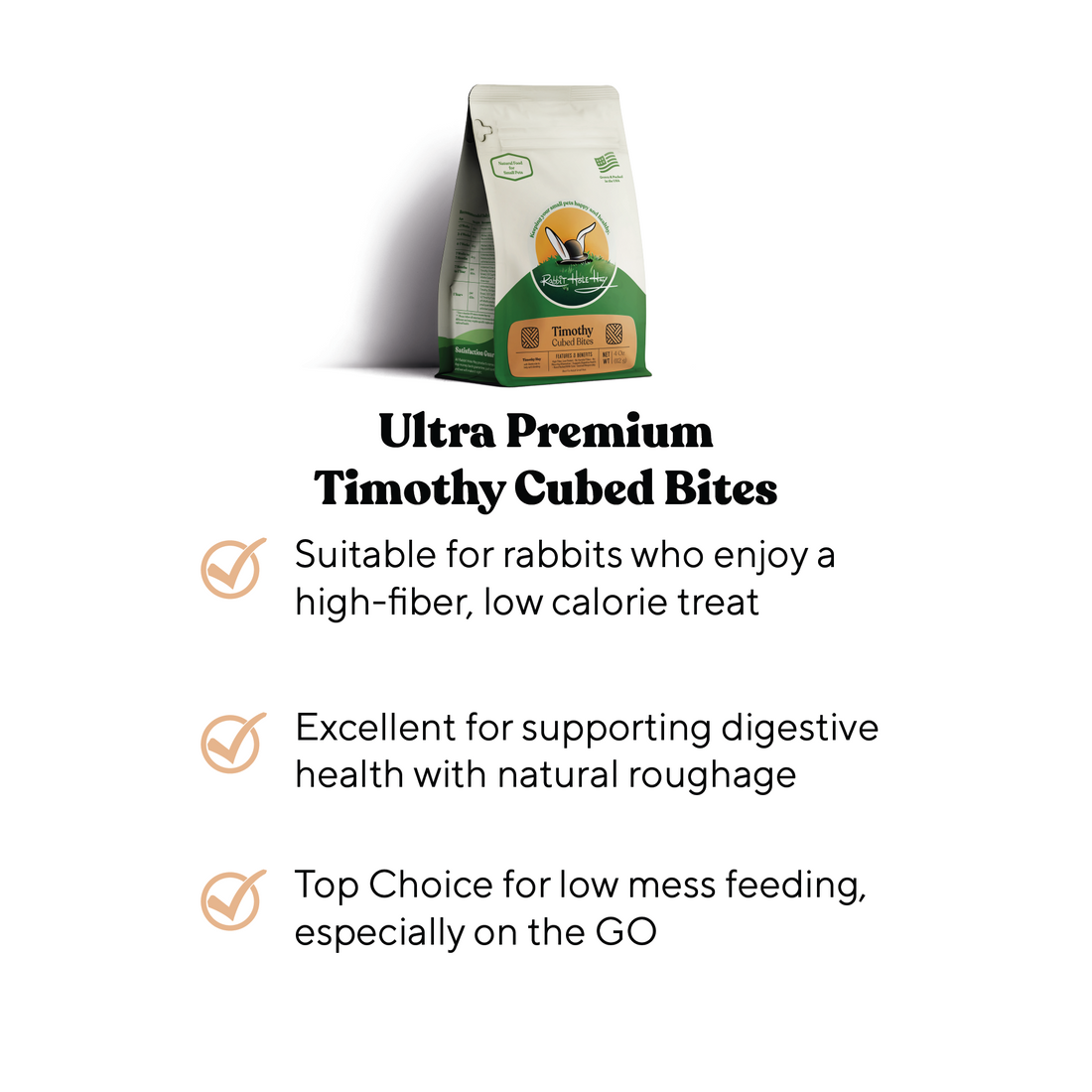
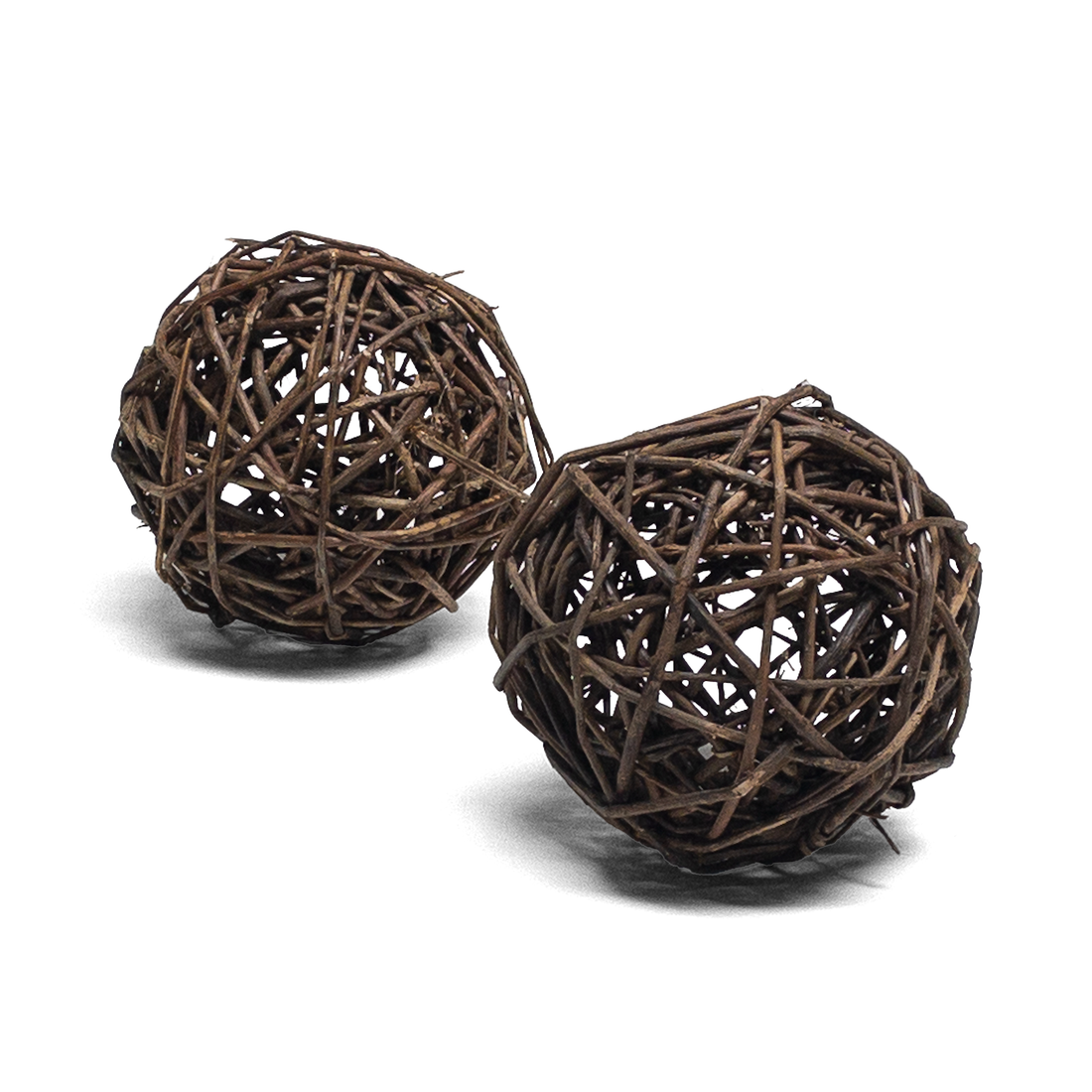
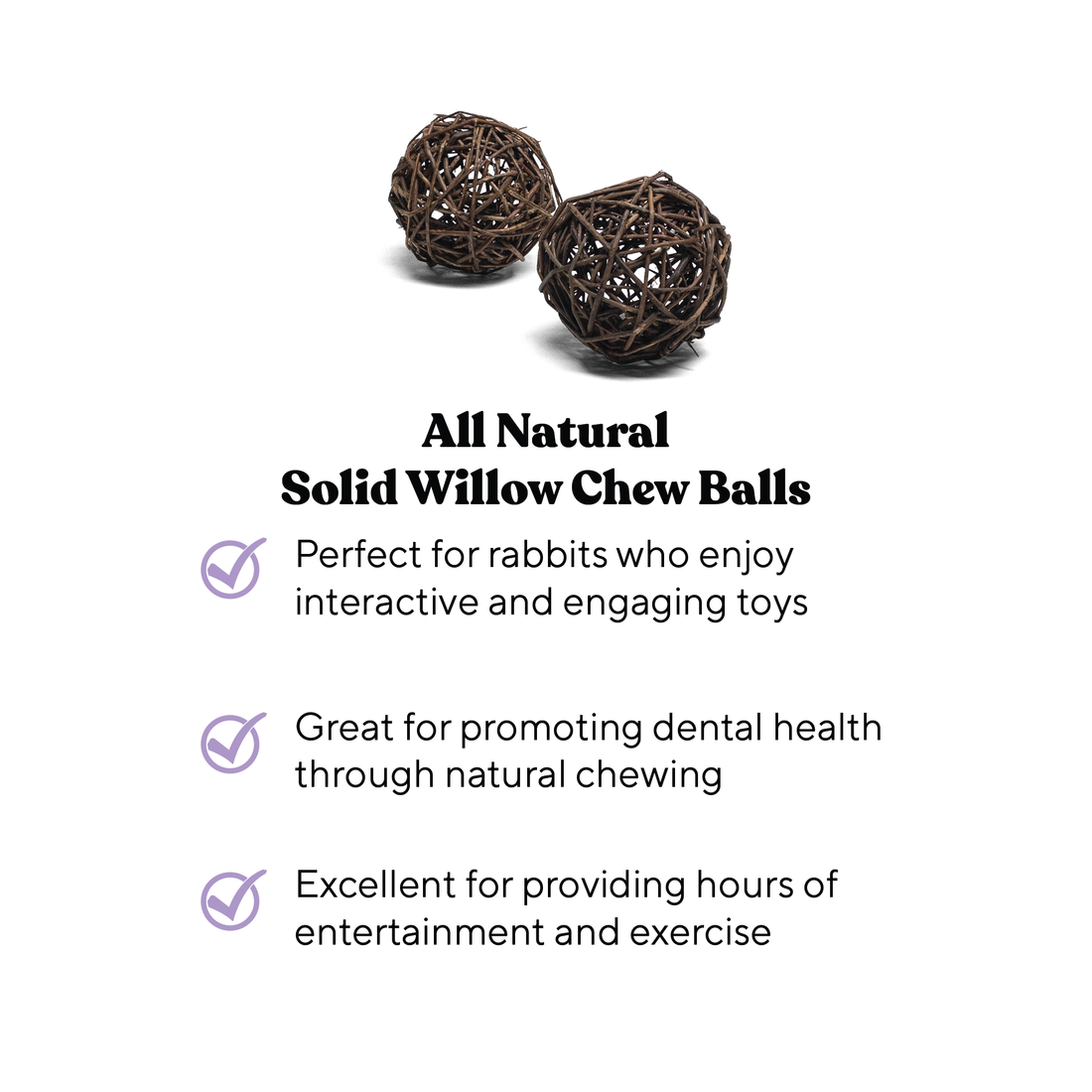
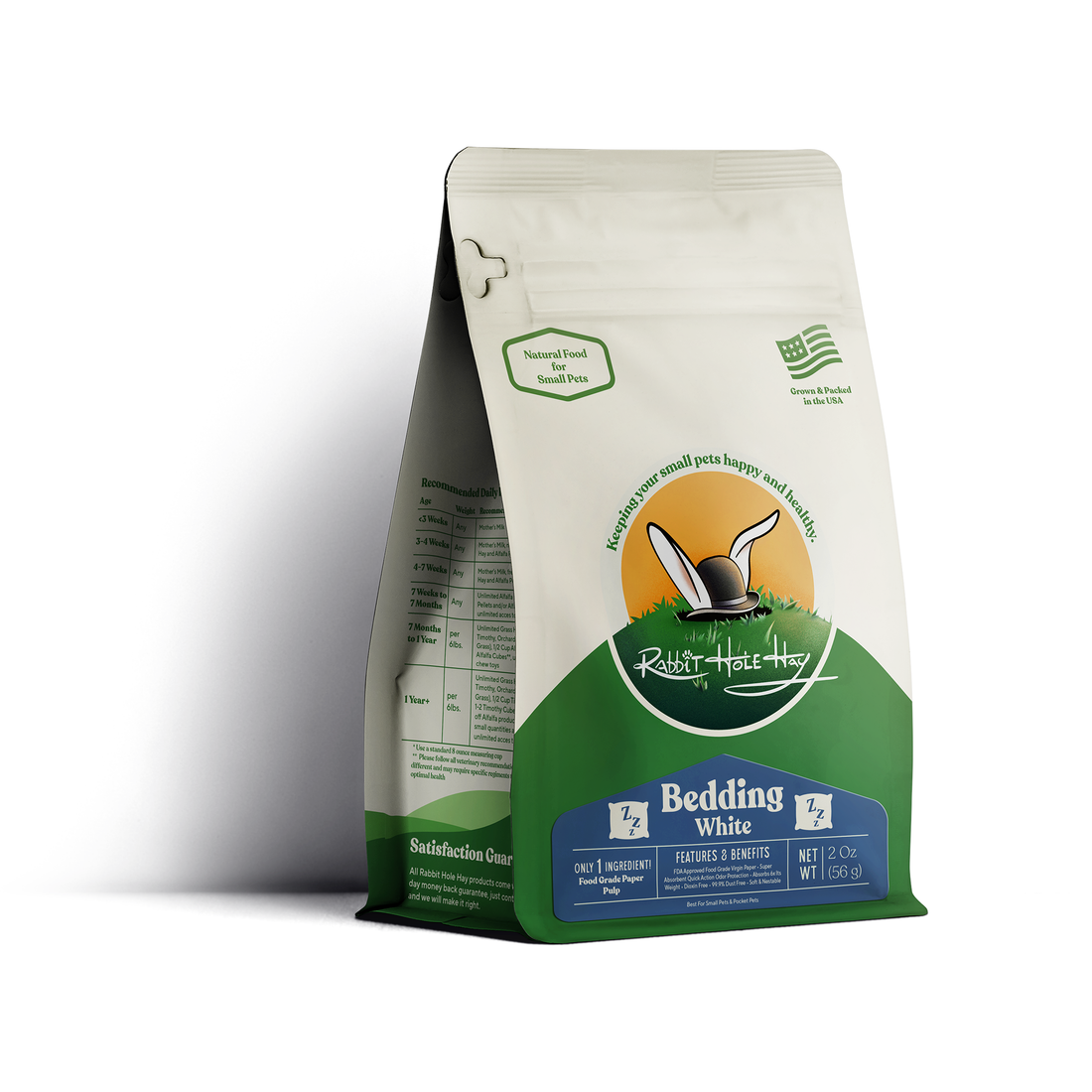
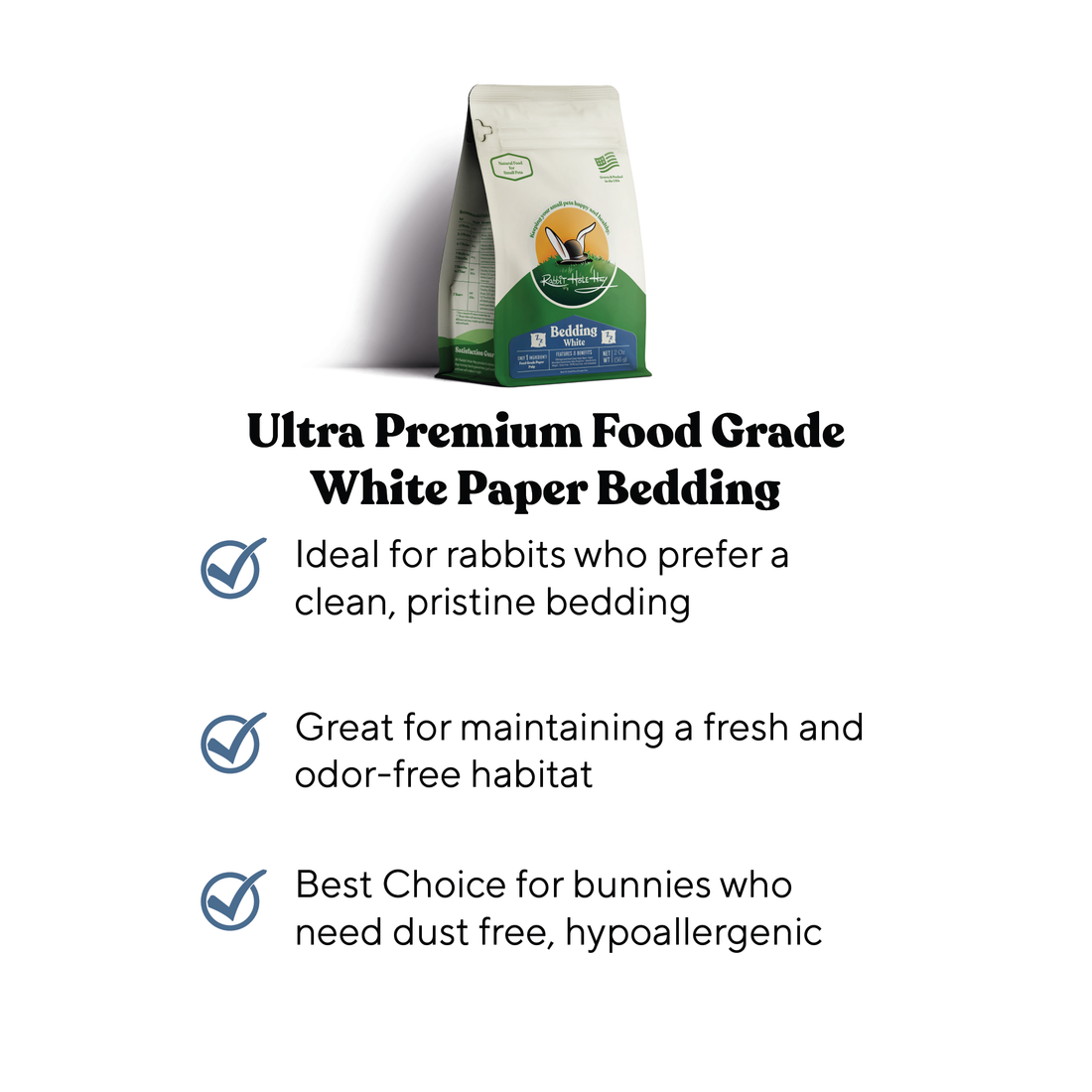
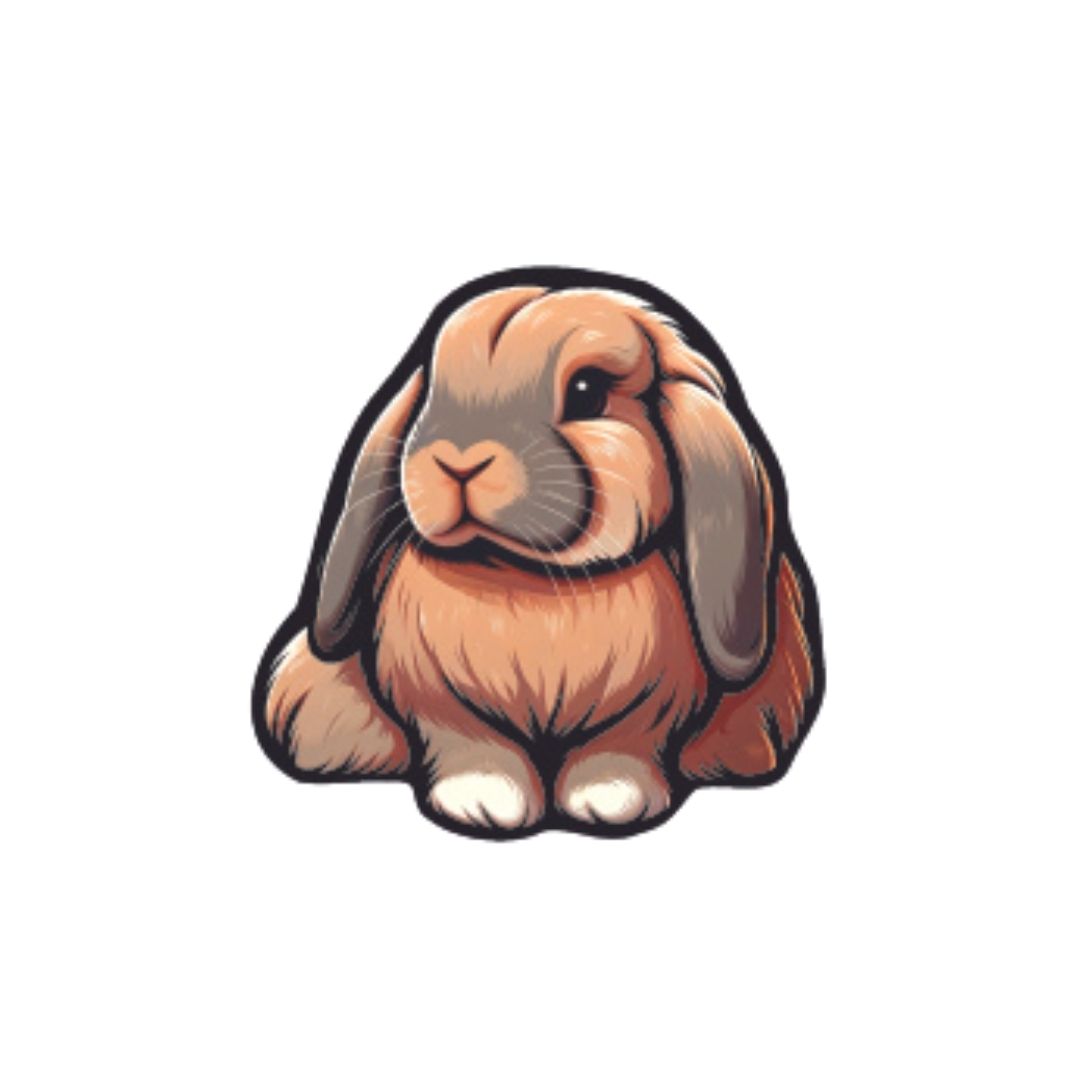
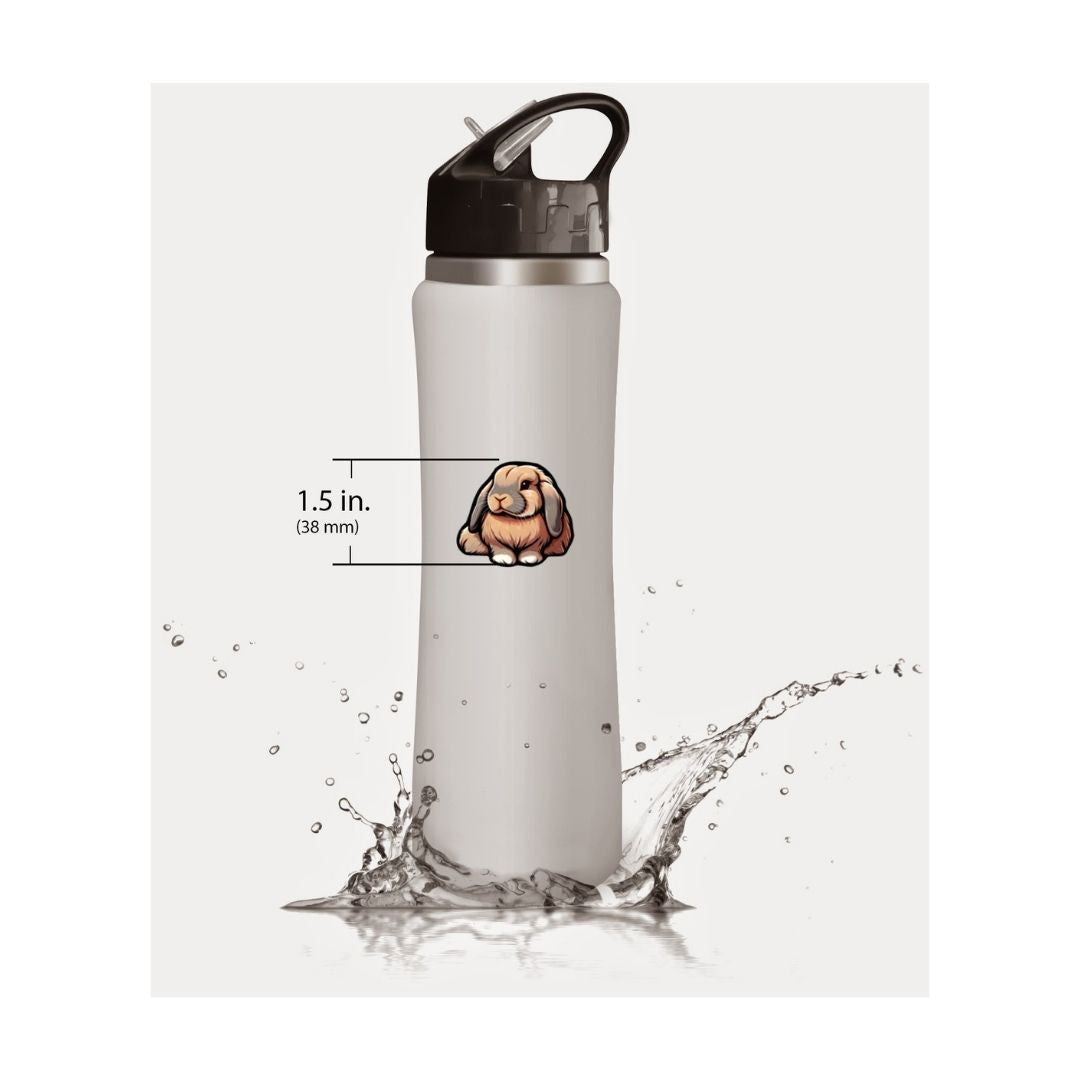

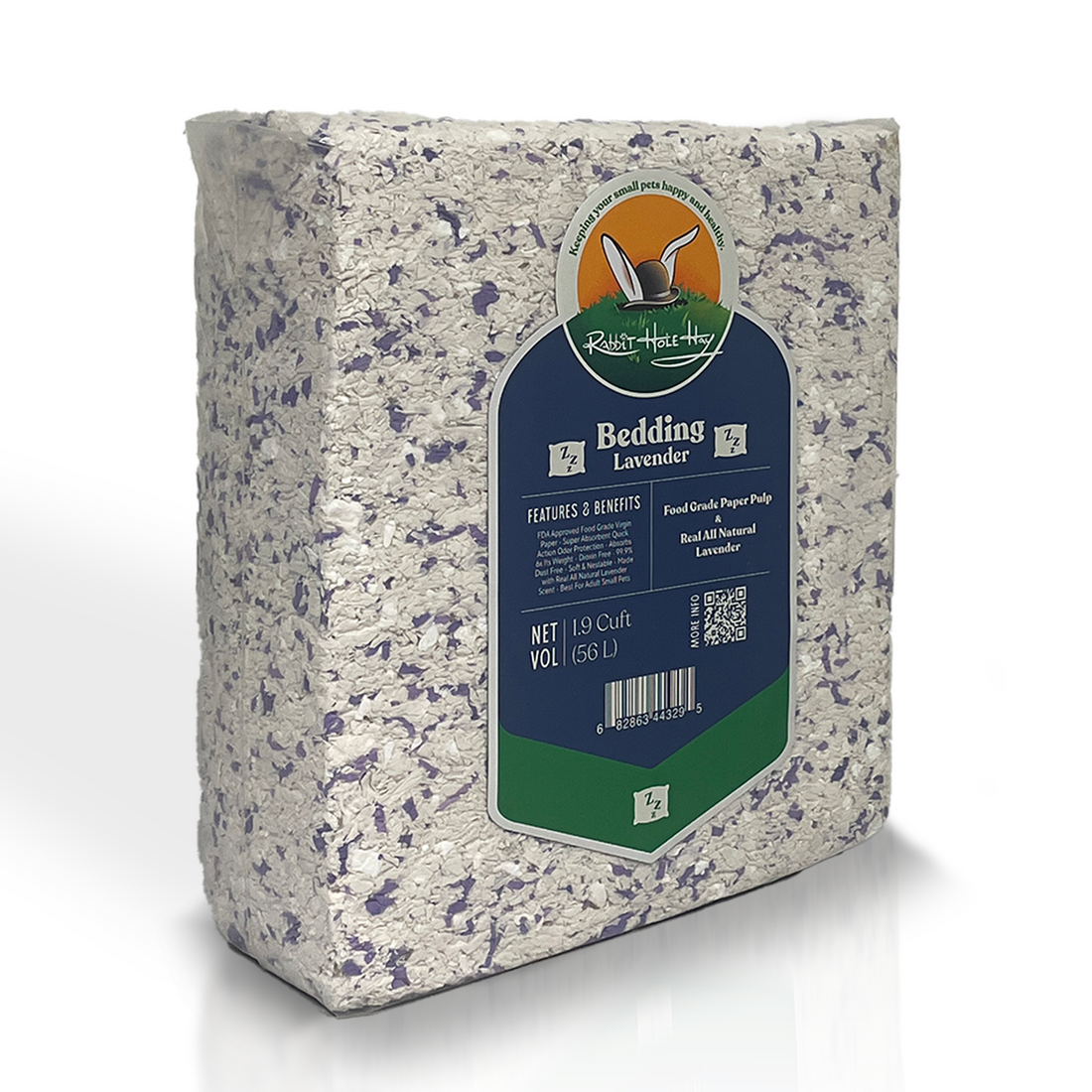

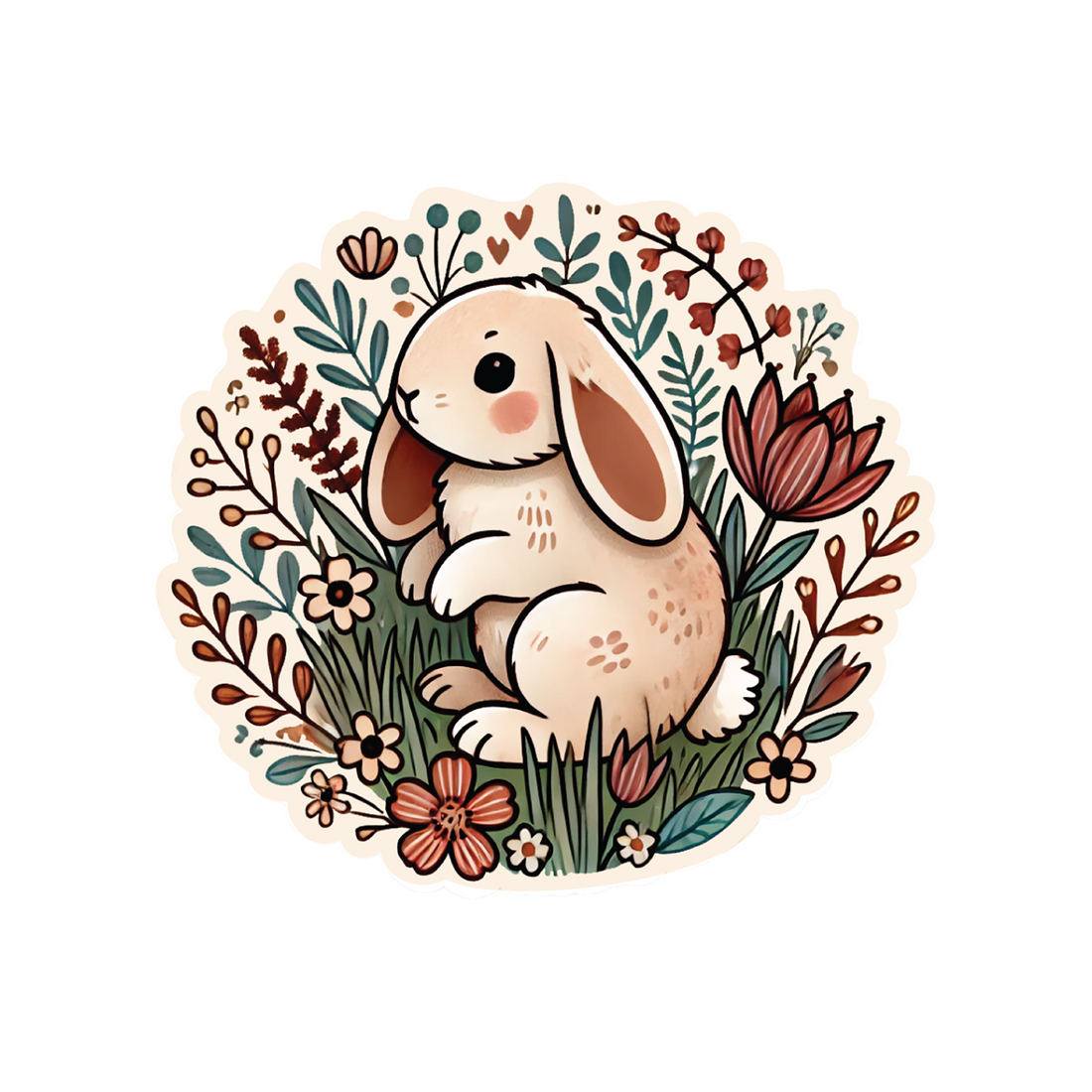
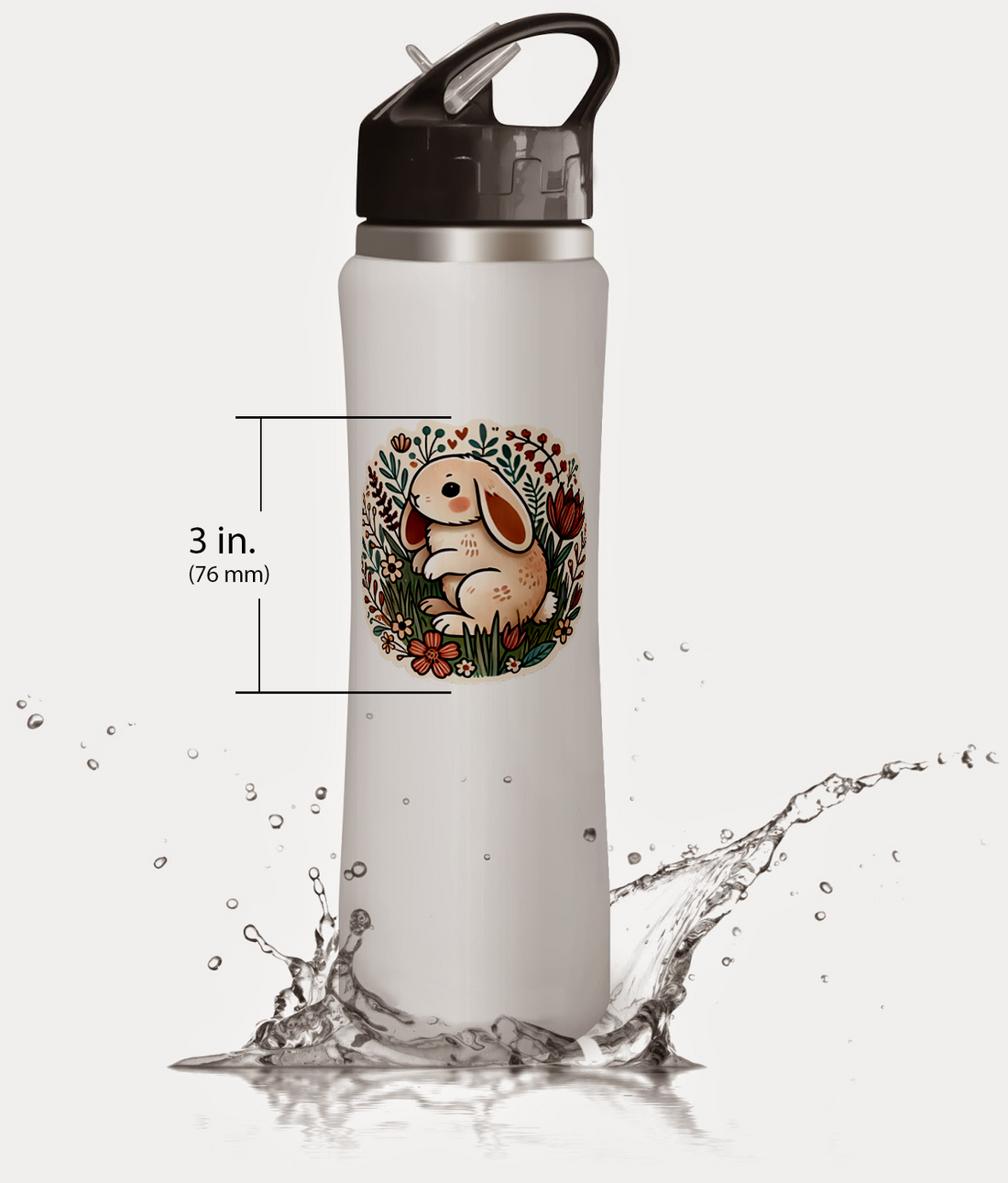
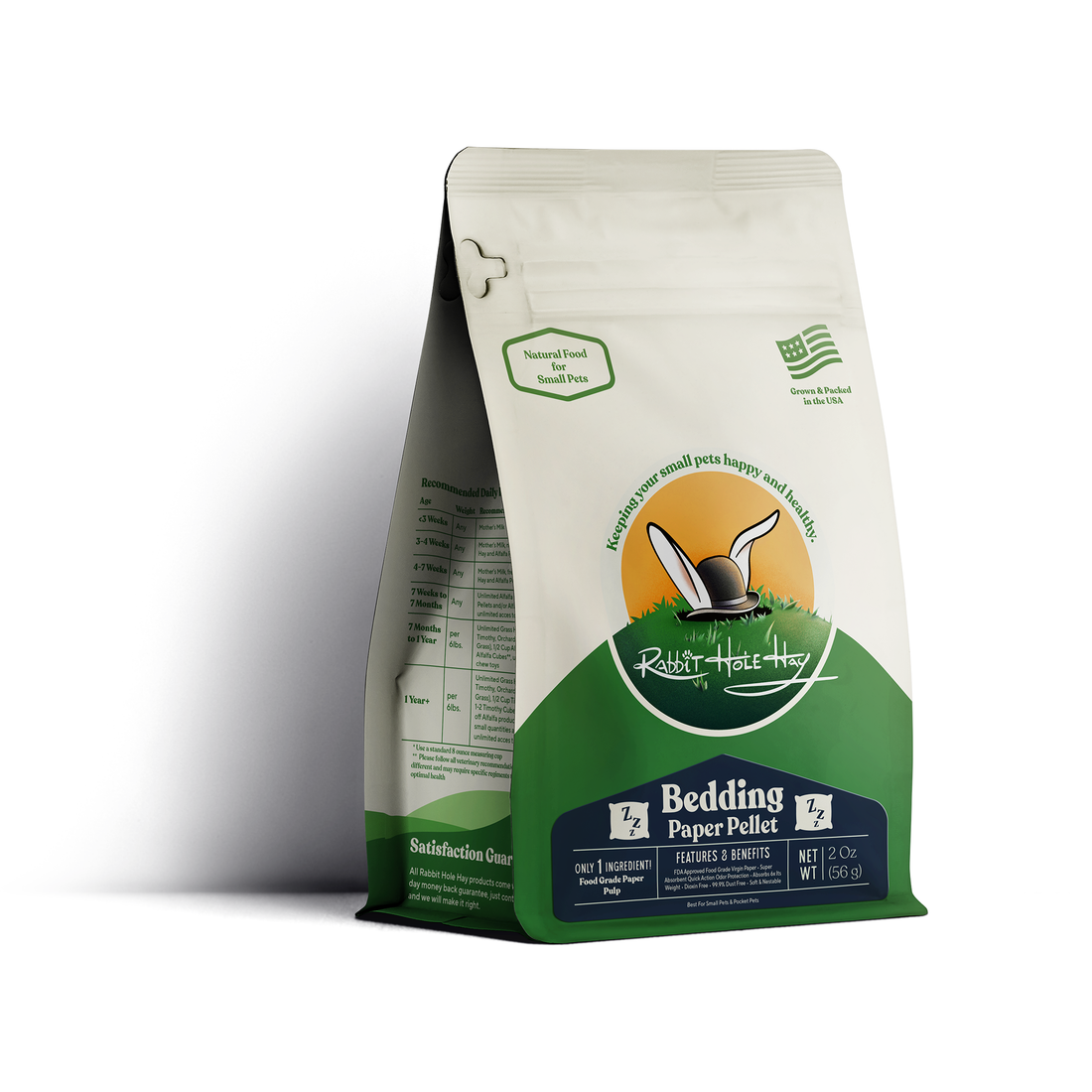
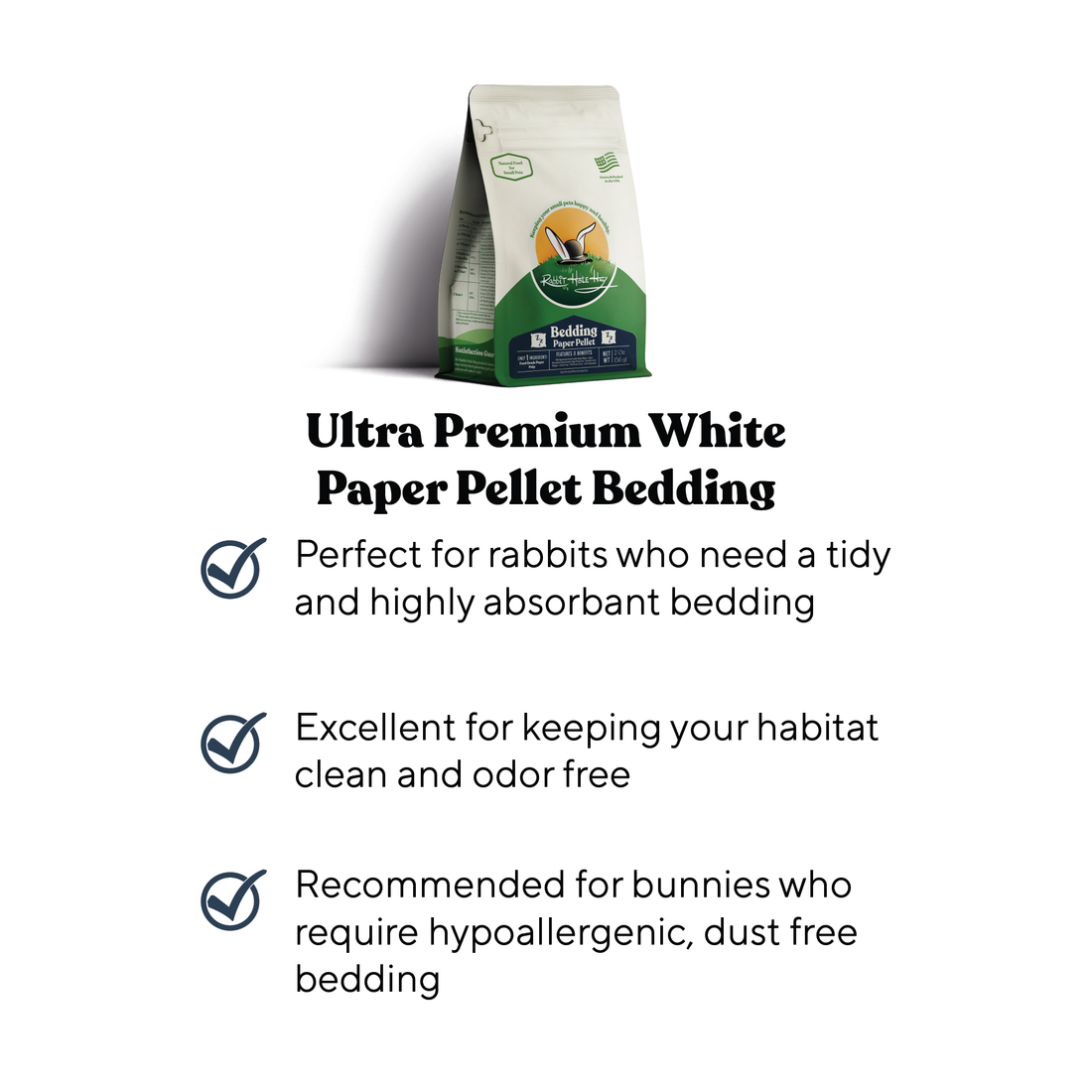

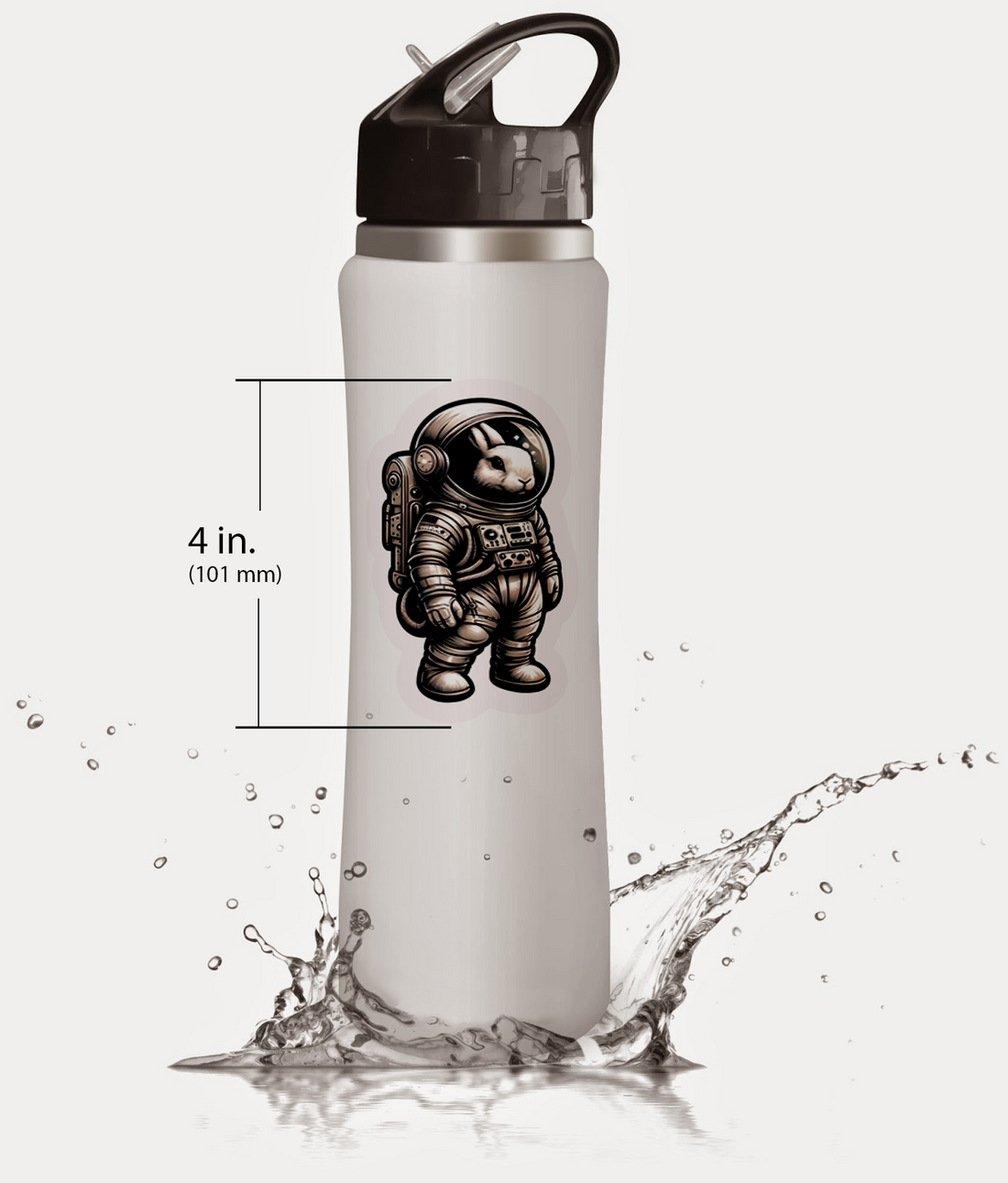
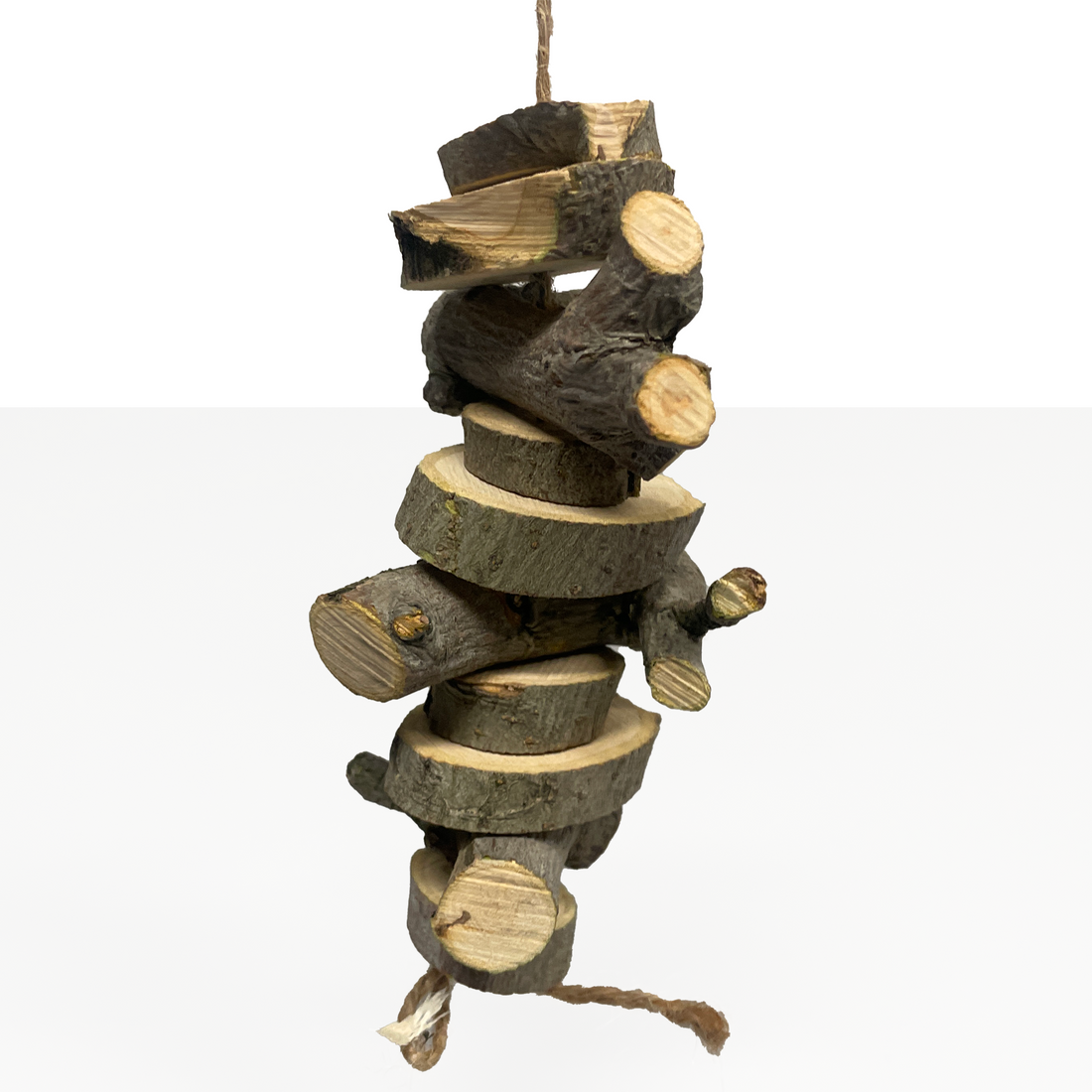
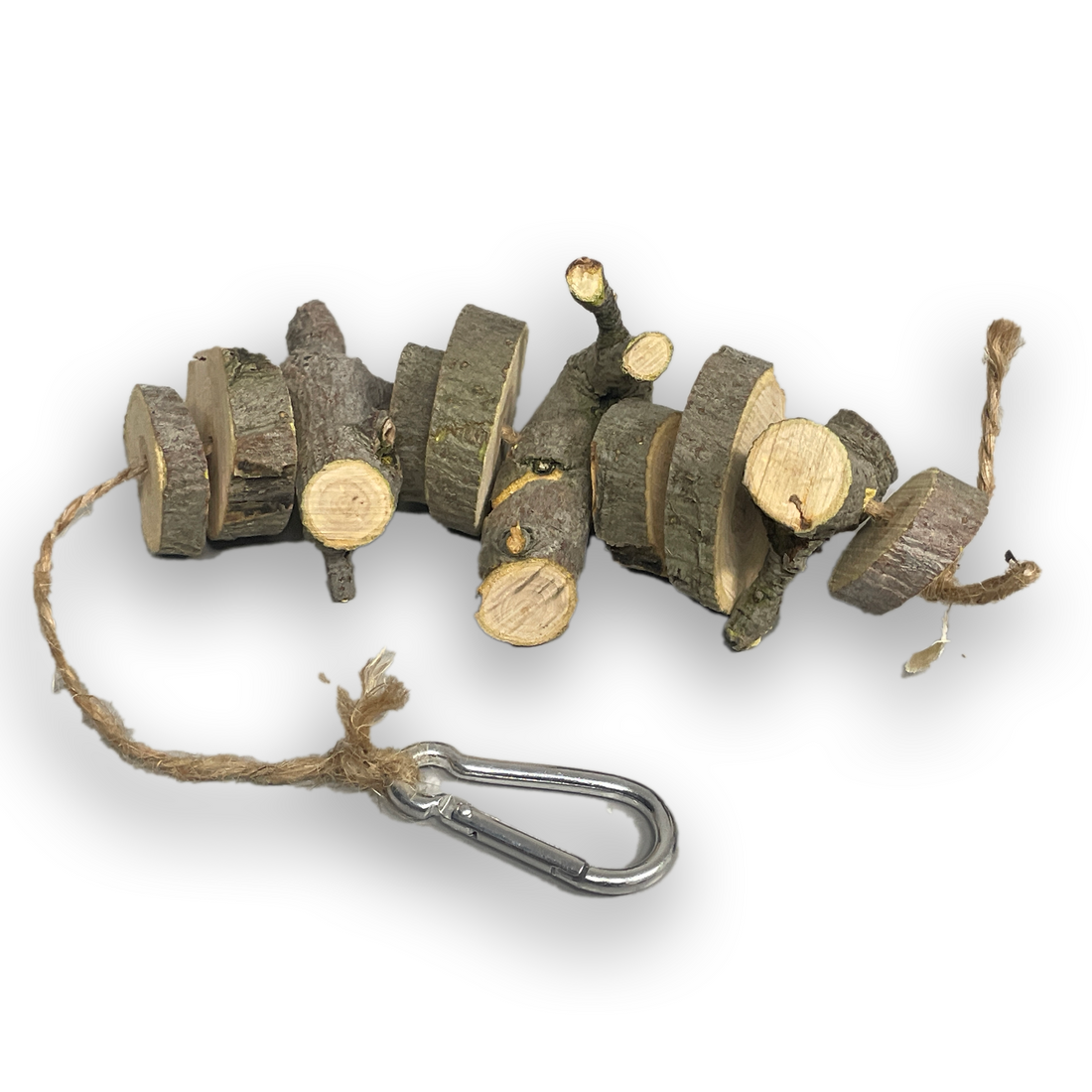
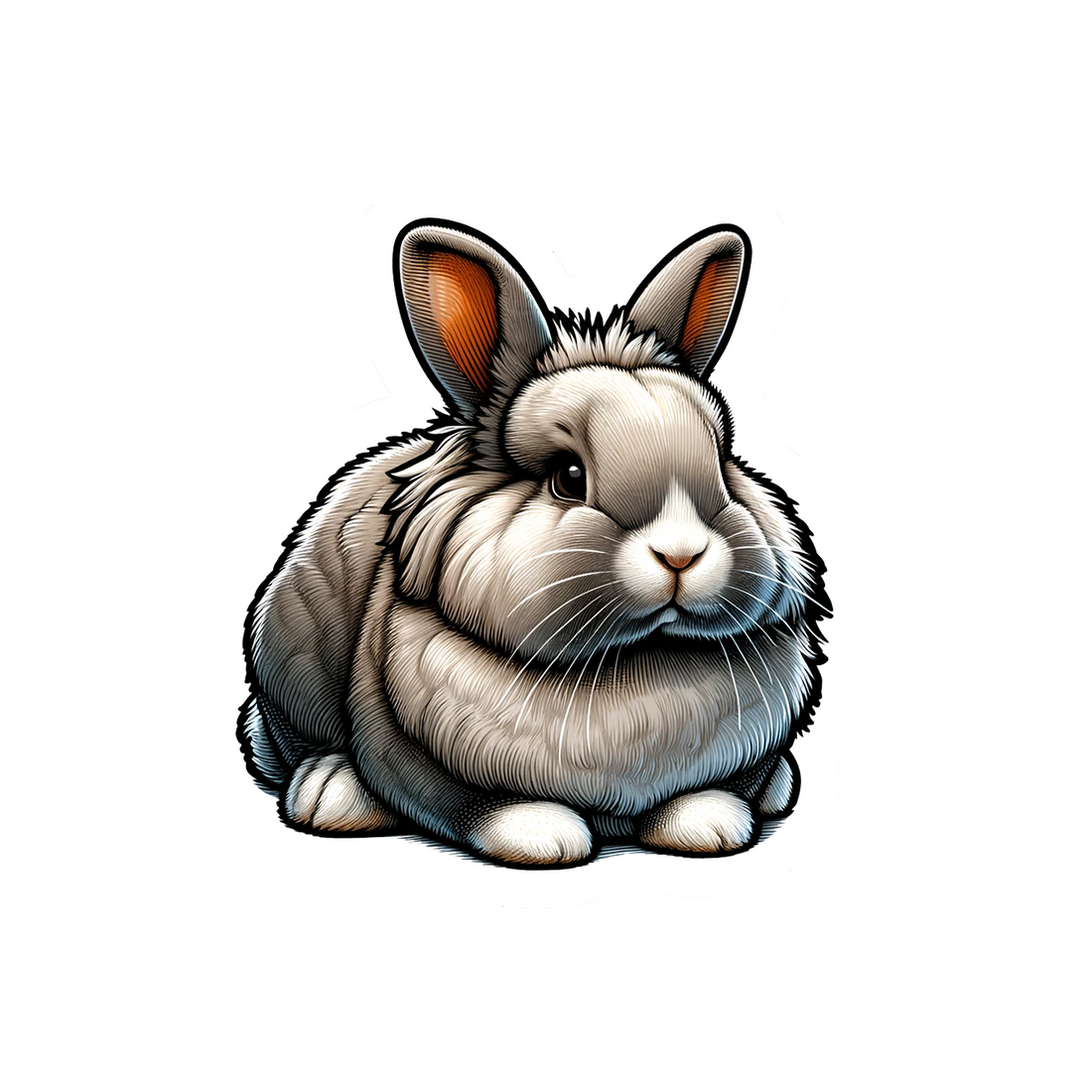
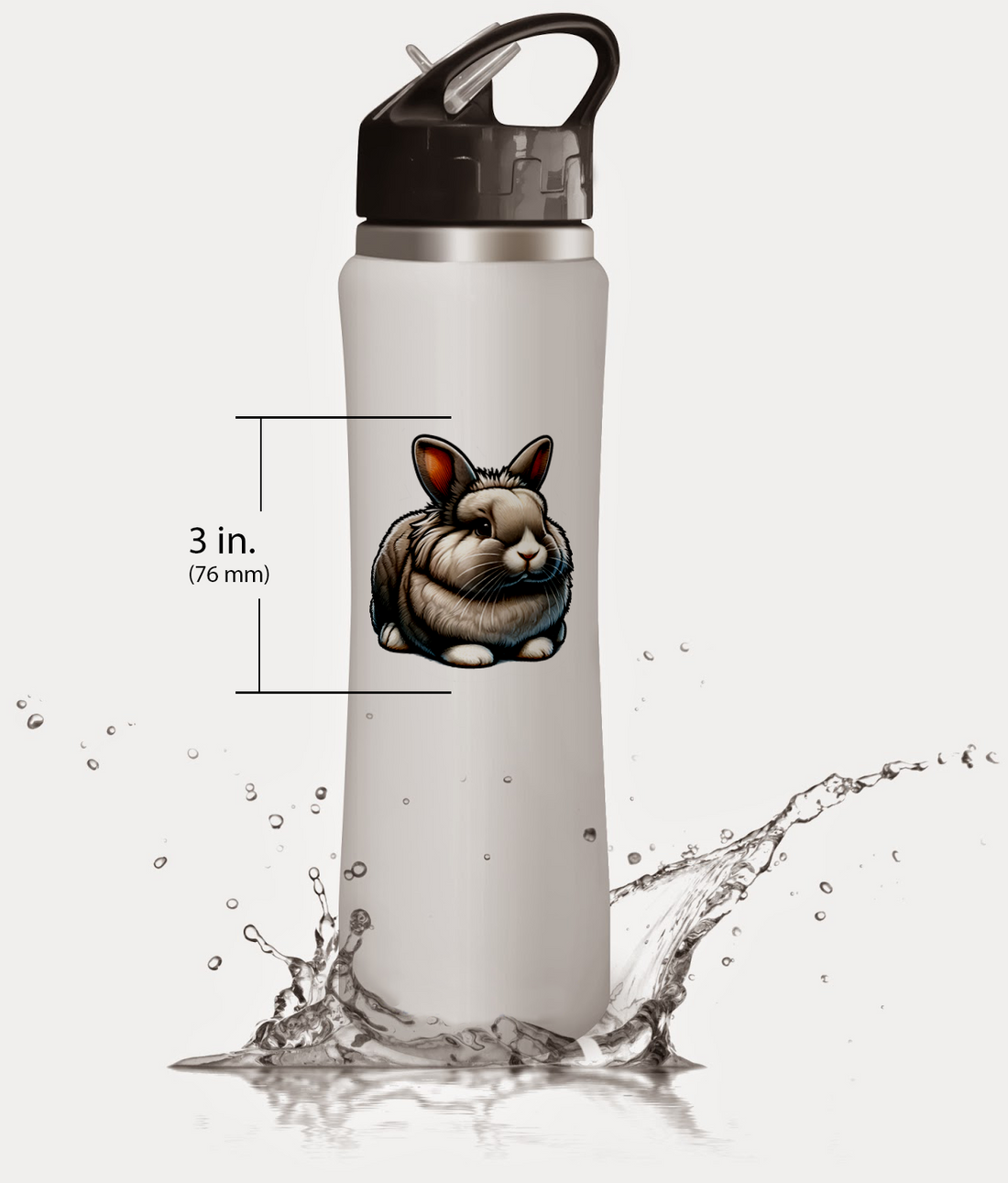

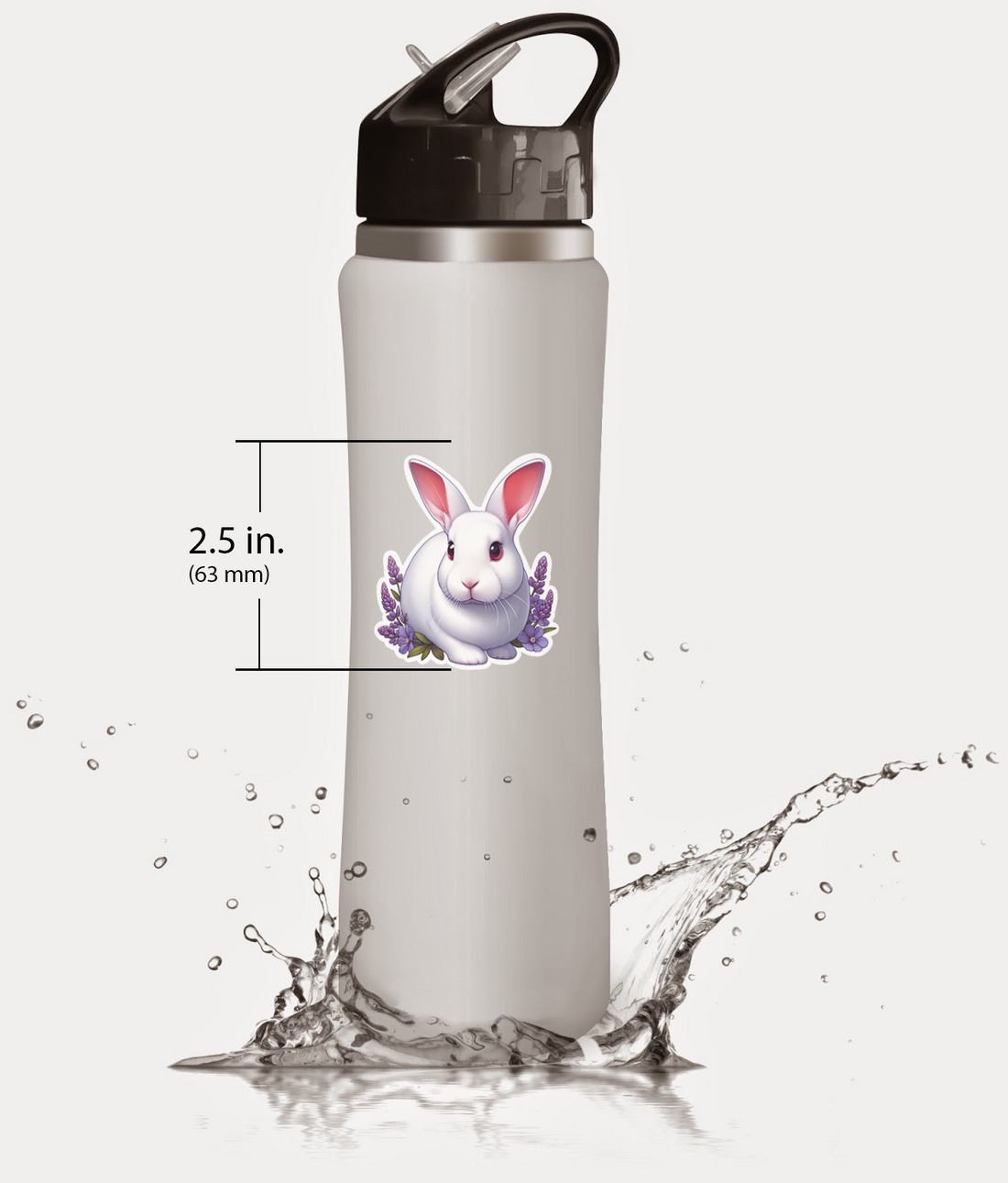
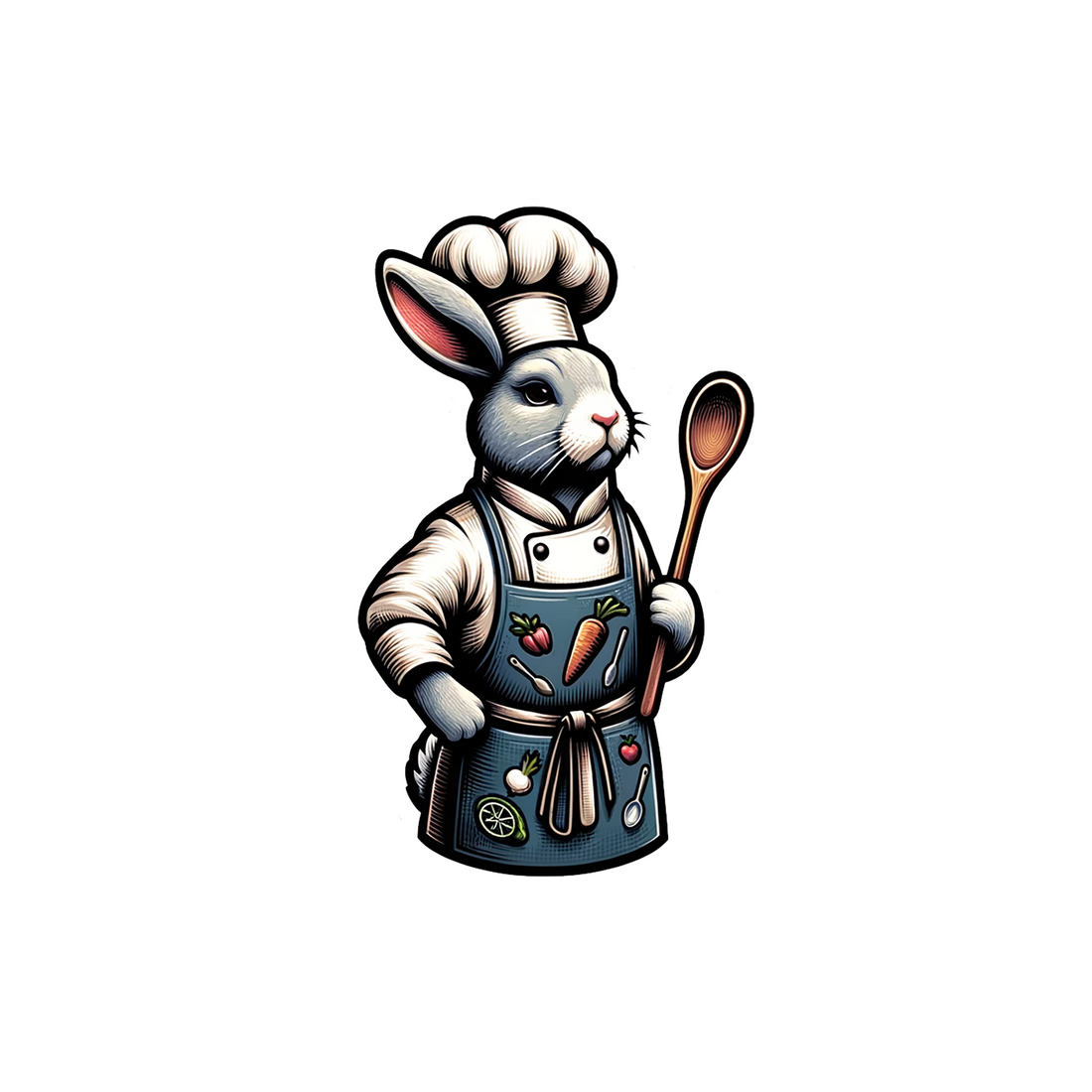
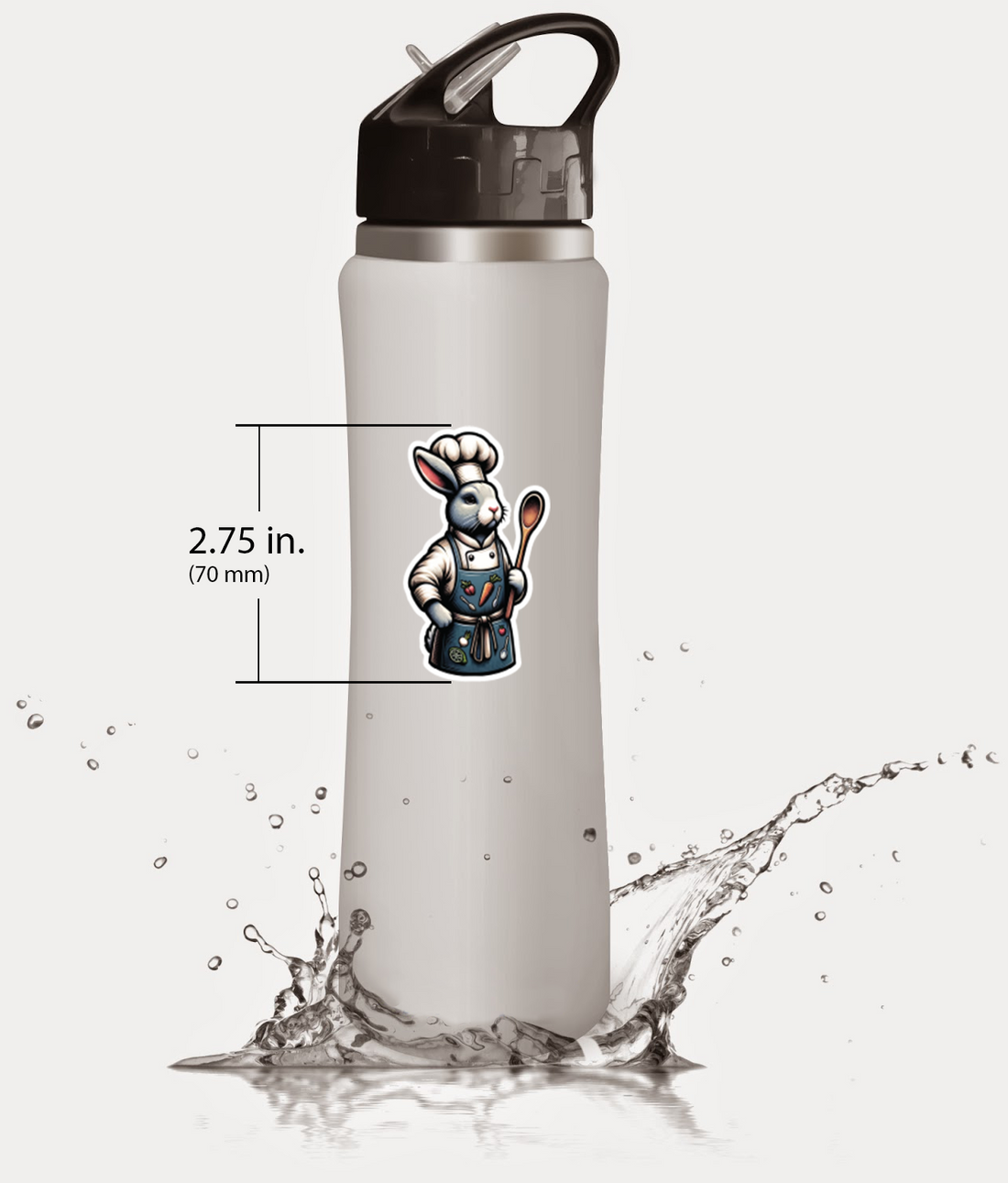

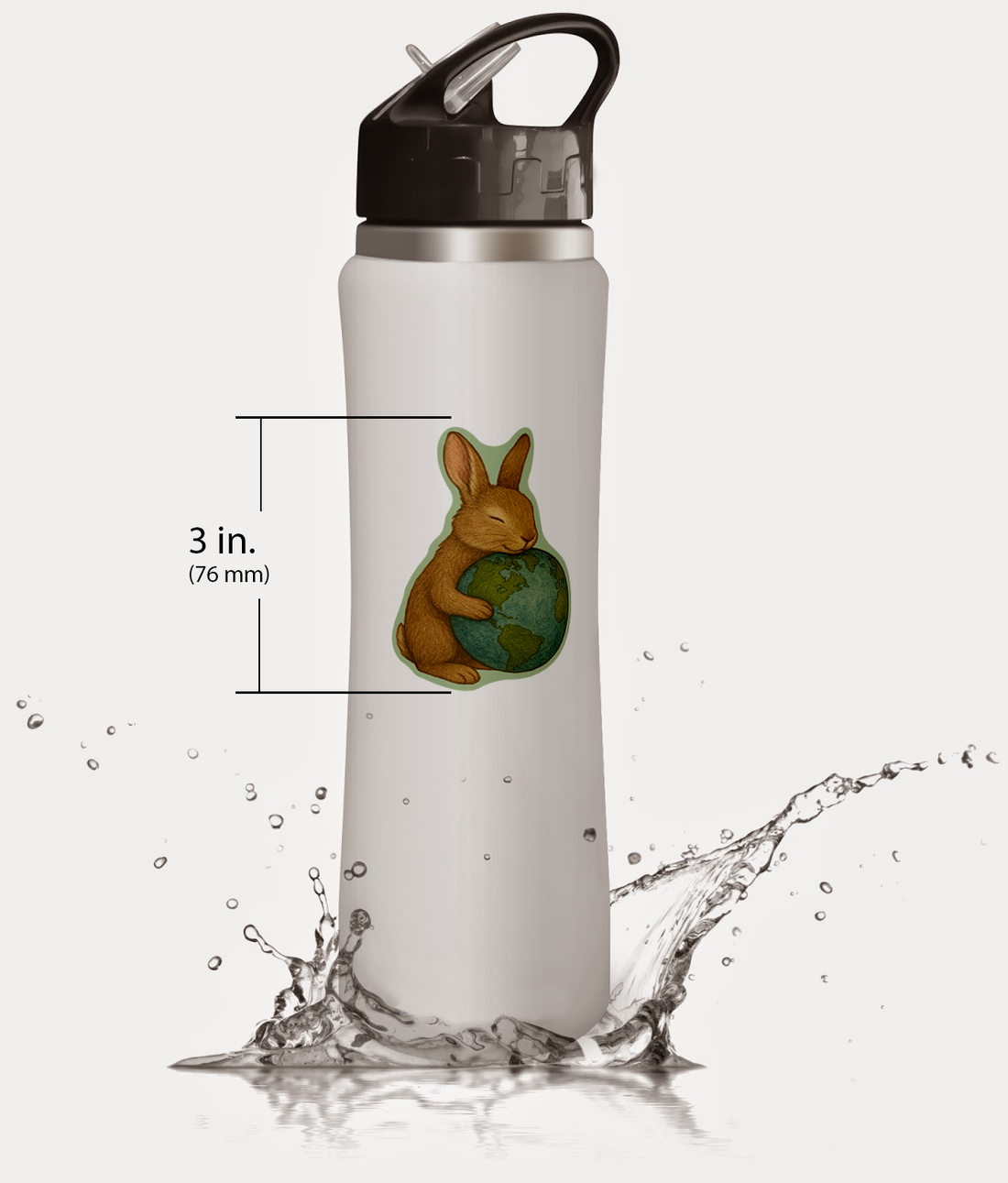
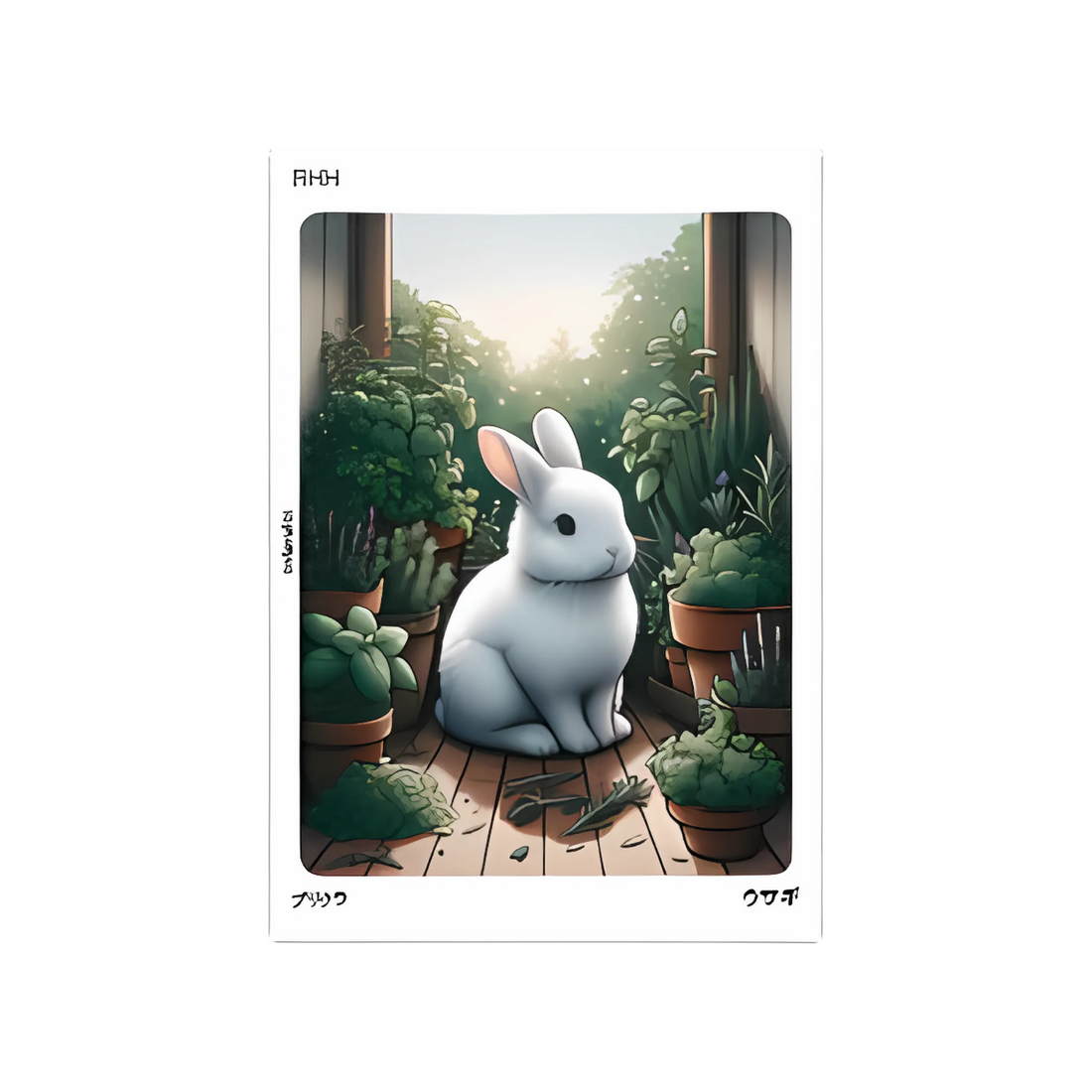


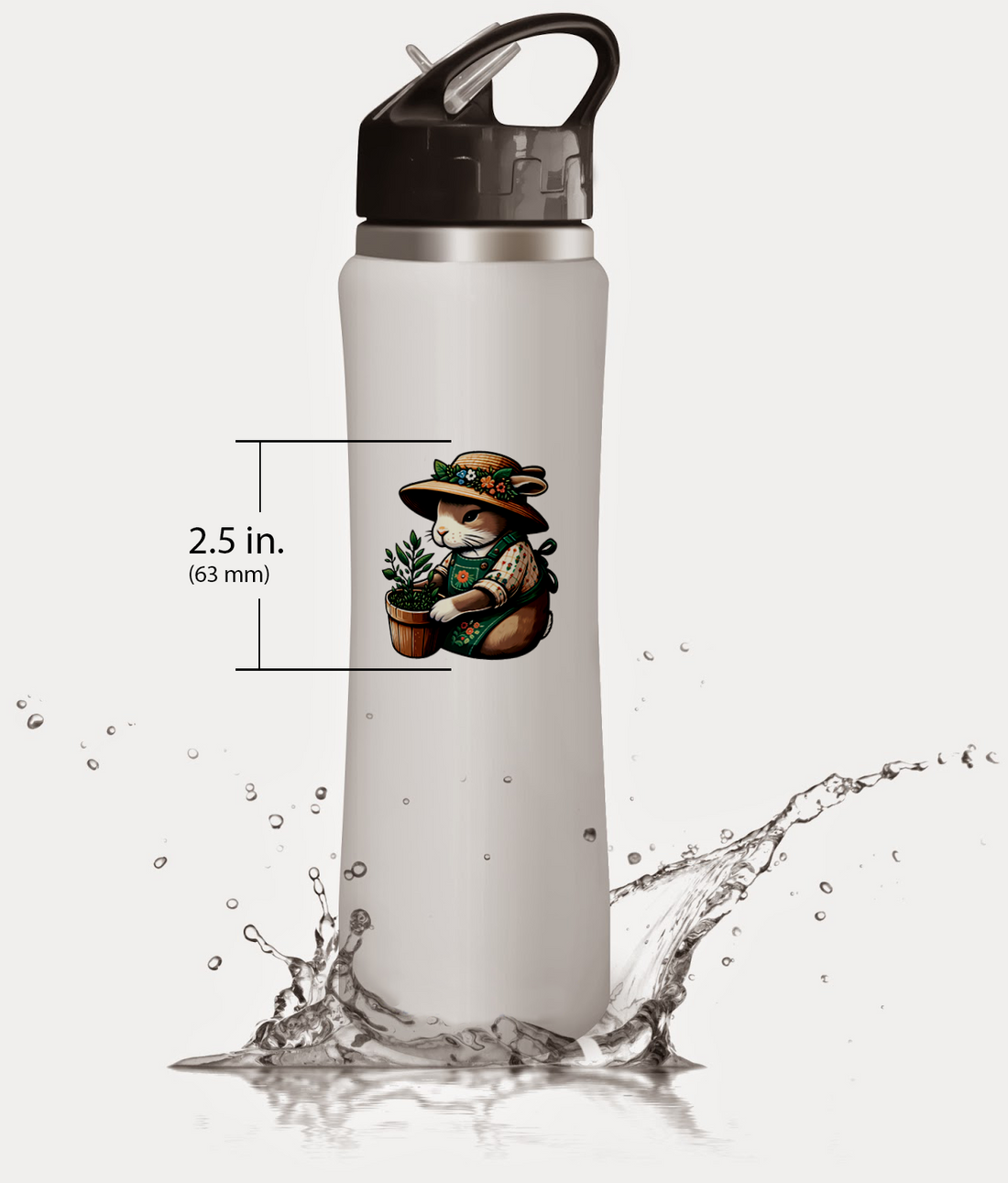



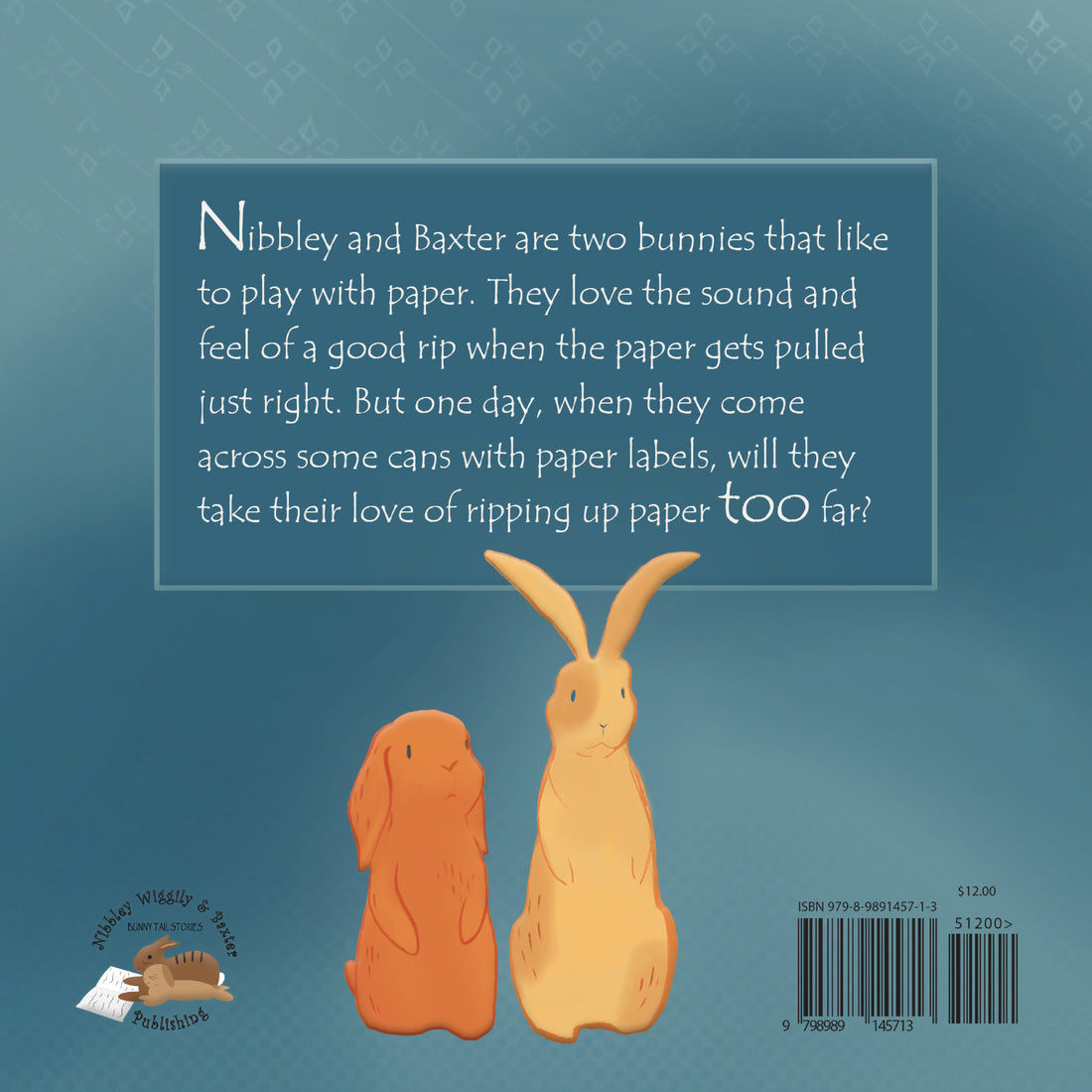
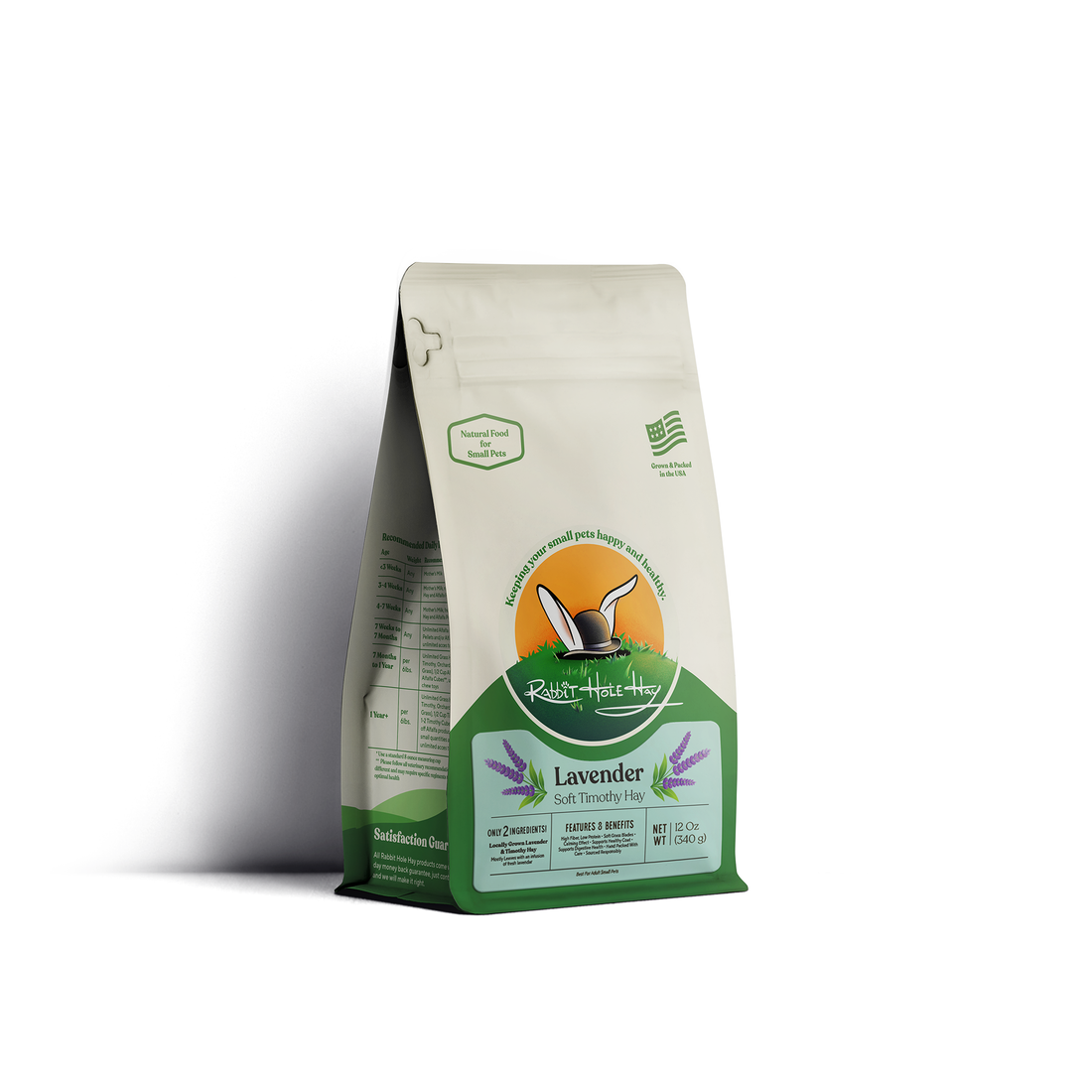
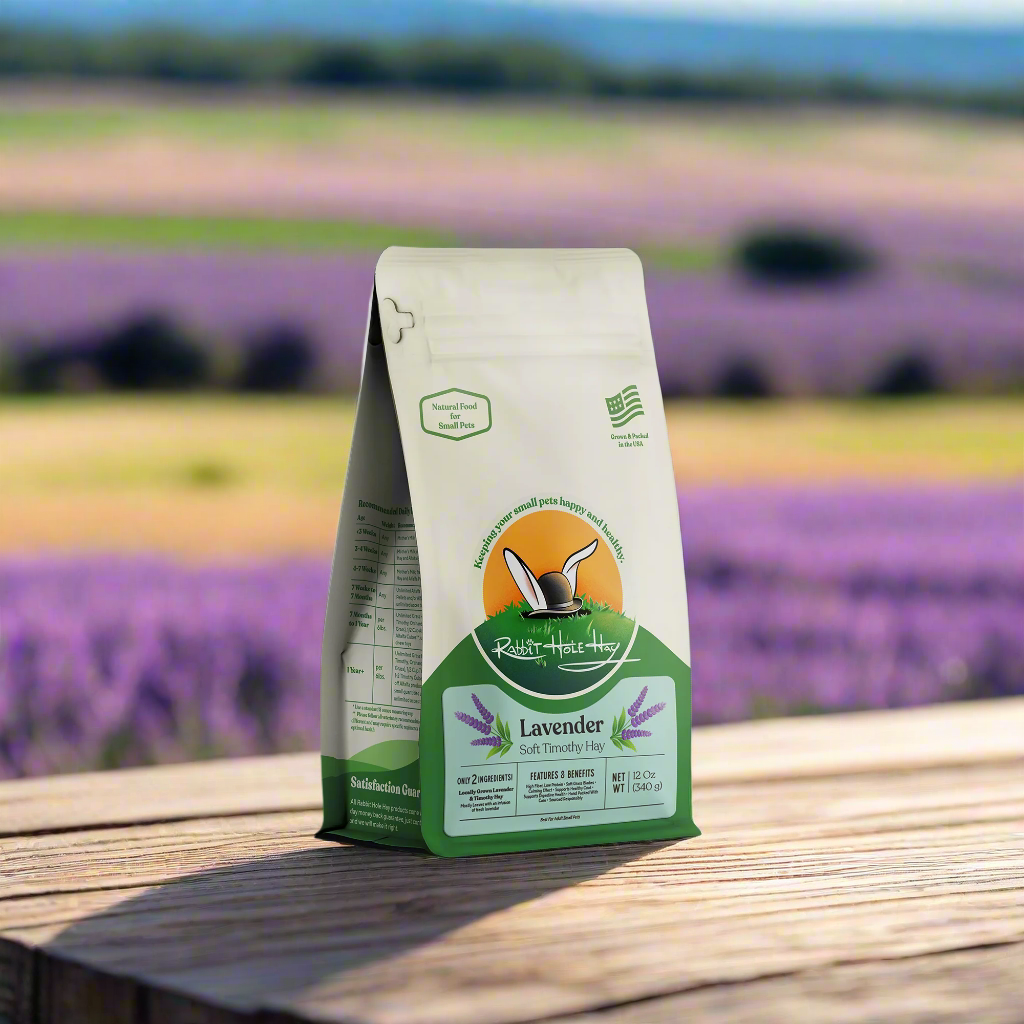


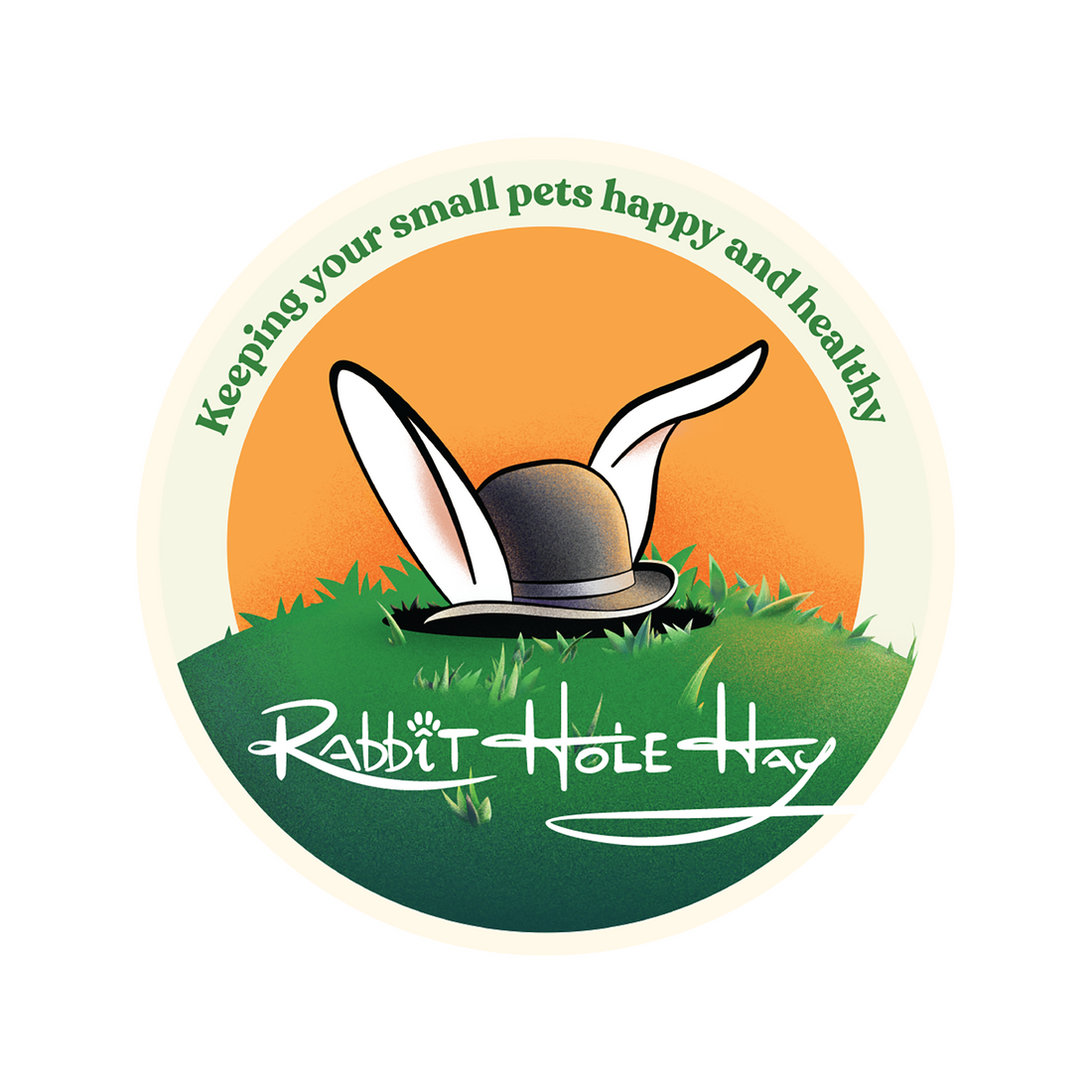
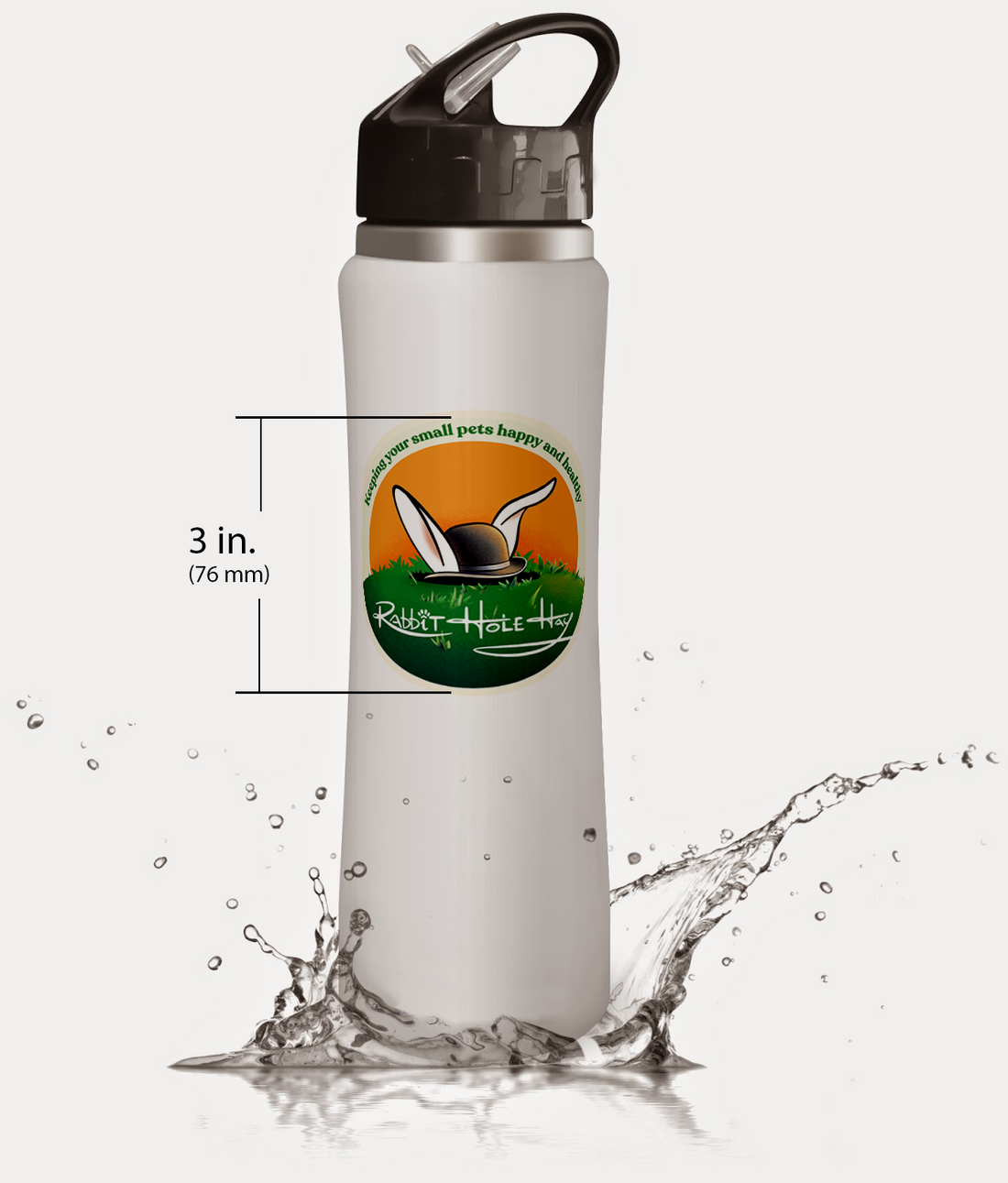



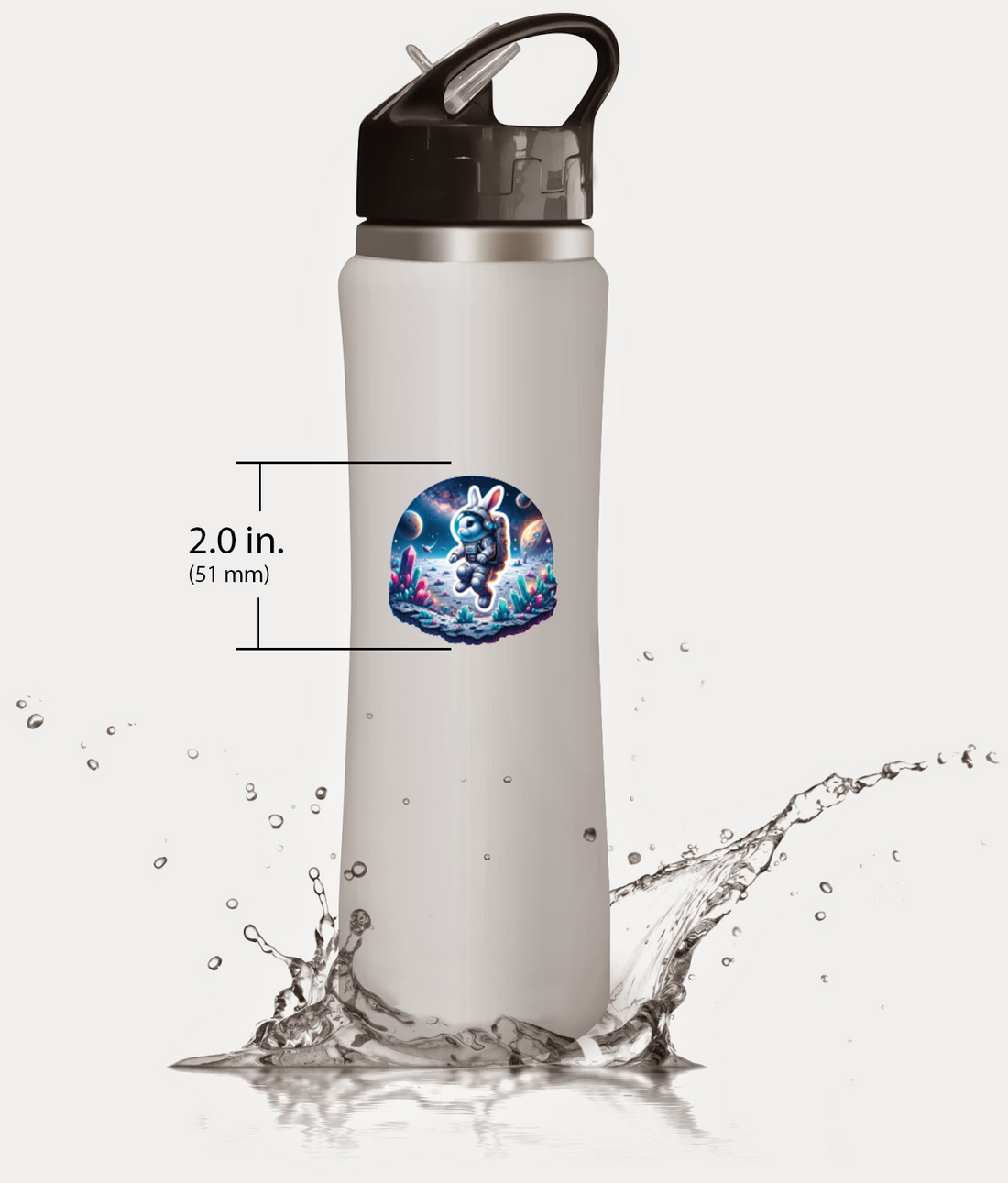



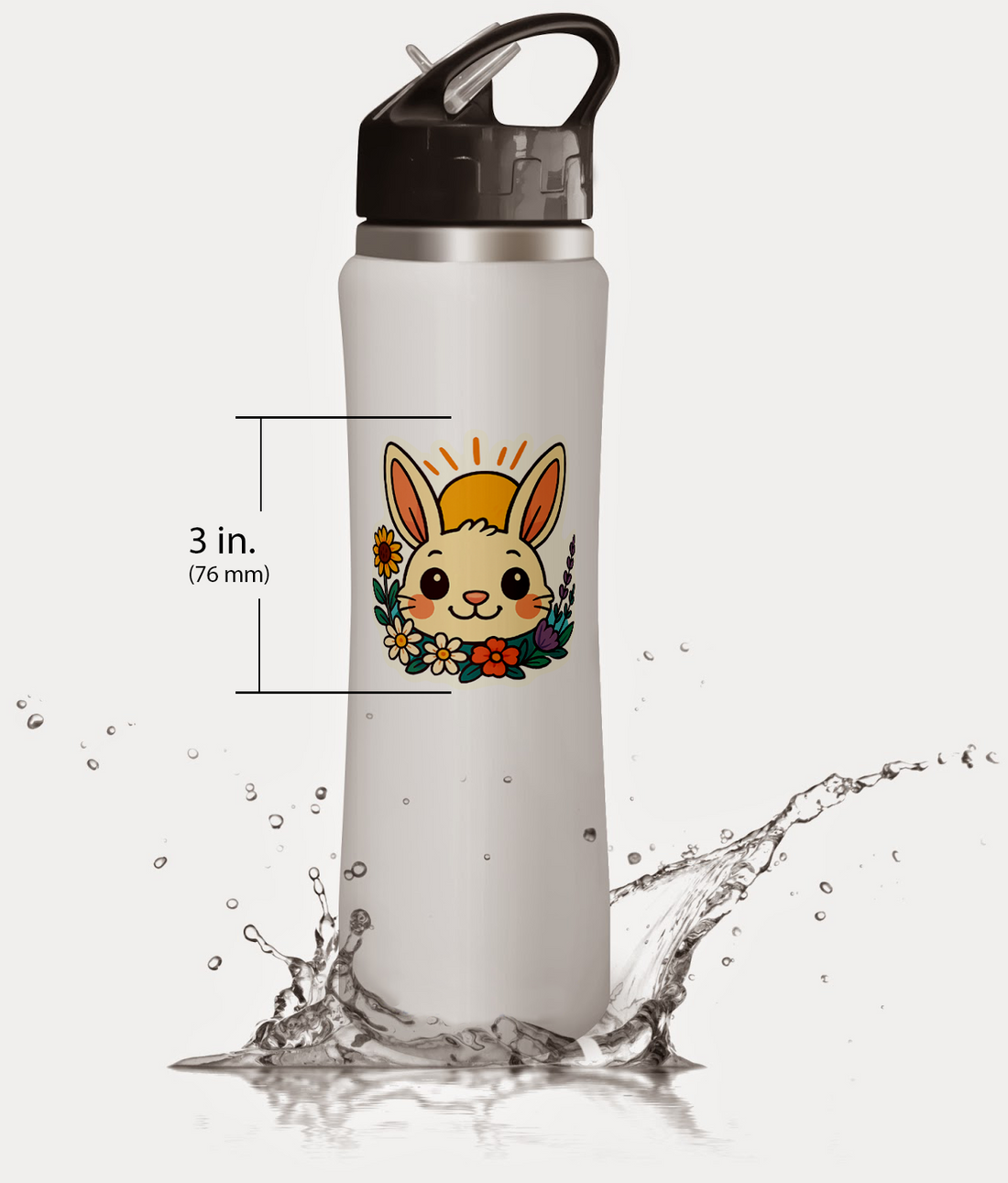

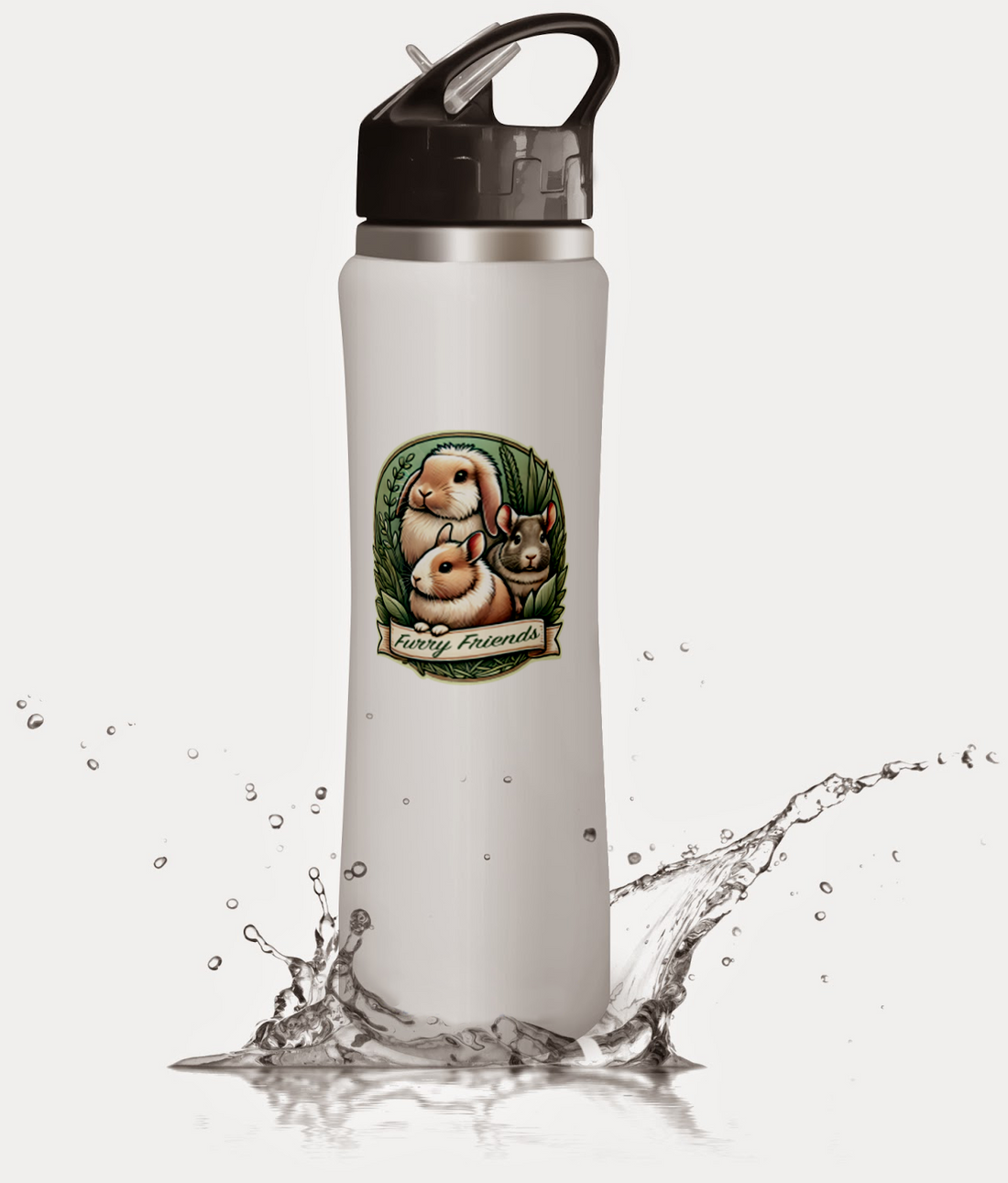
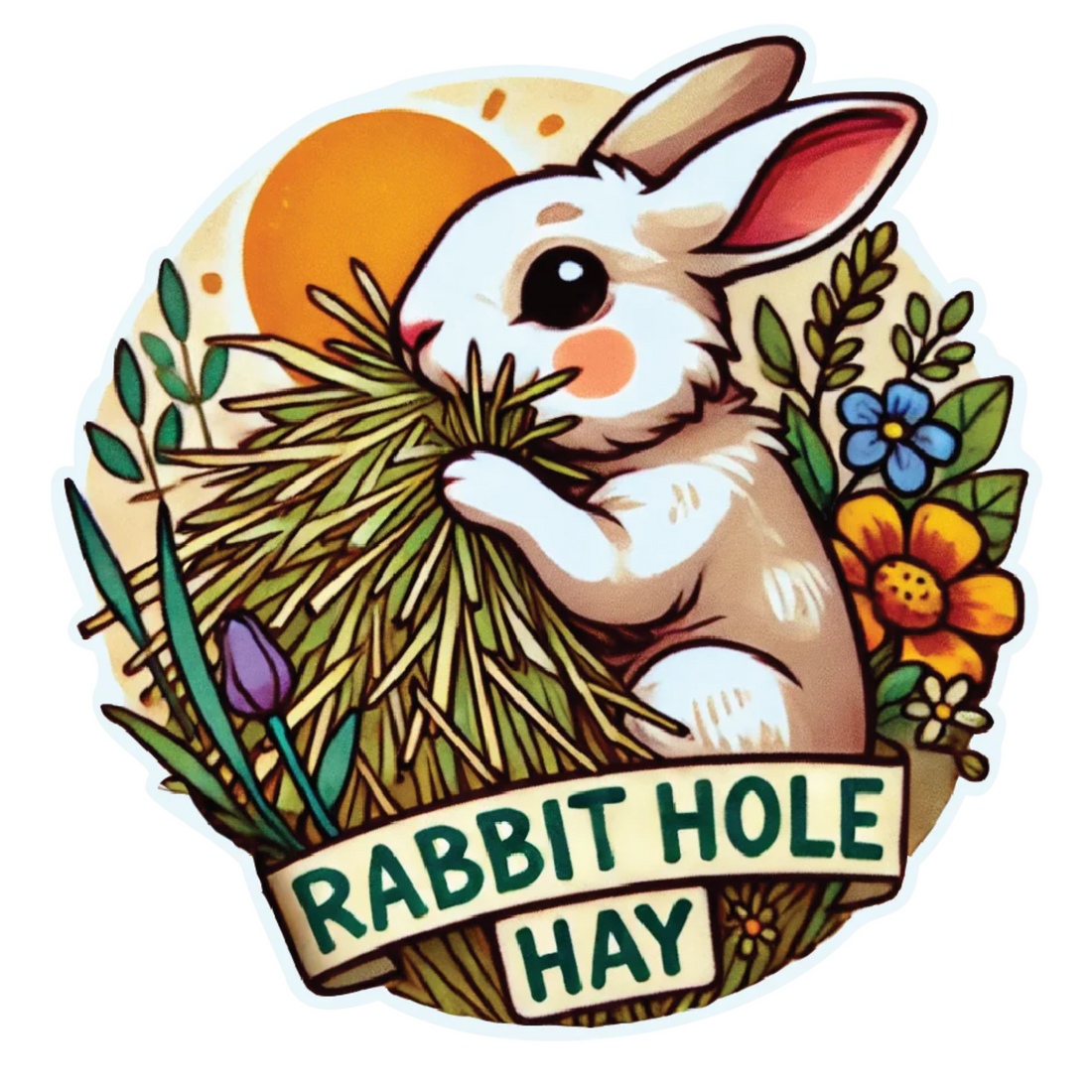
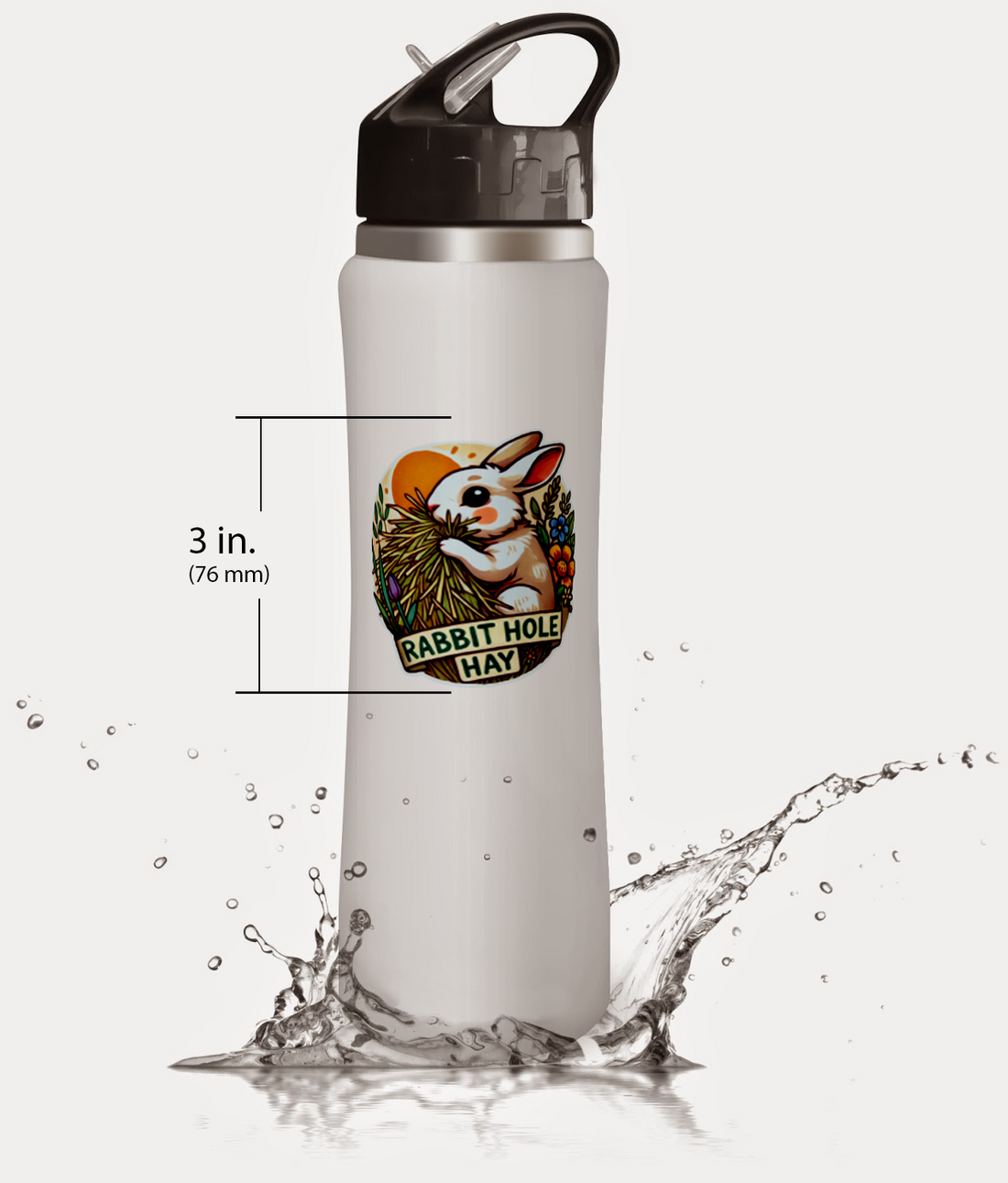
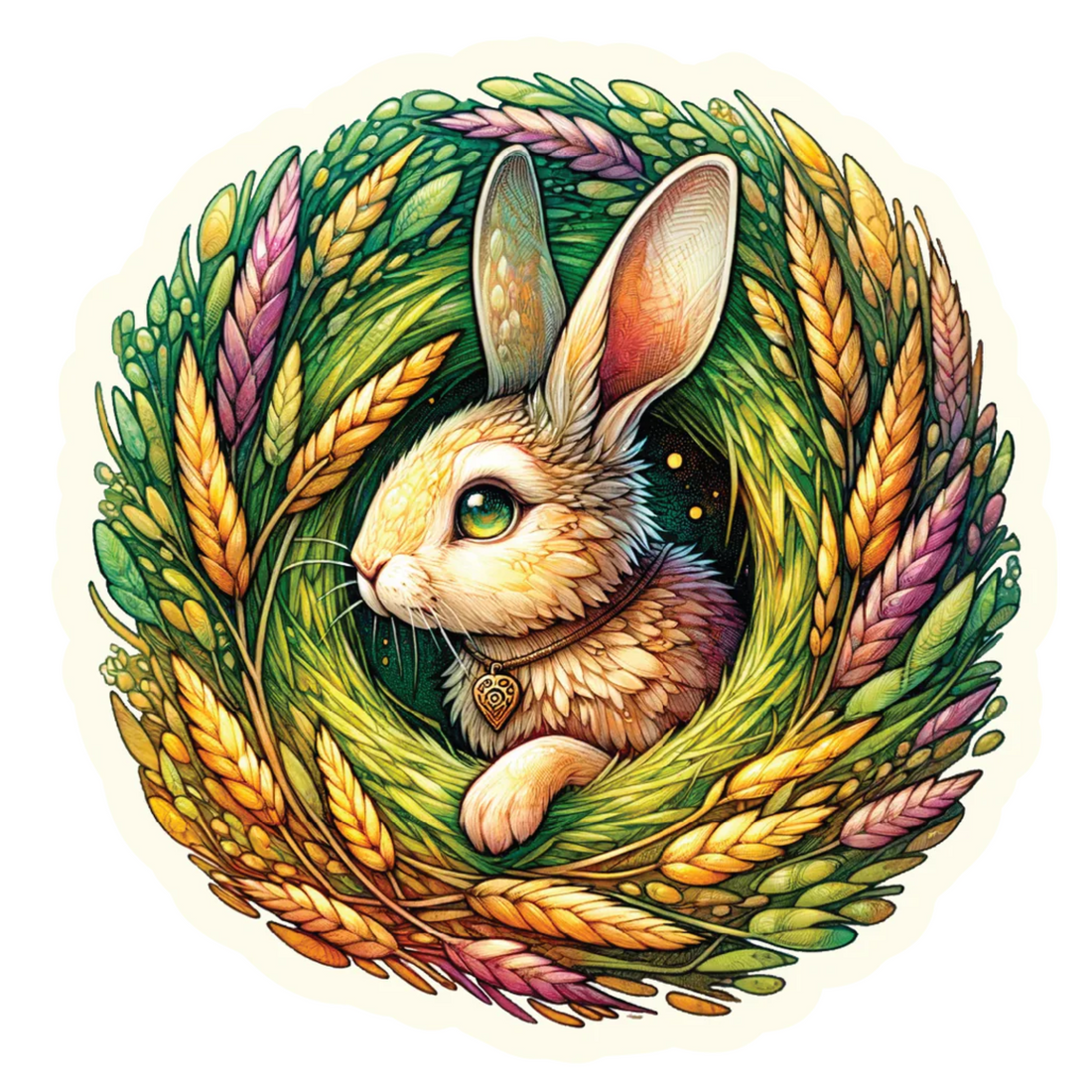


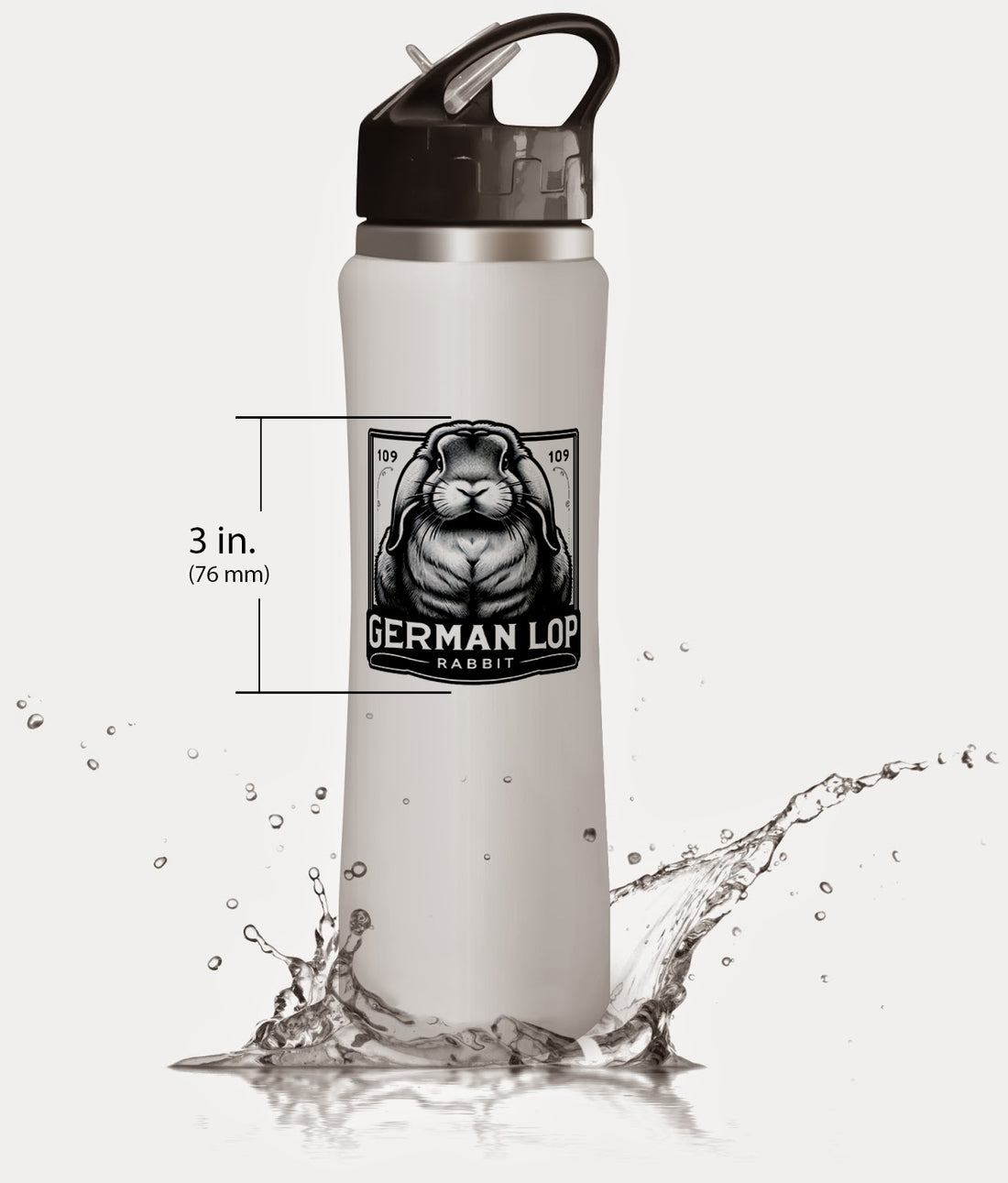
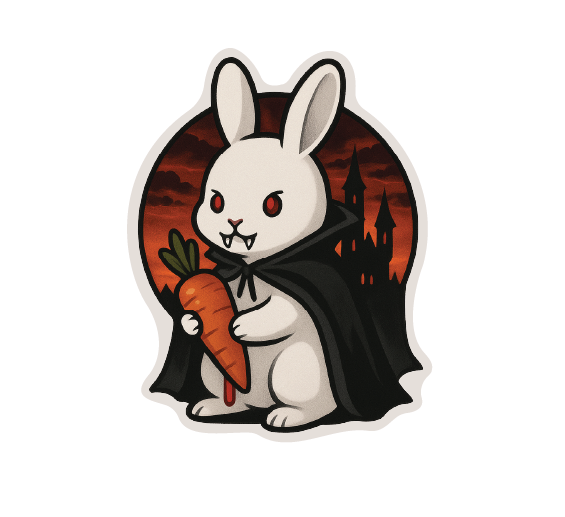


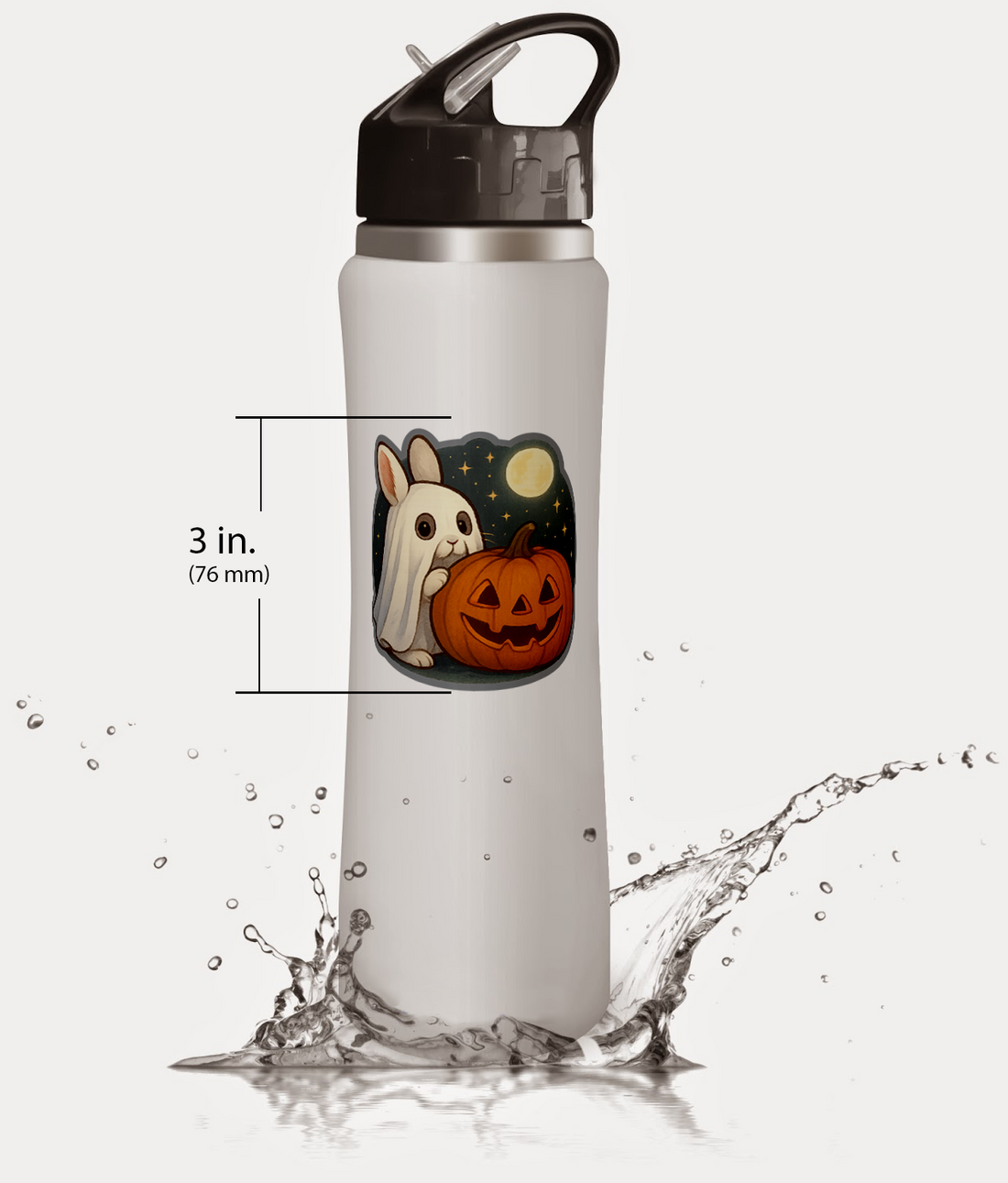
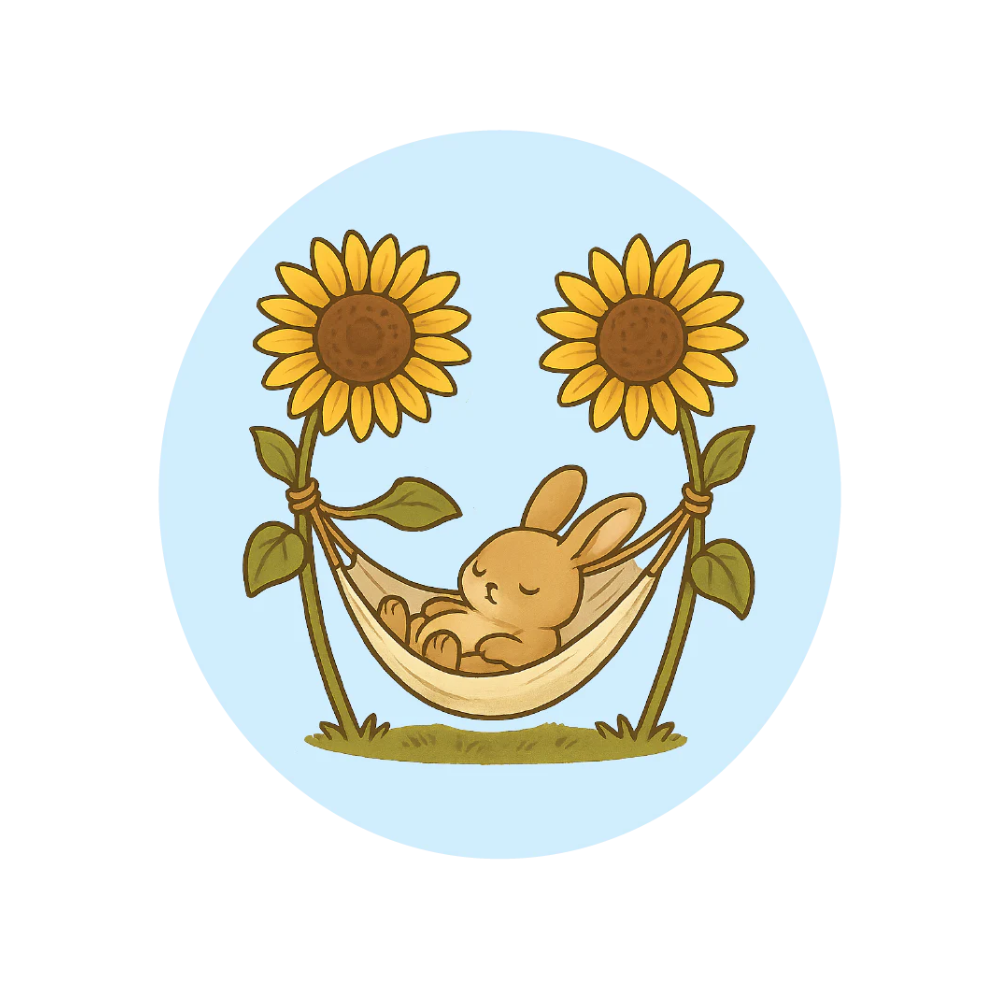




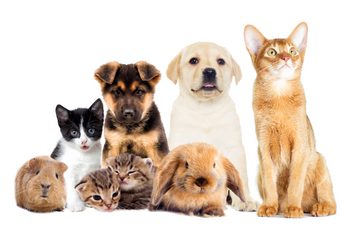
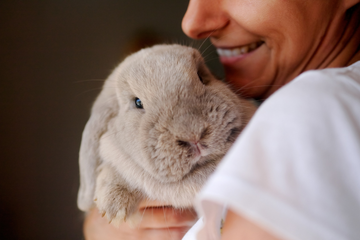
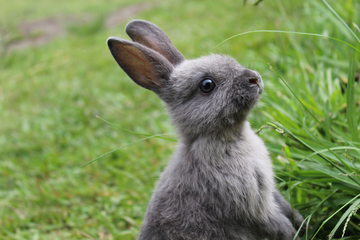
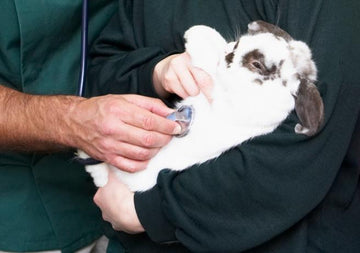


Comments